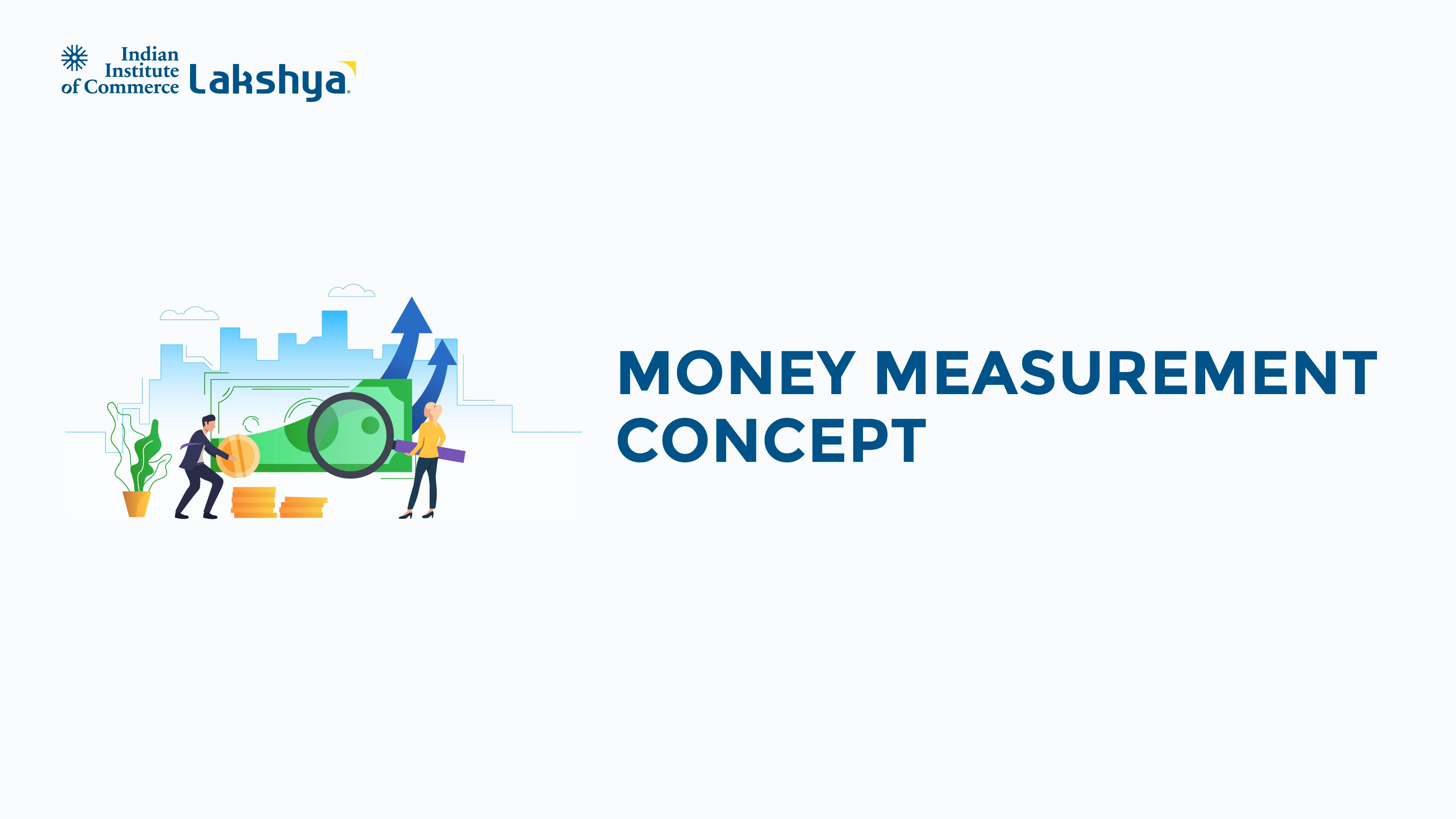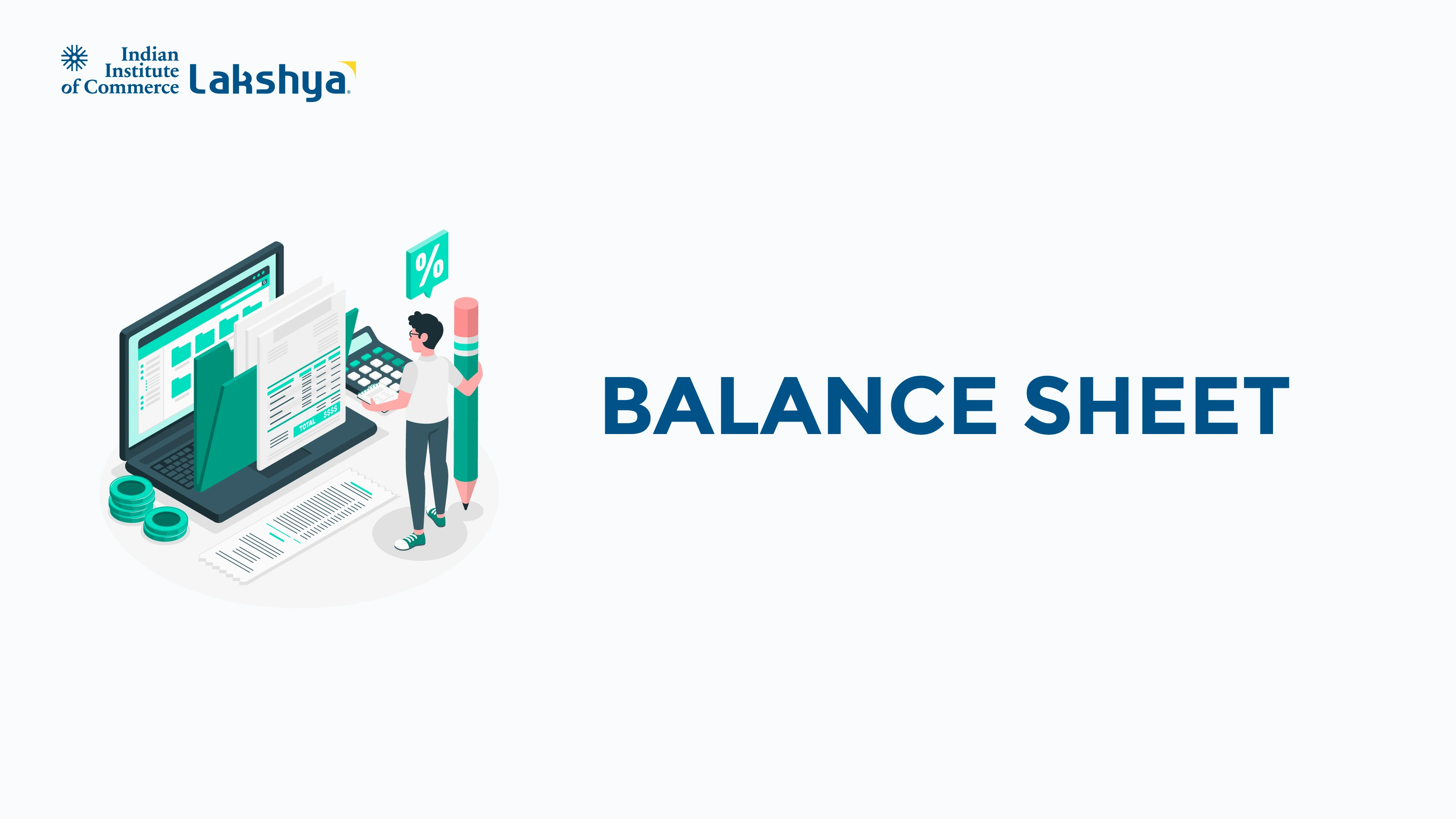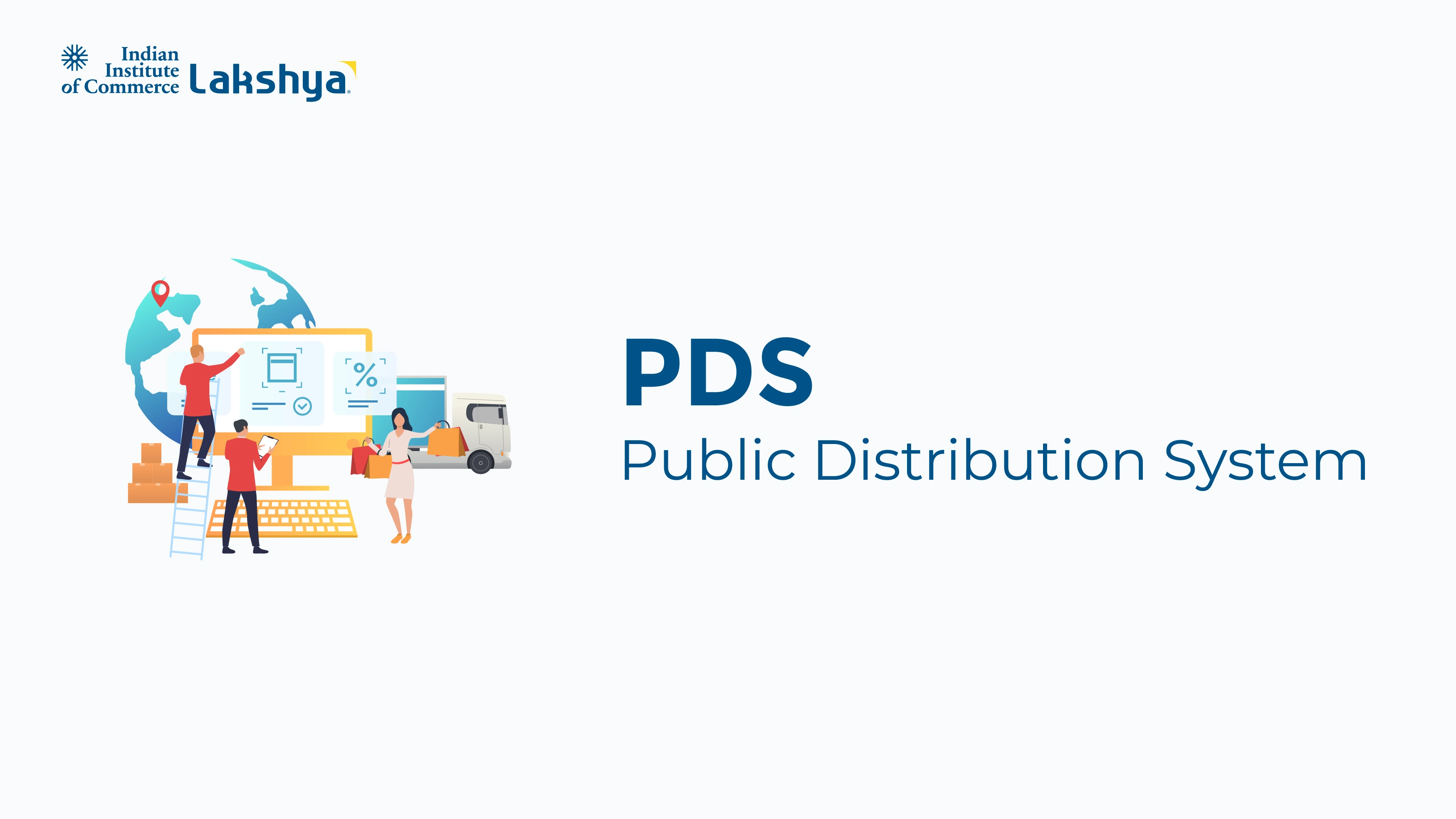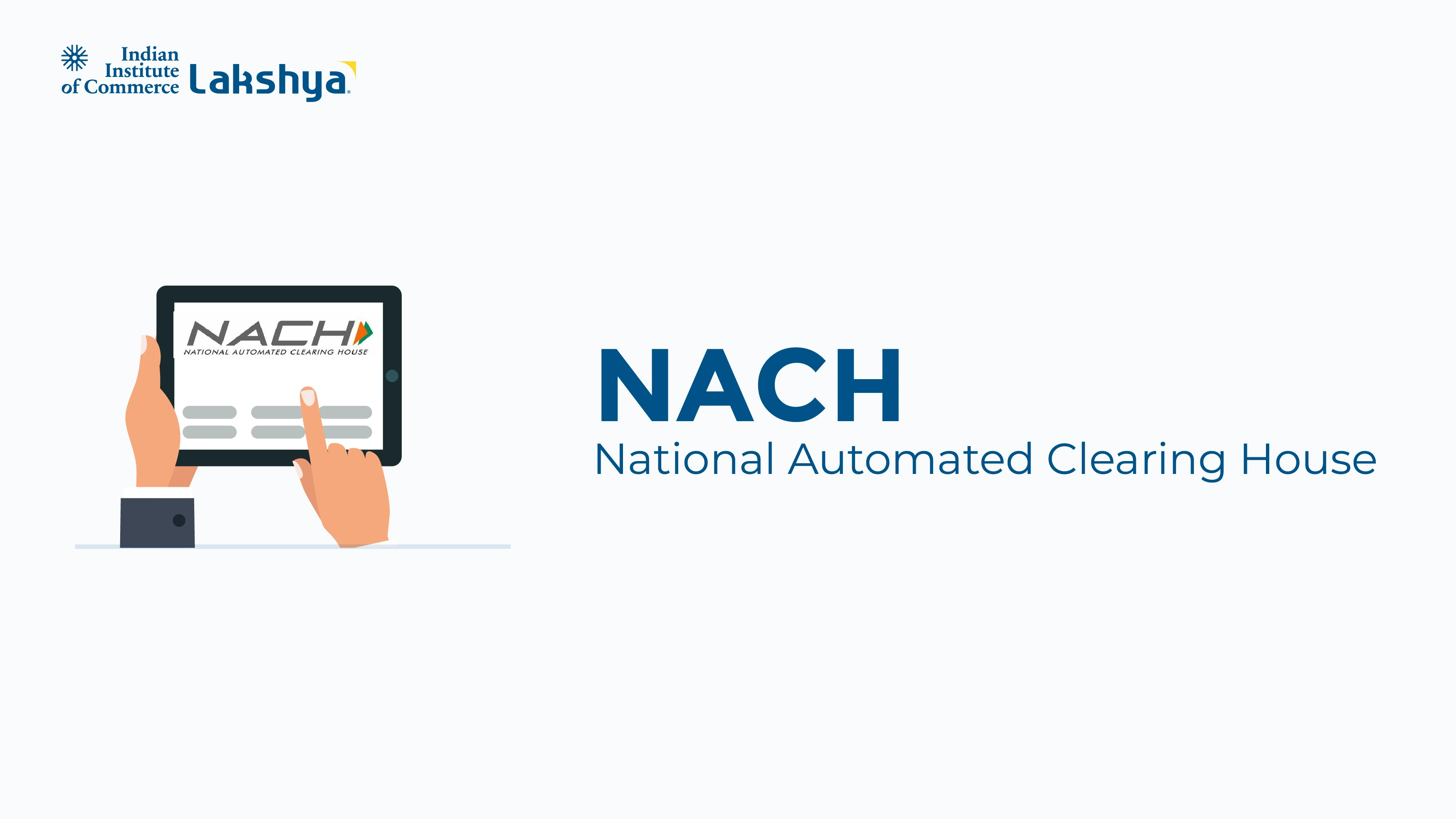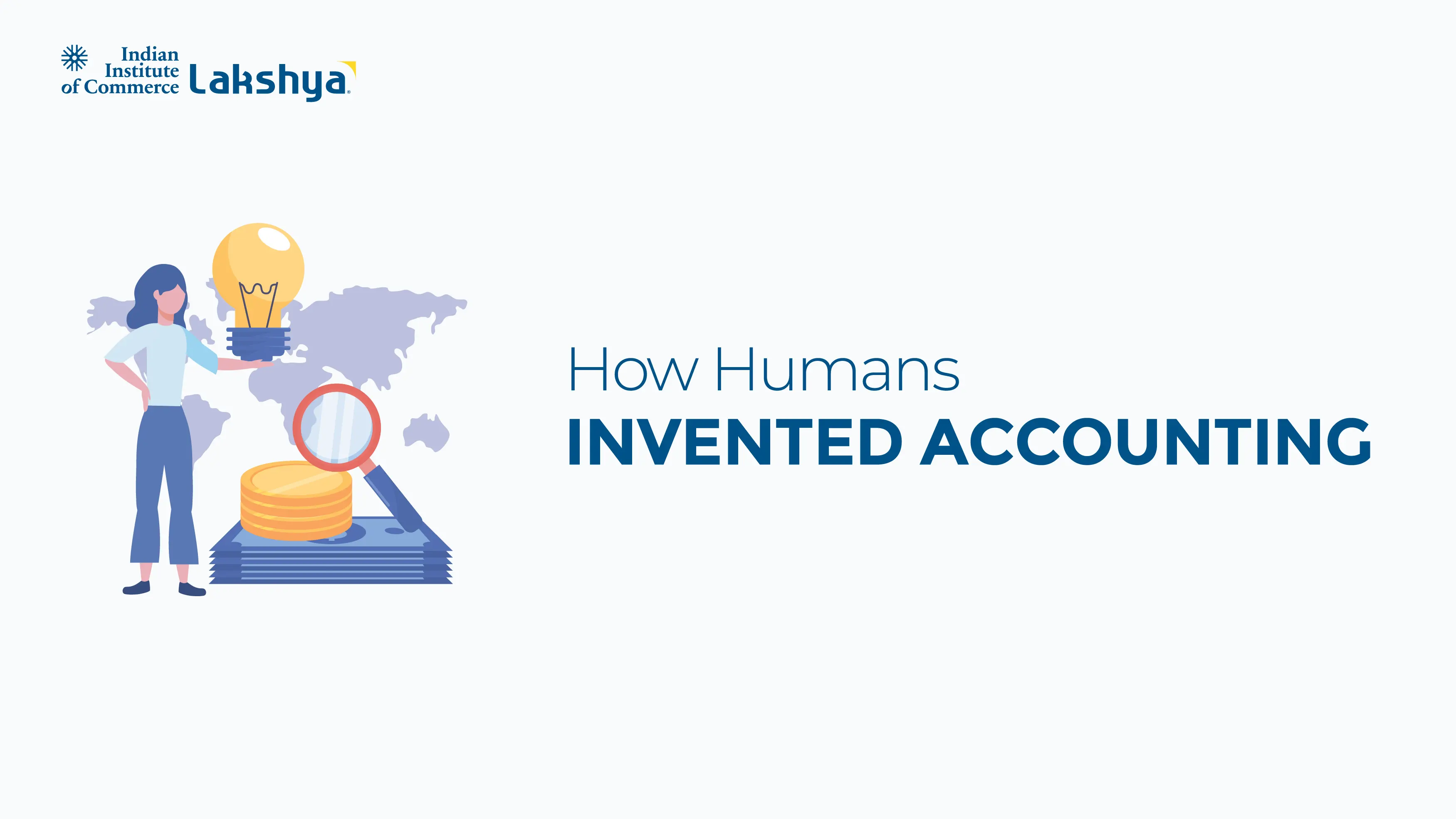Goodwill in Accounting
Last Updated On -04 Jun 2025

In the realm of business and economics, not everything worth something is physical. Although balance sheets show items including machinery, land, and inventories, there is a special intangible asset with great value: goodwill. Goodwill in accounting results from a business valued more than its net assets. It speaks to a company's reputation, client loyalty, brand strength, and long-standing, difficult to measure relationships. Understanding goodwill is essential for both professionals and students studying business in order to evaluate the actual value of a firm and analyze final accounts.
What is Goodwill?
An intangible asset, goodwill results from one company acquiring another for a price more than the fair market value of its net identifiable assets. Goodwill represents the invisible but actual value of a company developed over years via trust, brand loyalty, and constant performance; it is not only an accounting concept. Though it doesn't have a physical form, its appearance in financial statements can significantly affect strategy planning, merger results, and investor decisions. Understanding goodwill is crucial for professionals, analysts, and students studying business to help them to interpret the actual worth and health of a company outside statistics.
It stands for non-physical but yet valuable elements including:
- Brand Value
- Reputation
- Customer Base
- Employee Relations
- Patents and proprietary processes
- Favorable location
In accounting terminology, goodwill is only recorded in the books during an acquisition; it is neither internally generated or self-reported by businesses.
How is Goodwill Calculated?
In order to calculate goodwill, the fair market value of identifiable assets and liabilities of the company acquired is deducted from the purchase price. For instance, if company A acquired 100% of company B, but paid more than the net market value of company B, goodwill occurs. In order to calculate goodwill, it is necessary to have a list of all of company B's assets and liabilities at fair market value.
Goodwill computed with the formula:
|
Goodwill = Purchase Price - (Fair Market Value of Assets - Liabilities) |
For example, when Company A purchases Company B for ₹50 crores and the fair value of B's net assets is ₹40 crores, Company A's balance sheet will show ₹10 crores of goodwill.
Key Types of Goodwill
There are two types of goodwill: institutional (enterprise) and professional (personal). Institutional goodwill may be described as the intangible value that would continue to inure to the business without the presence of a specific owner. Professional goodwill may be described as the intangible value attributable solely to the efforts of or reputation of an owner of the business. The key difference between the two types of goodwill is whether the goodwill is transferable upon a sale to a third party without a non-competition agreement
- Purchased Goodwill: Acquired and documented via a corporate purchase, this is called goodwill. The acquirer notes it as an intangible asset in her books.
- Inherent Goodwill: This is not shown in the books but relates to the brand value or reputation of a company created over time. Till an acquisition takes place, it is internal and non-quantifiable.
Accounting Treatment of Goodwill
In accounting, goodwill is an intangible asset recognized when a firm is purchased as a going concern. It reflects the premium that the buyer pays in addition to the net value of its other assets. Goodwill is often understood to represent the firm's intrinsic ability to acquire and retain customer firms or business.
- Purchased goodwill is identified as an intangible asset under accounting guidelines including IFRS and Ind AS.
- Unlike real estate, it is not amortized yearly.
- Rather, it gets annual impairment testing to see if its value has dropped. Should impairment prove to exist, the value is recorded in the profit and loss statement.
- This guarantees that the asset value shows actual, economic performance rather than only past acquisition cost.
For example, if company A acquired 100% of company B, goodwill occurs. To calculate goodwill, it is important to have a list of all the company B’s assets and liabilities at a fair market value.
Following is an example for the accounting treatment of the goodwill with an example:
|
|
Fair market Value |
|
Accounts Receivable |
₹100 |
|
Inventory |
₹50 |
|
Accounts Payable |
₹60 |
|
Total Net Assets |
₹100 + ₹50 - ₹60 |
|
|
₹90 |
To acquire company B, company A paid ₹200. Hence, goodwill will be ₹110 (₹200 - ₹90). The journal entry in the books of company A to record the acquisition of company B would be.
|
DR Goodwill |
₹110 |
|
DR Accounts Payable |
₹100 |
|
DR Inventory |
₹50 |
|
CR Accounts Payable |
₹60 |
|
CR Cash |
₹200 |
Key Importance of Goodwill in Business Valuation
The concept of commercial goodwill developed together with the capitalist economy. In England, contracts from the 15th century onward refer to the purchase and conveyance of goodwill, roughly meaning the transfer of continuing business, as distinguished from the transfer of business property.
- Goodwill captures a company's unseen strength. In mergers and acquisitions (M&A), it is especially crucial. The acquirer is more ready to pay premium the more goodwill exists.
- Analysts weigh goodwill to evaluate a company's long-term brand and customer confidence.
- Banking and Finance has lenders who could weigh goodwill against loan eligibility and company reputation.
|
Did you know? At $13.7 billion in 2017, Amazon's acquisition of Whole Foods marks the highest goodwill ever noted. A large portion of it was reserved as goodwill, which reflects Whole Foods' brand recognition and devoted consumer base |
See Also
From trends to tips, our Latest Commerce Articles have it all. Start reading today!
Frequently Asked Questions (FAQs)
Is it possible to establish goodwill without purchase?
No response. Goodwill is only acknowledged in accounting when it is bought as part of acquiring another company. There is no documentation of internally grown goodwill.
Apart from other intangible assets, what distinguishes goodwill?
While goodwill is non-identified and results from the whole worth of the company, other intangible assets—like trademarks and patents—are recognizable and separable.
What follows from a damaged goodwill?
The profit and loss account records an impairment loss; thus, the carrying amount of goodwill is shown on the balance sheet differently.
Does the cash flow statement display goodwill?
Goodwill itself is not a financial item; rather, the sum paid for it influences the part of the cash flow statement pertaining to investing operations.





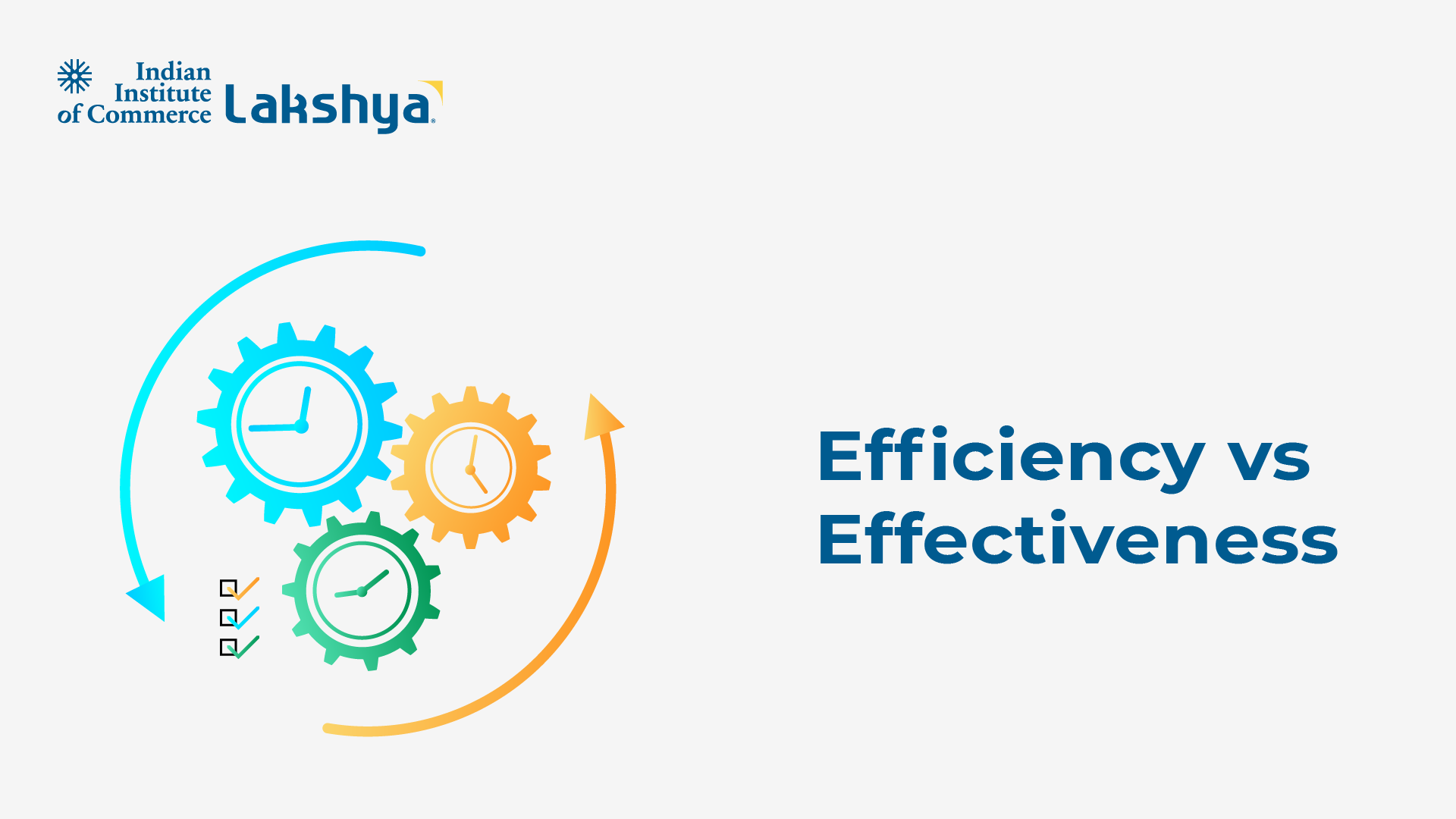
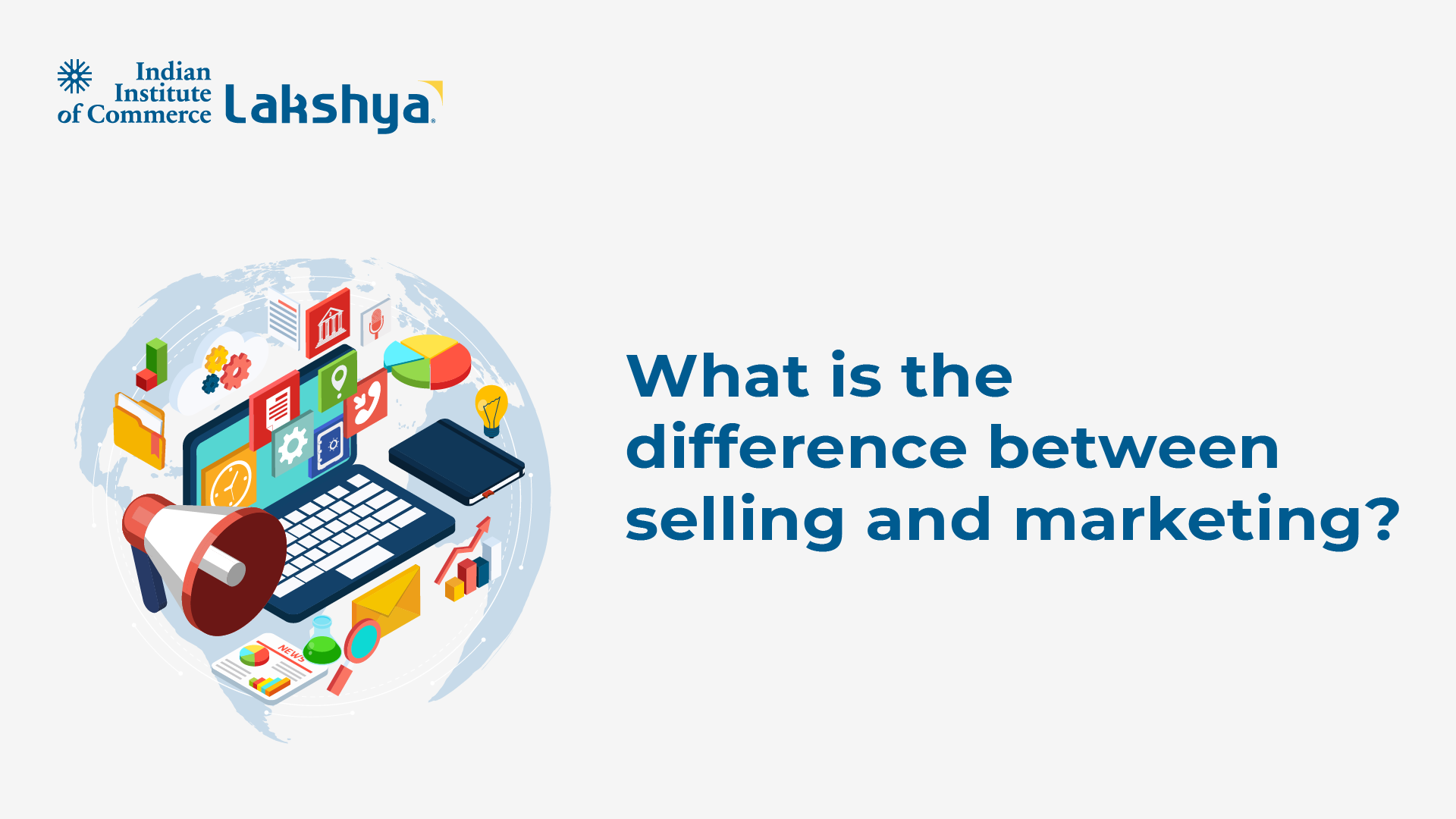
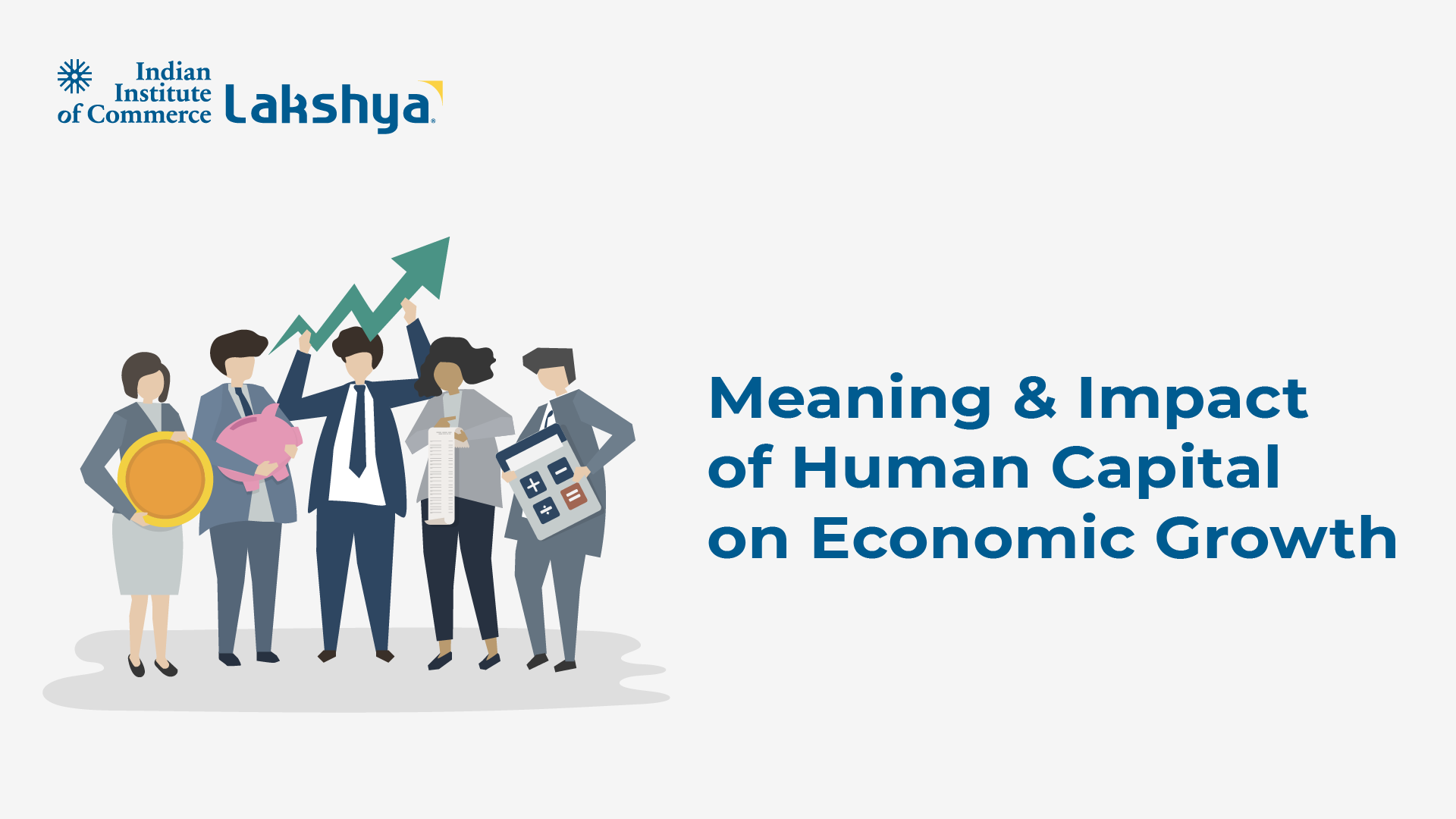

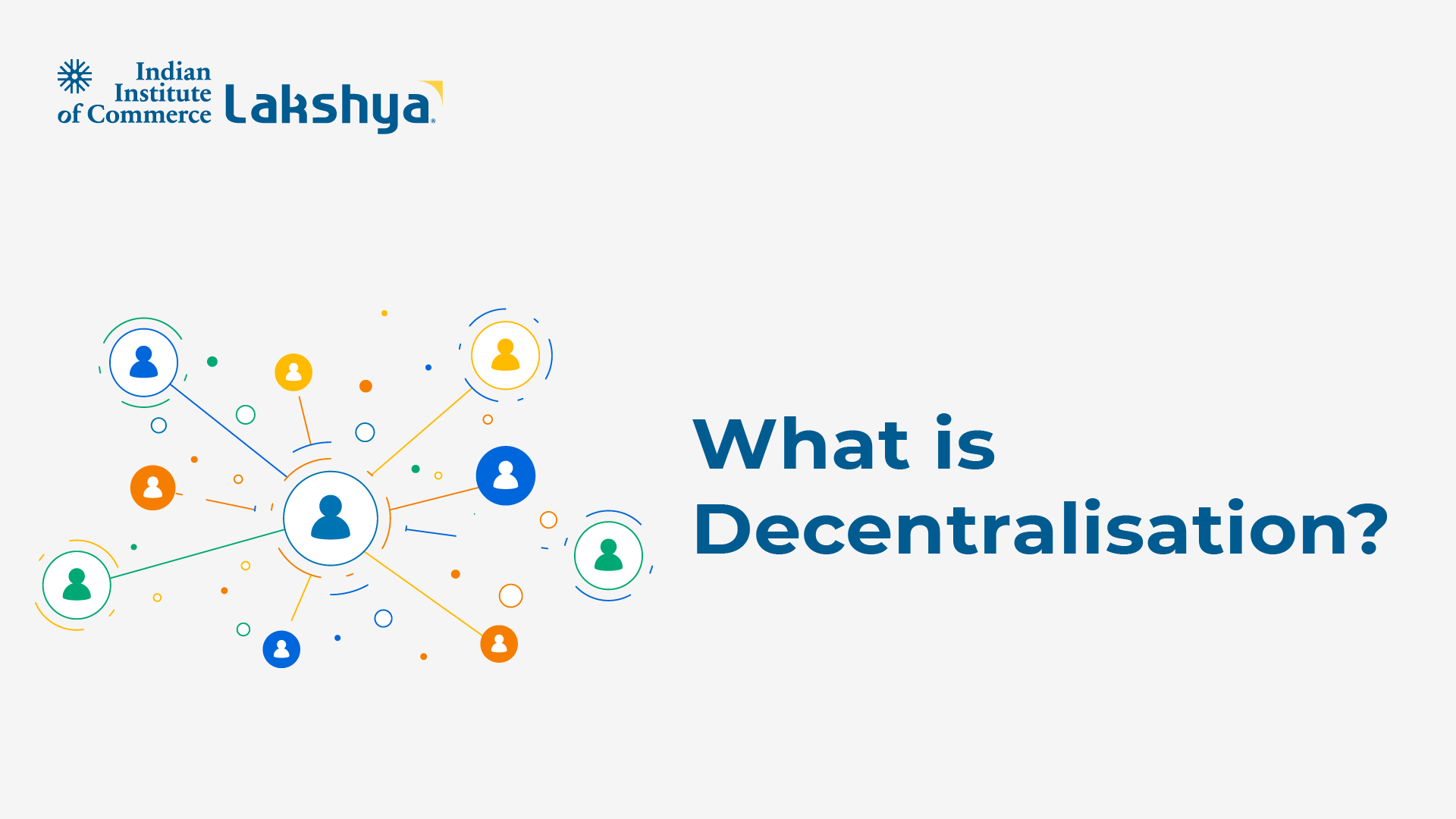
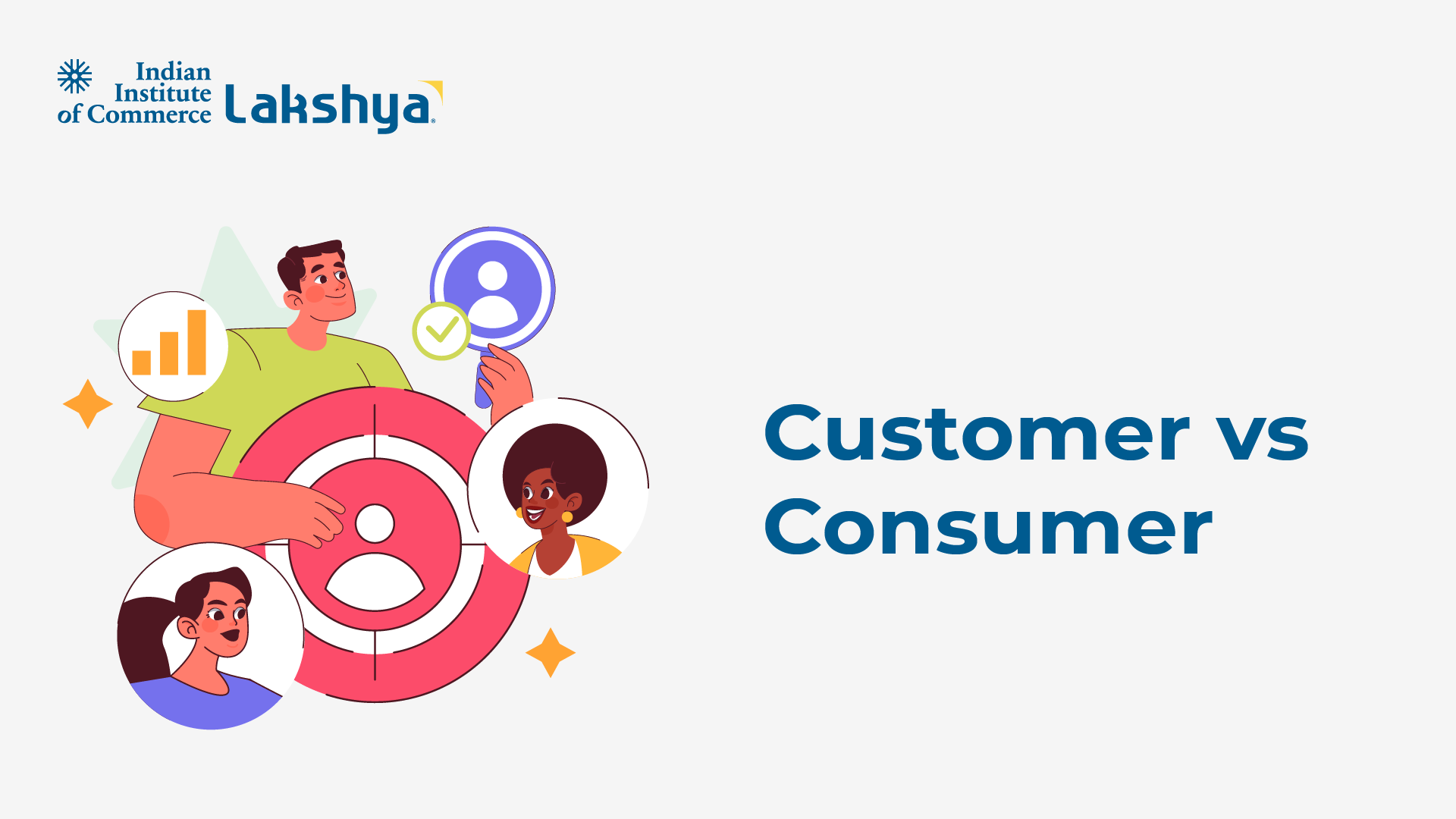

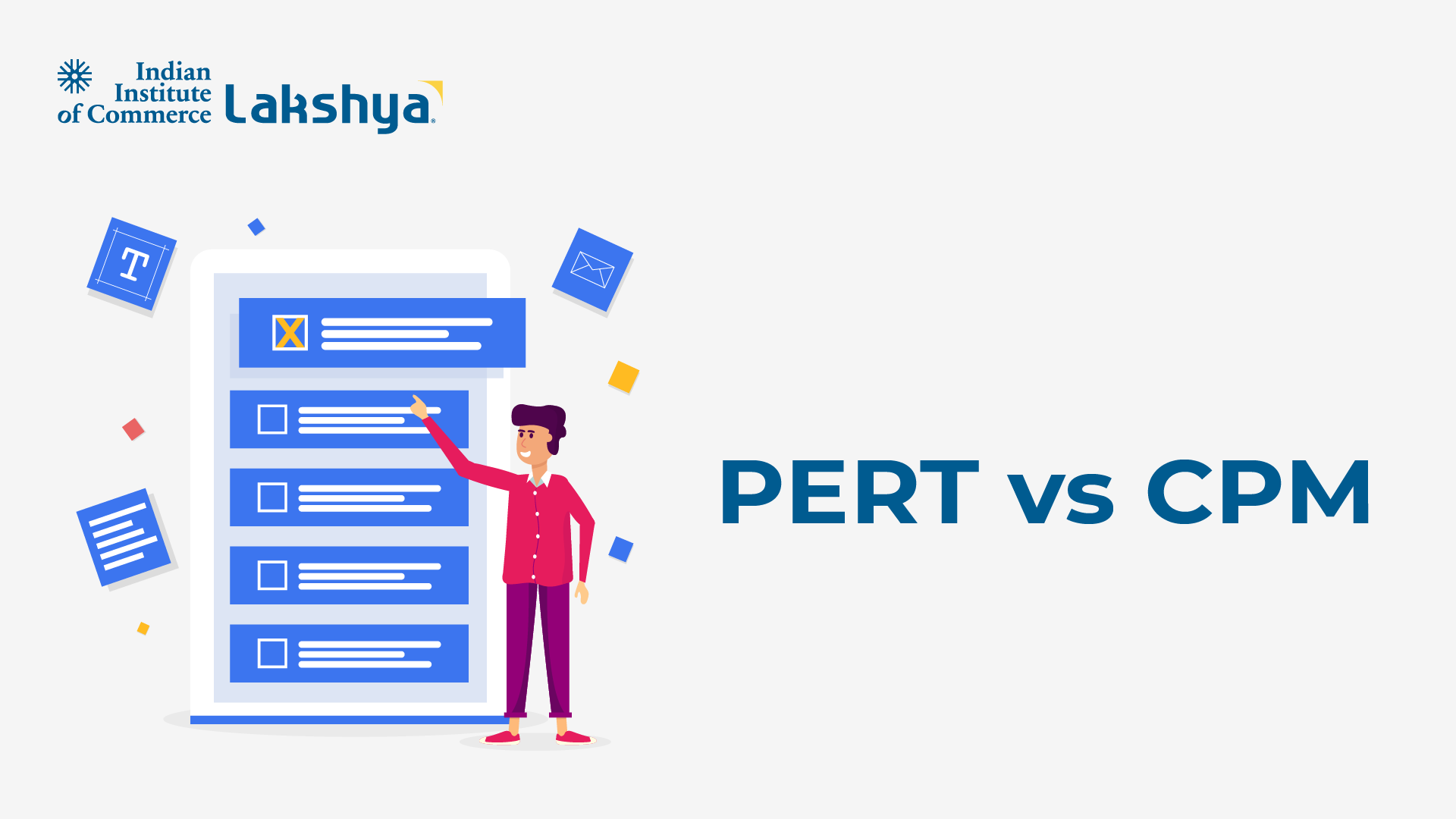


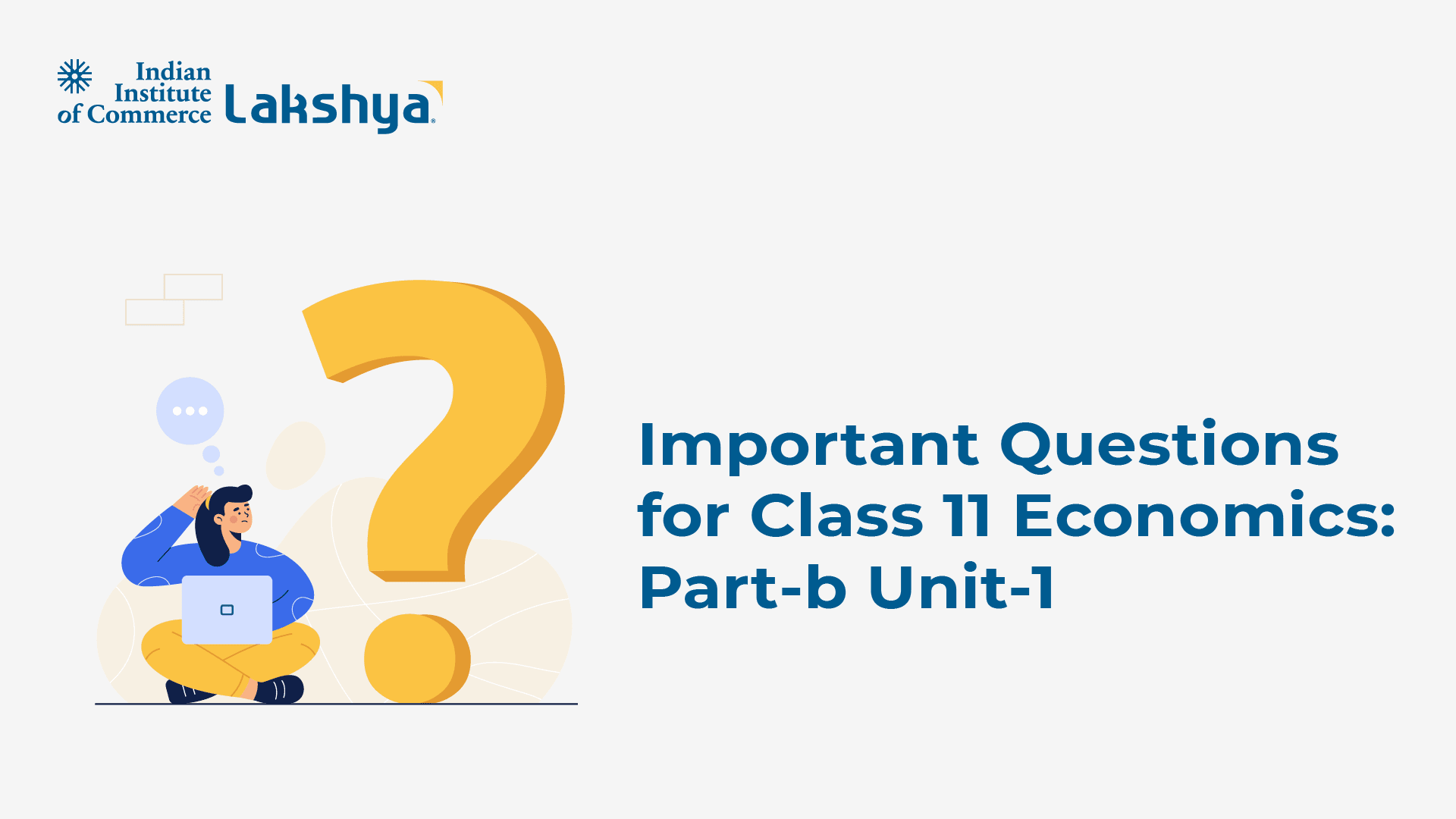
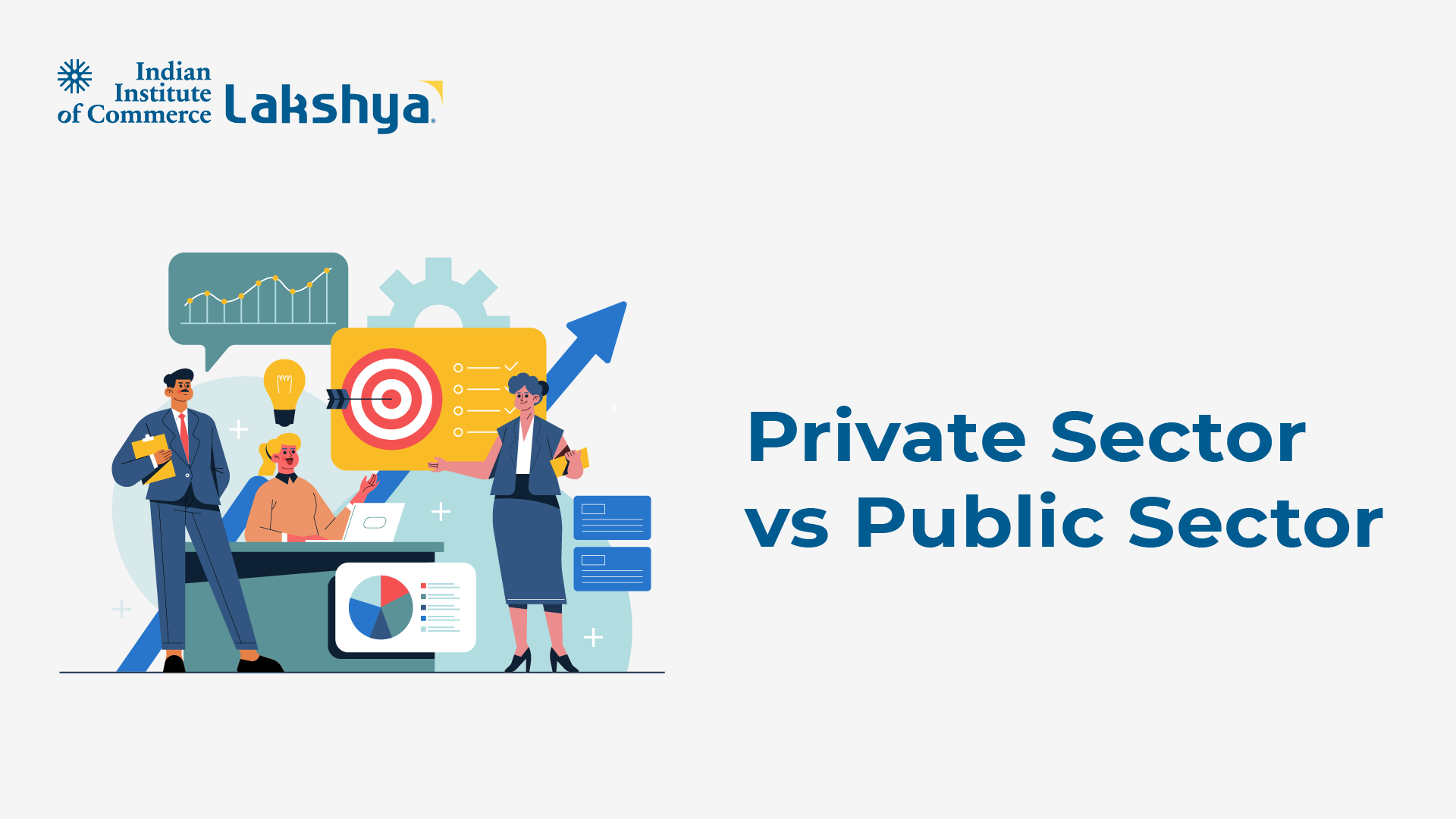



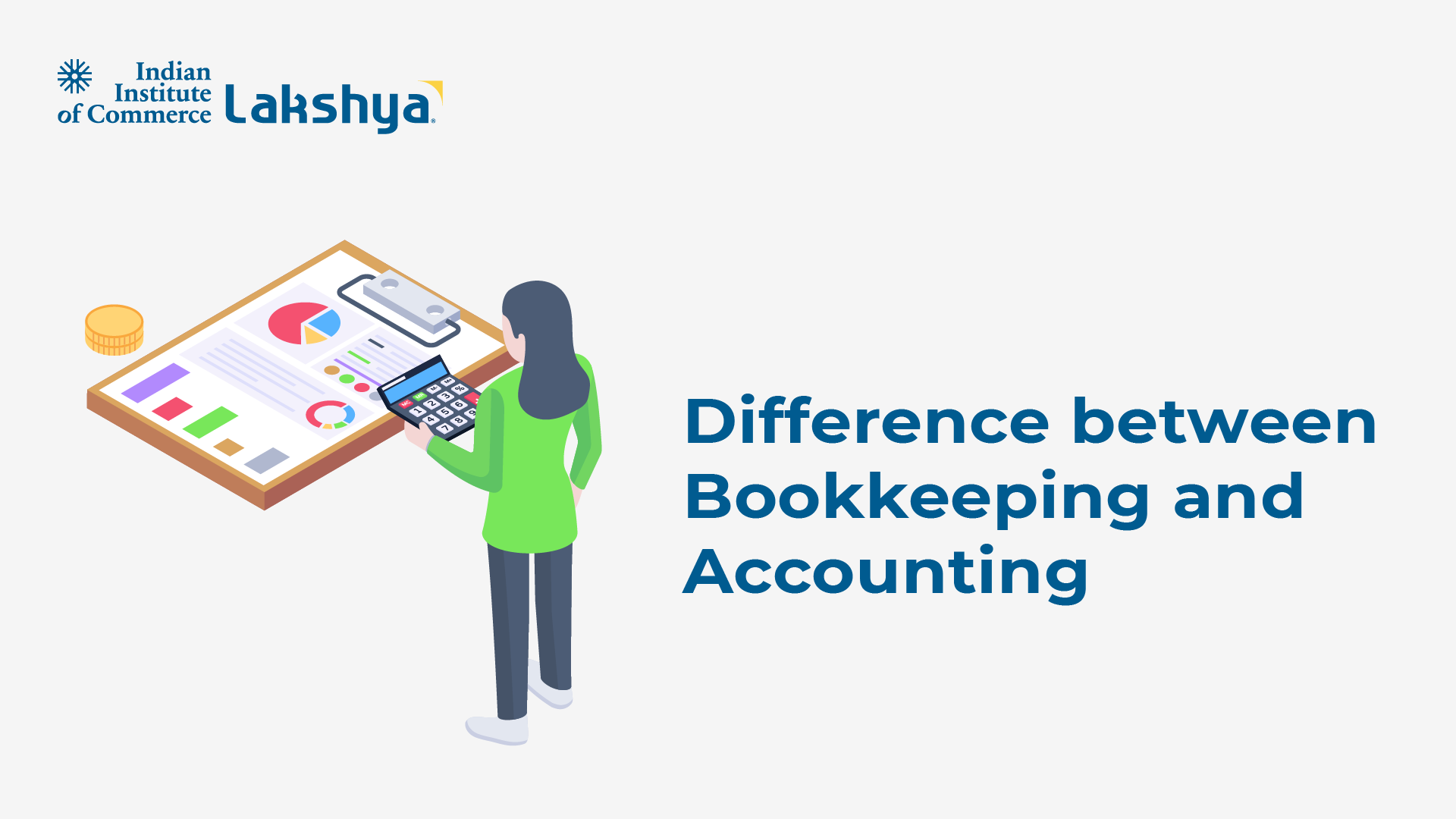
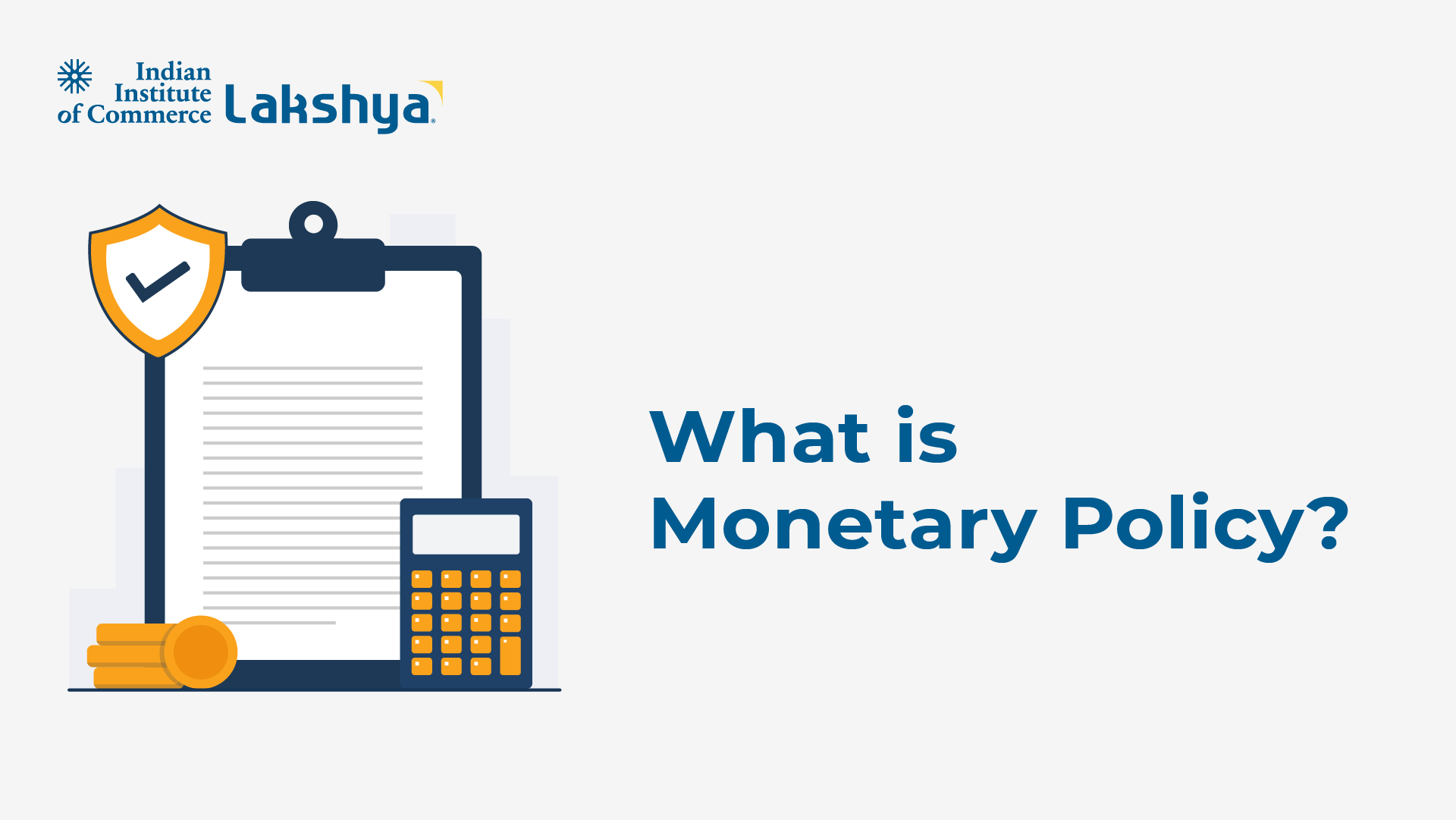
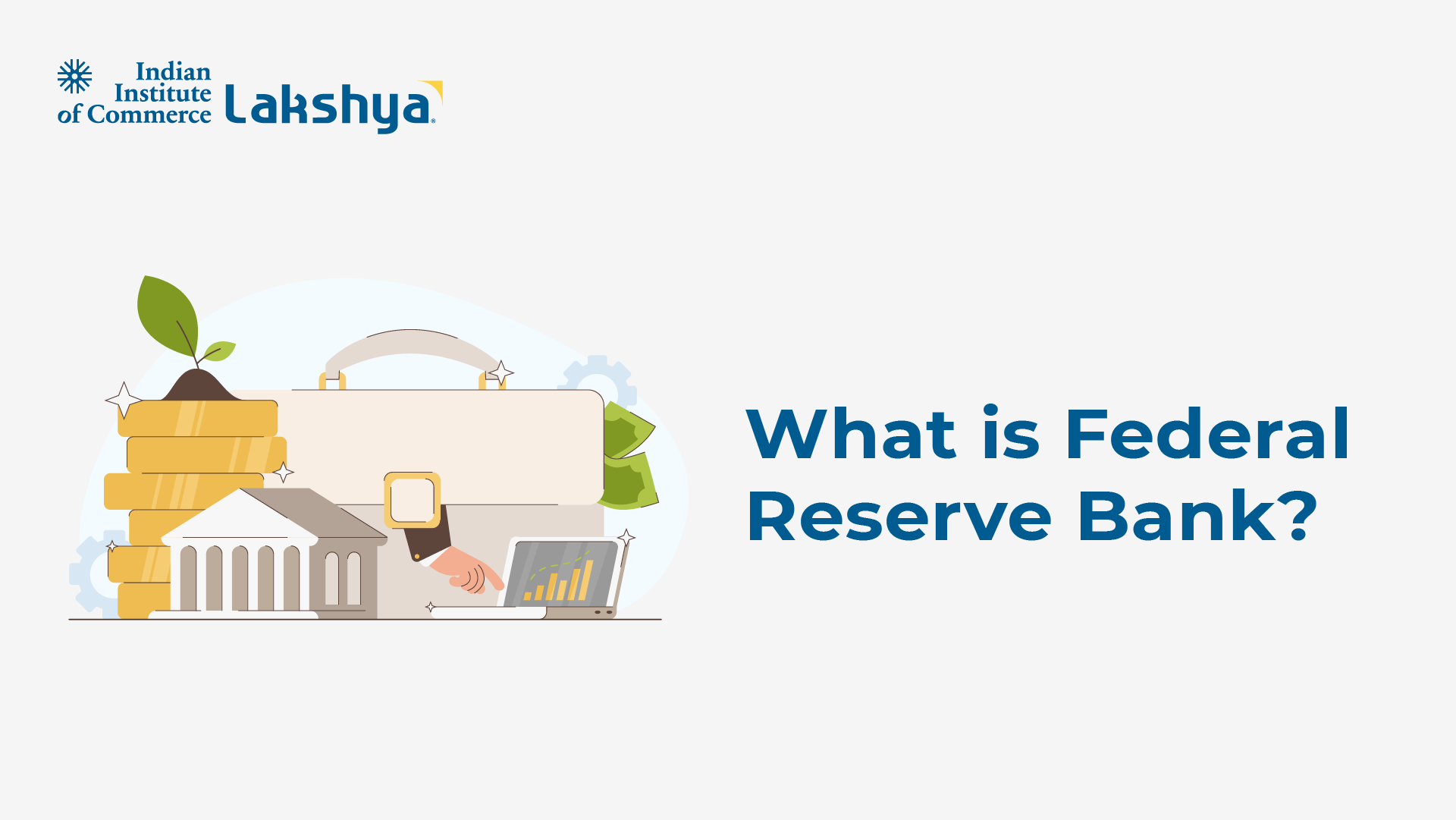
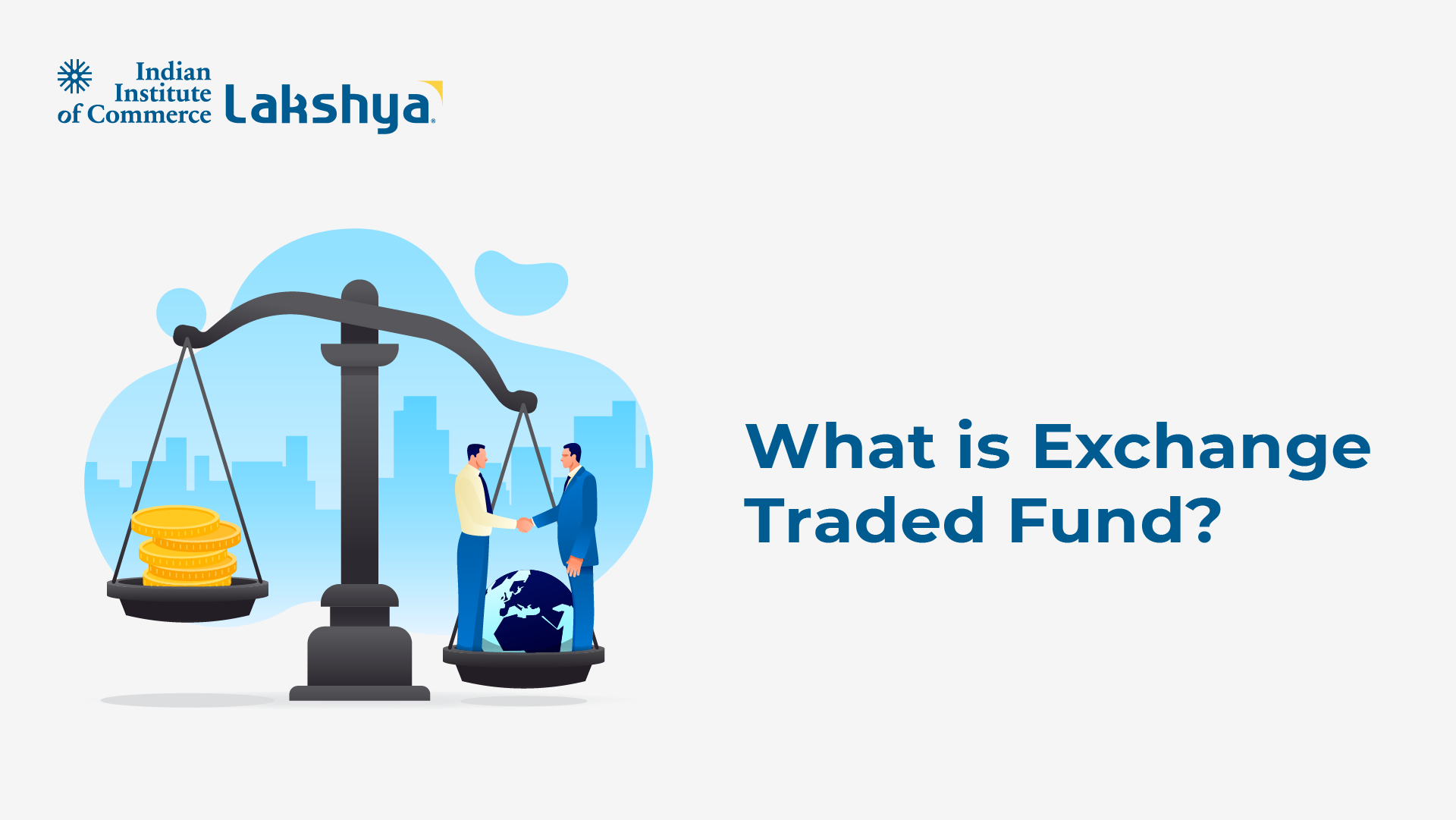


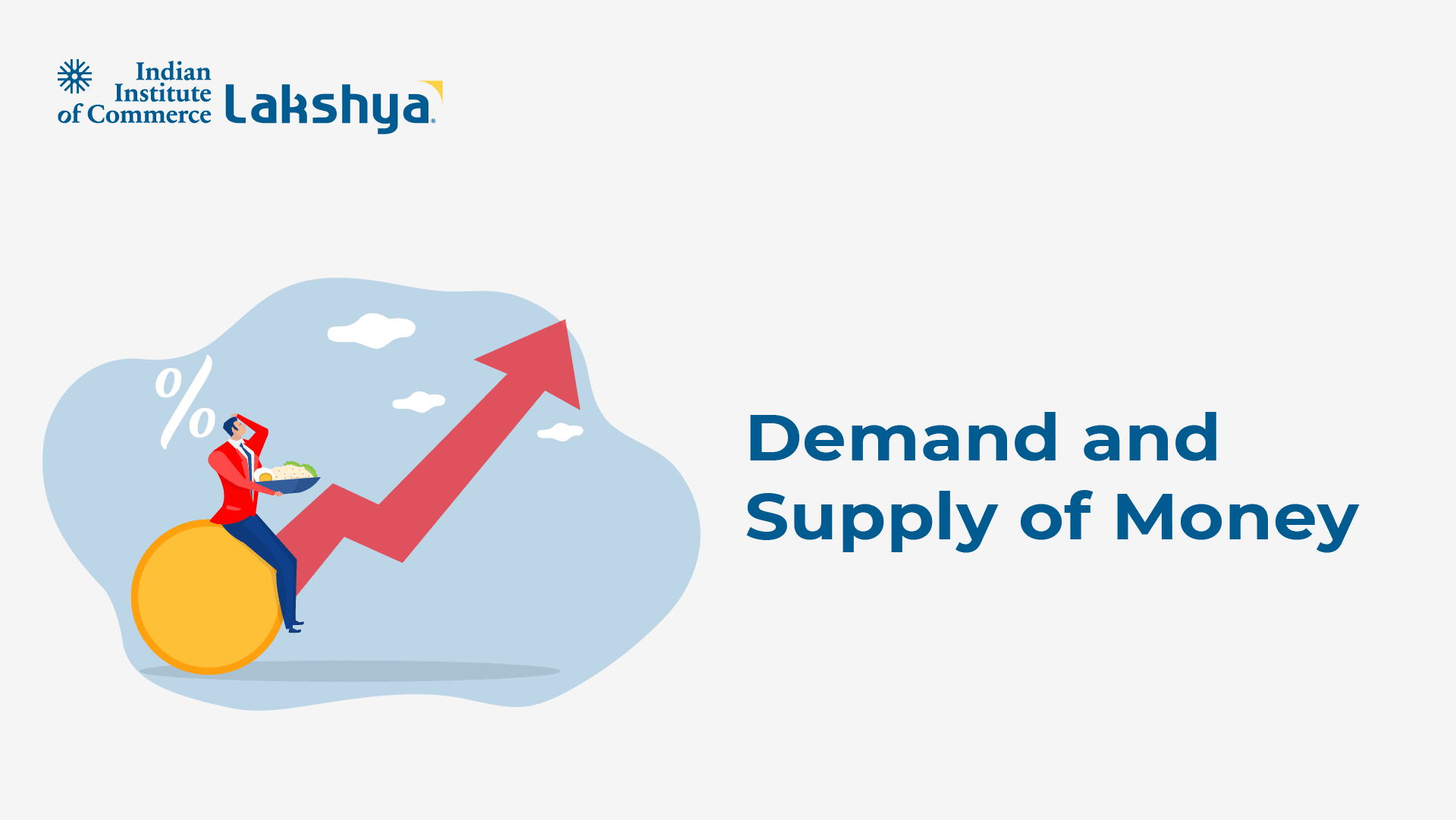
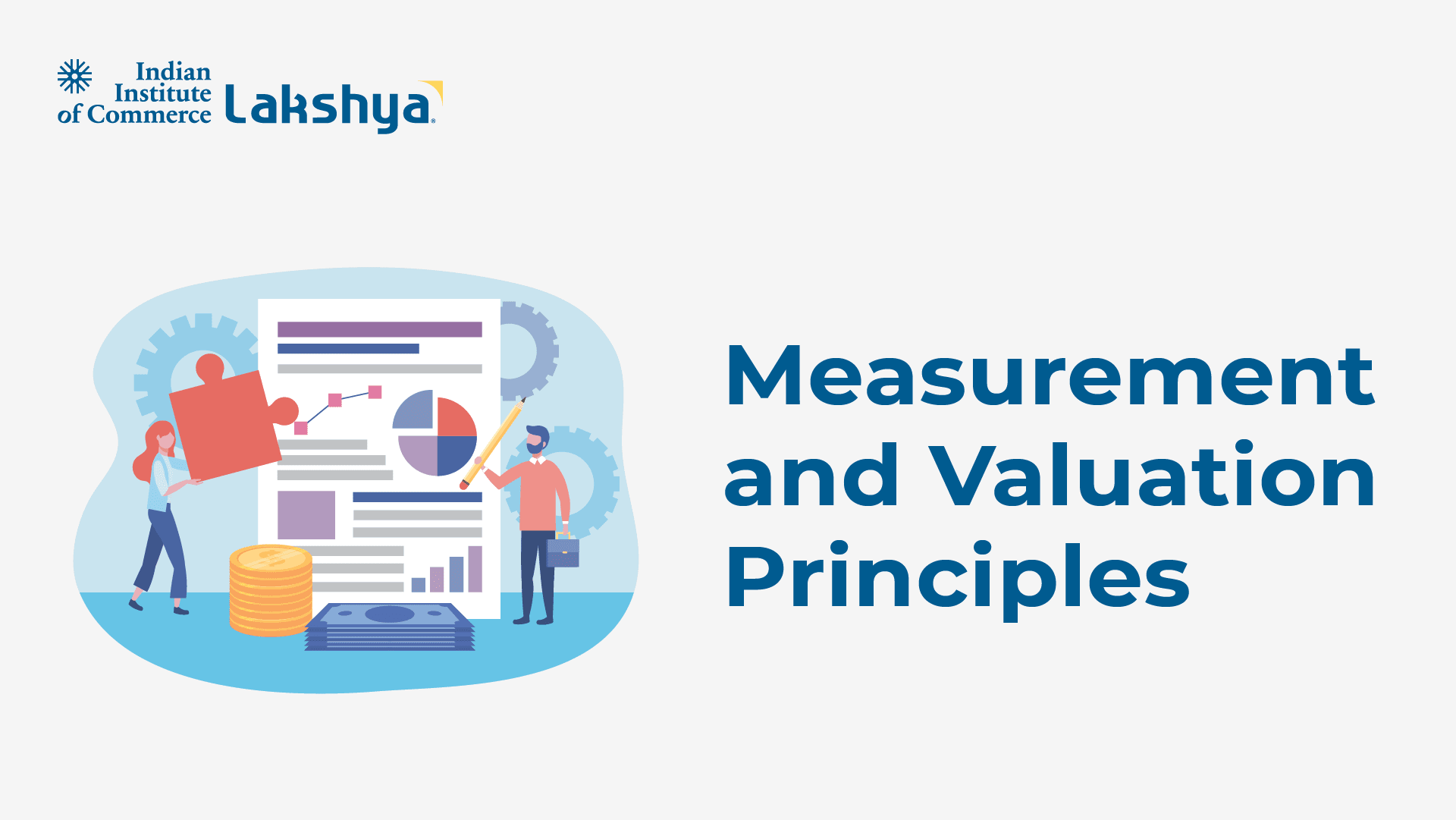
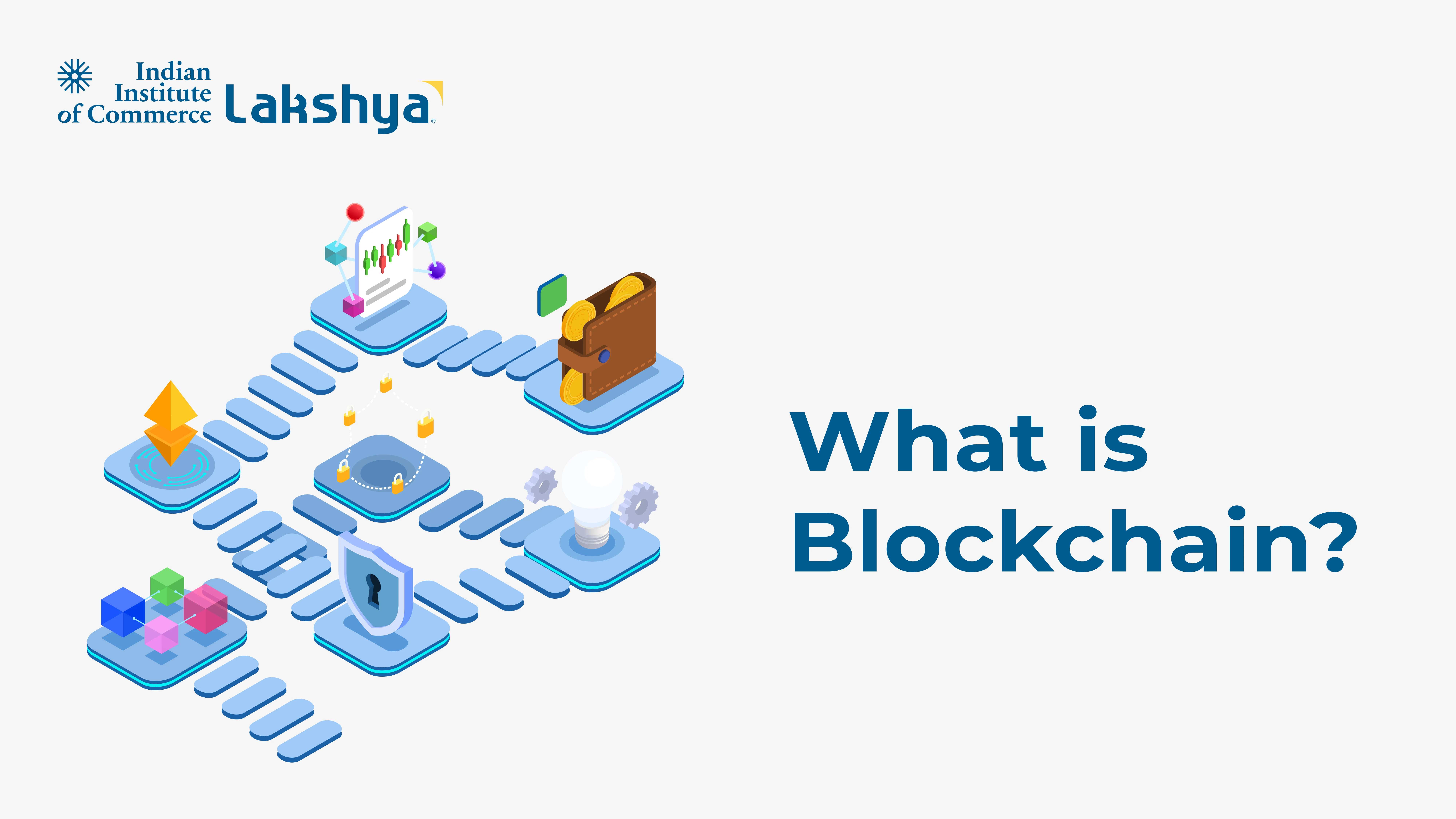
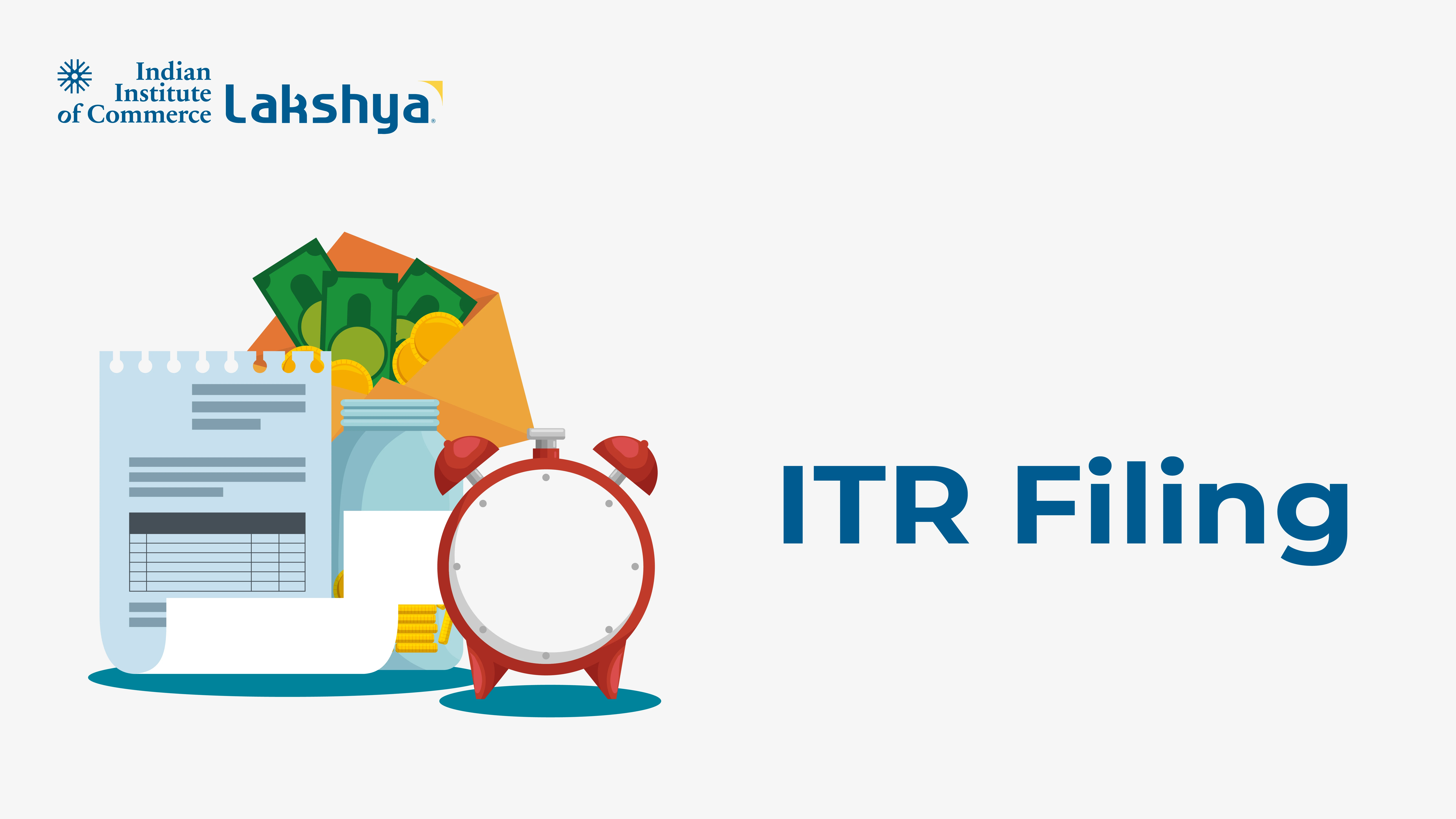



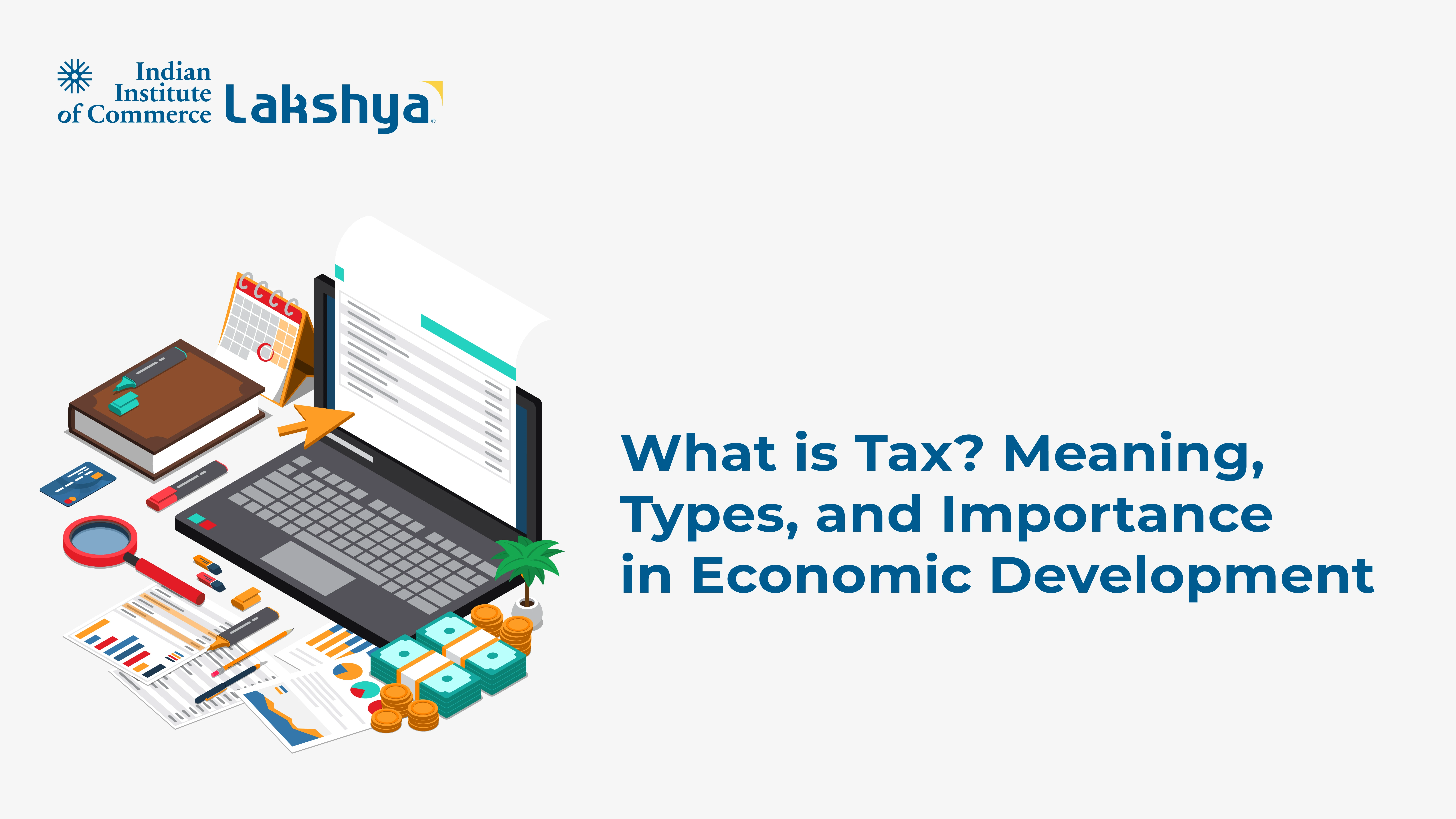
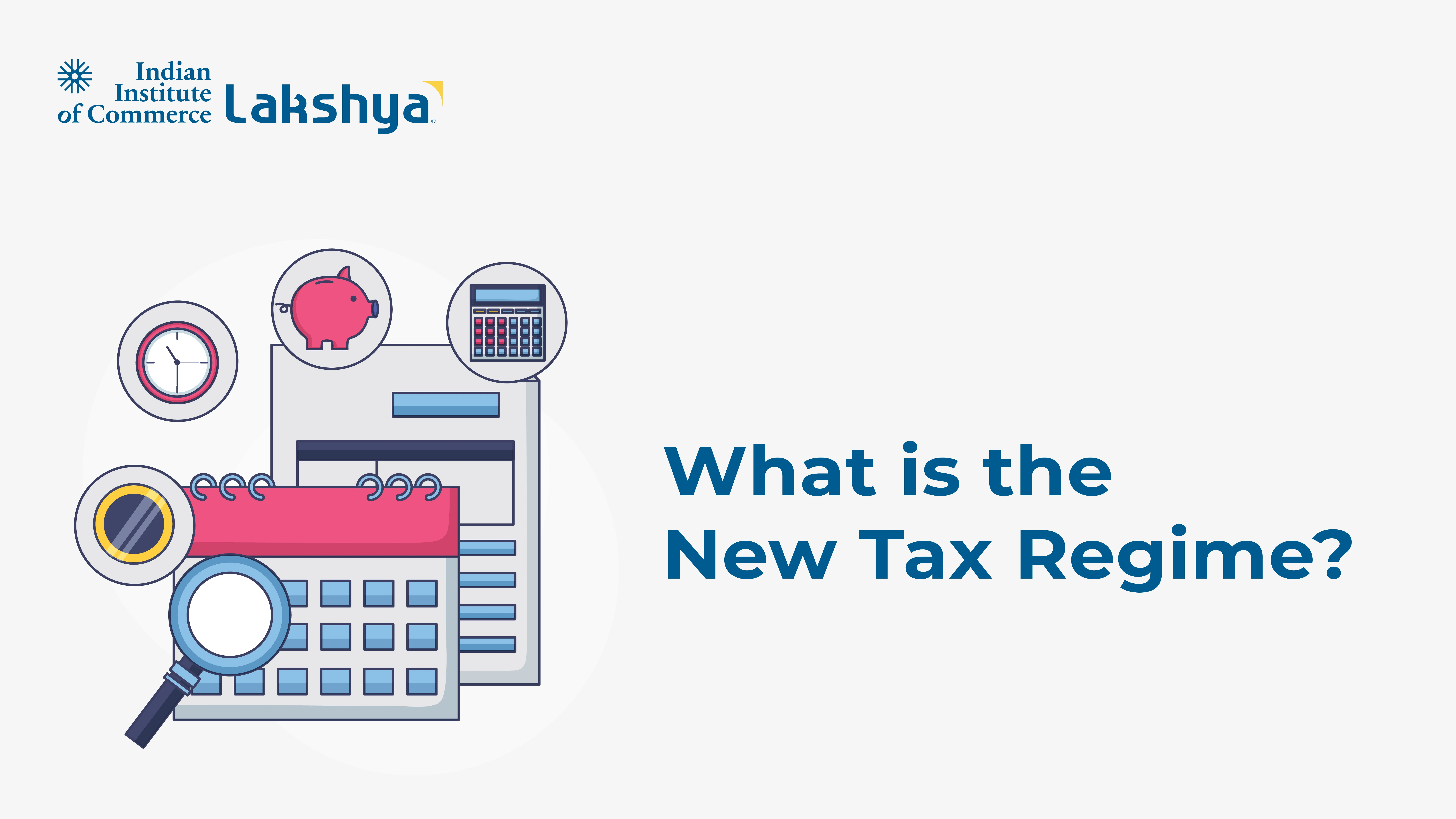
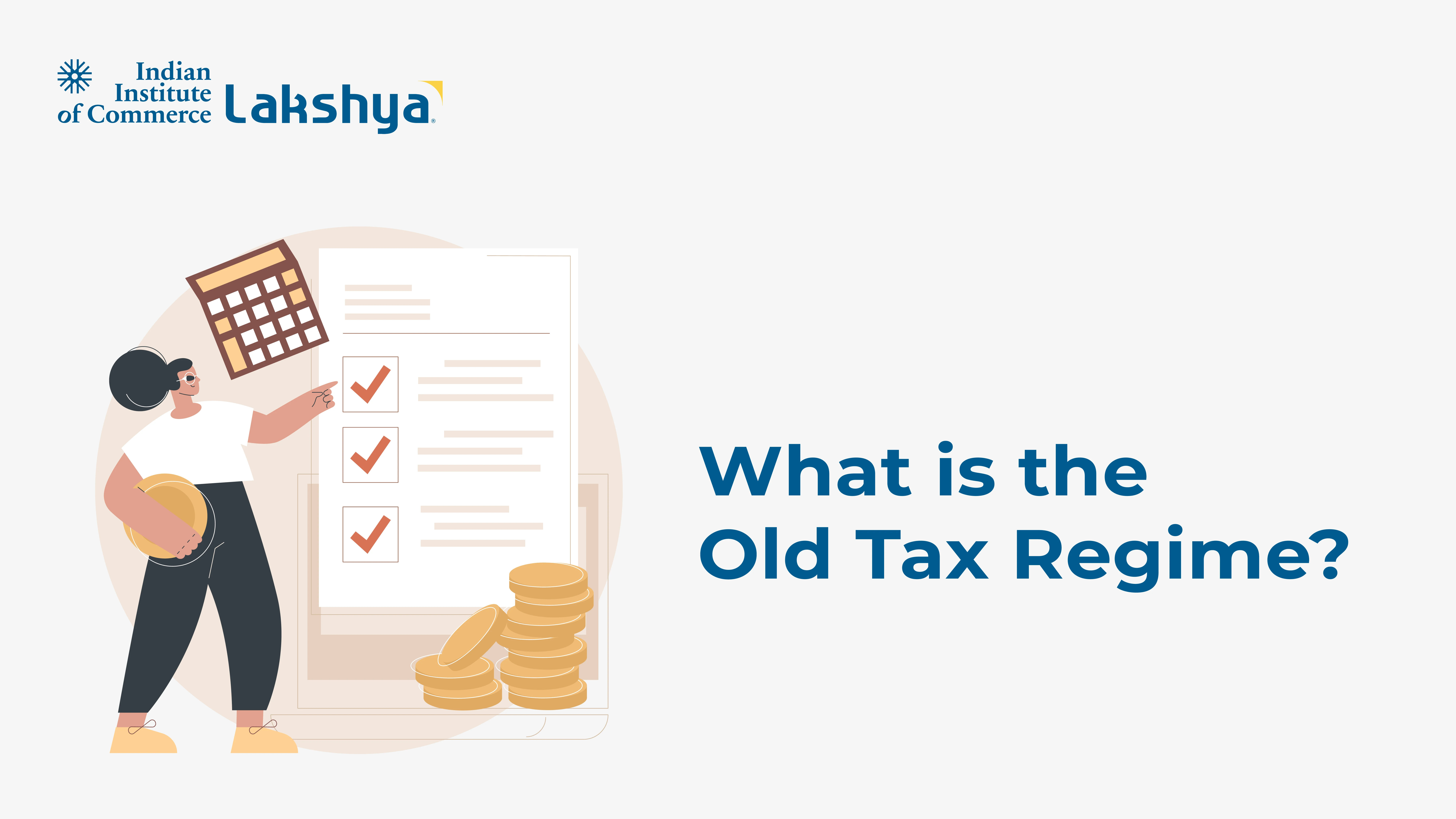
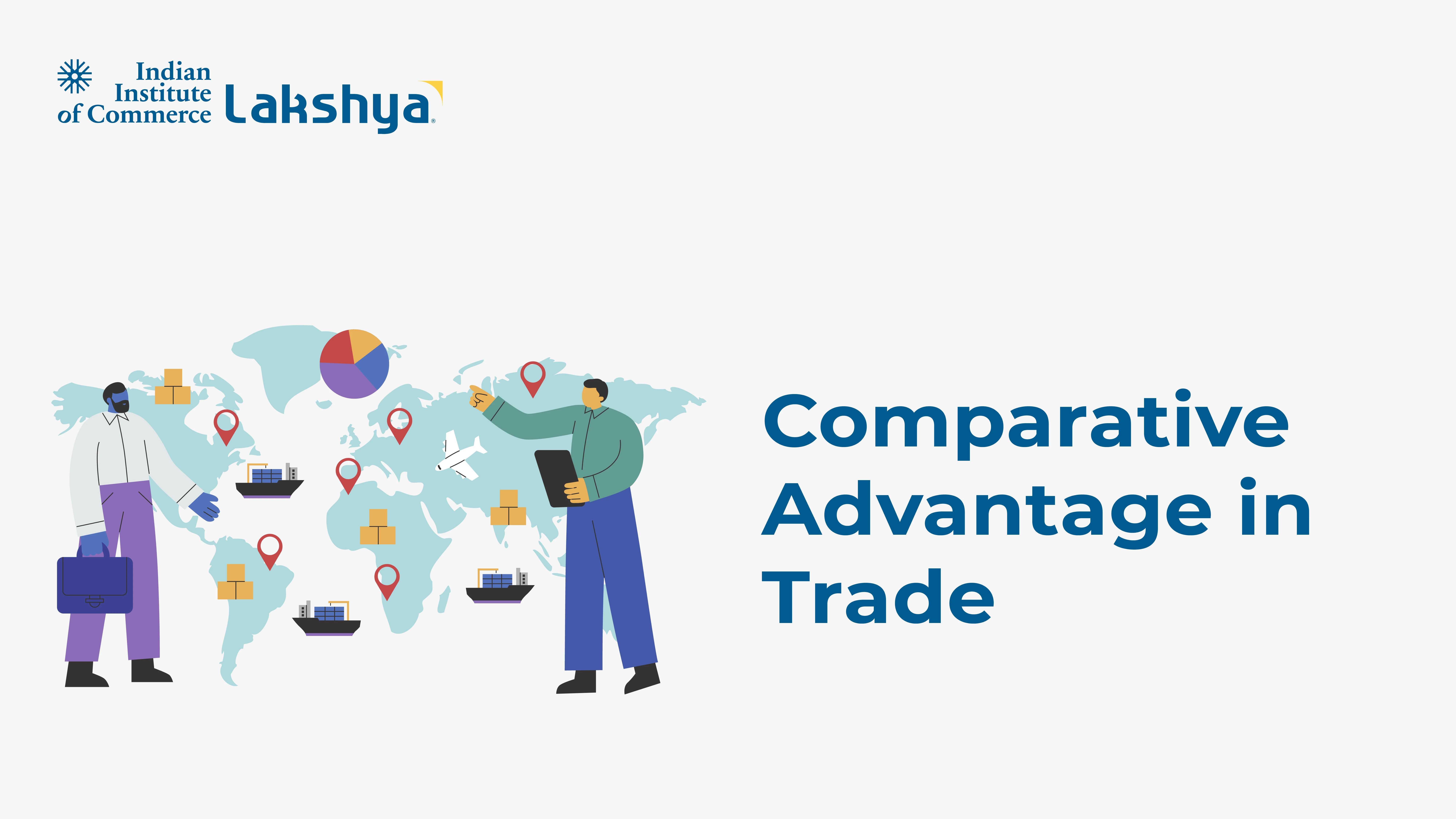
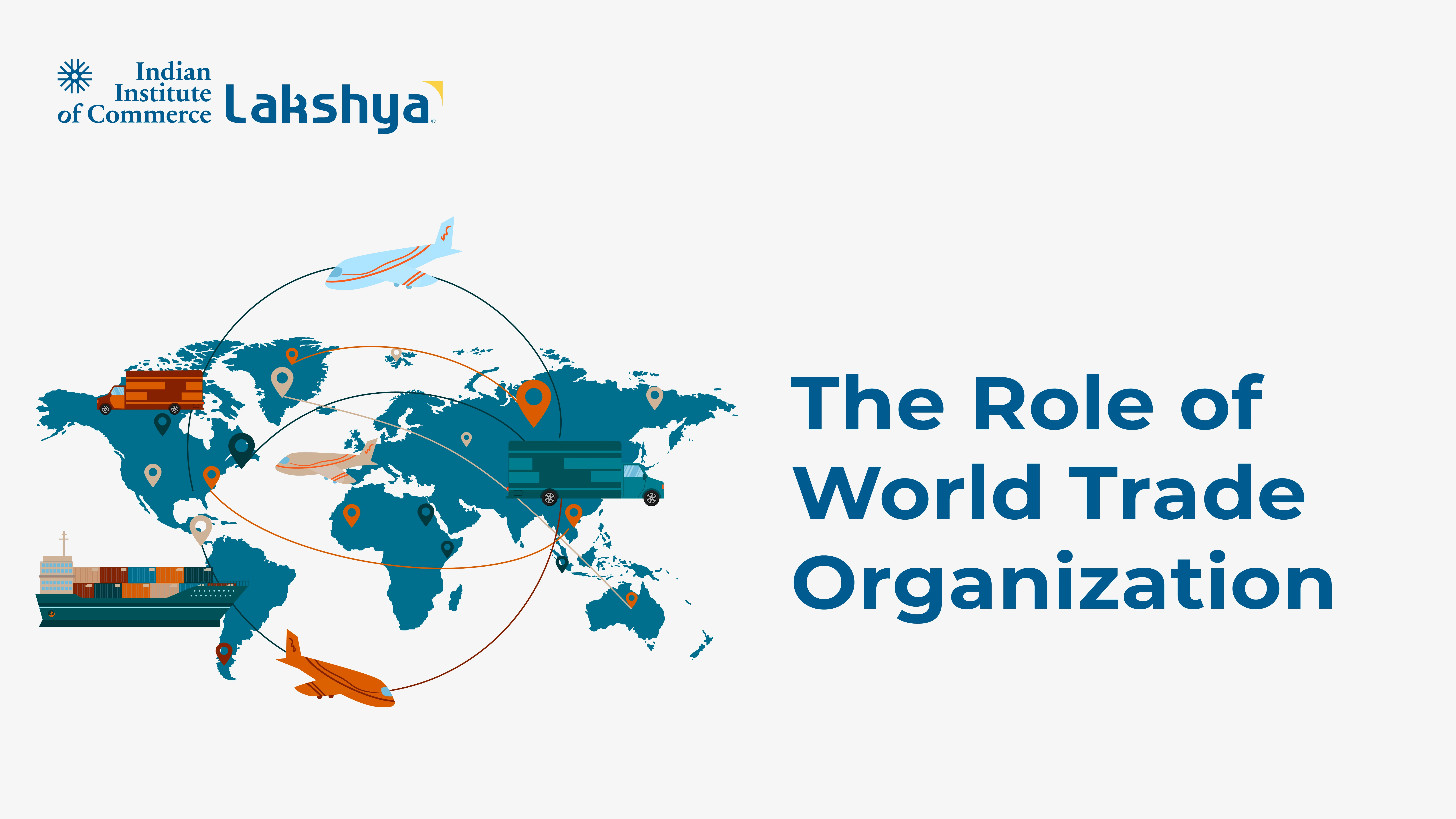
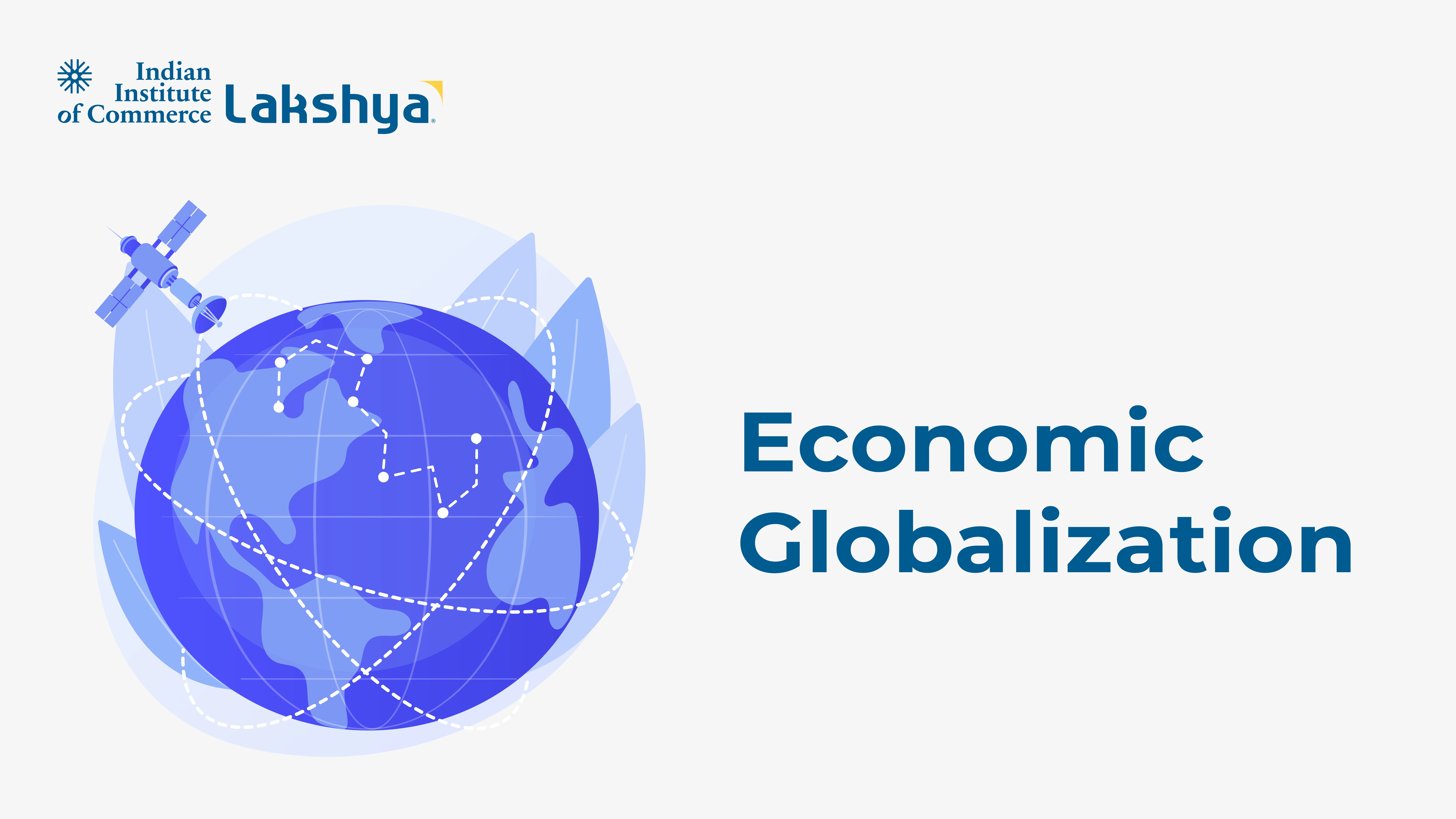
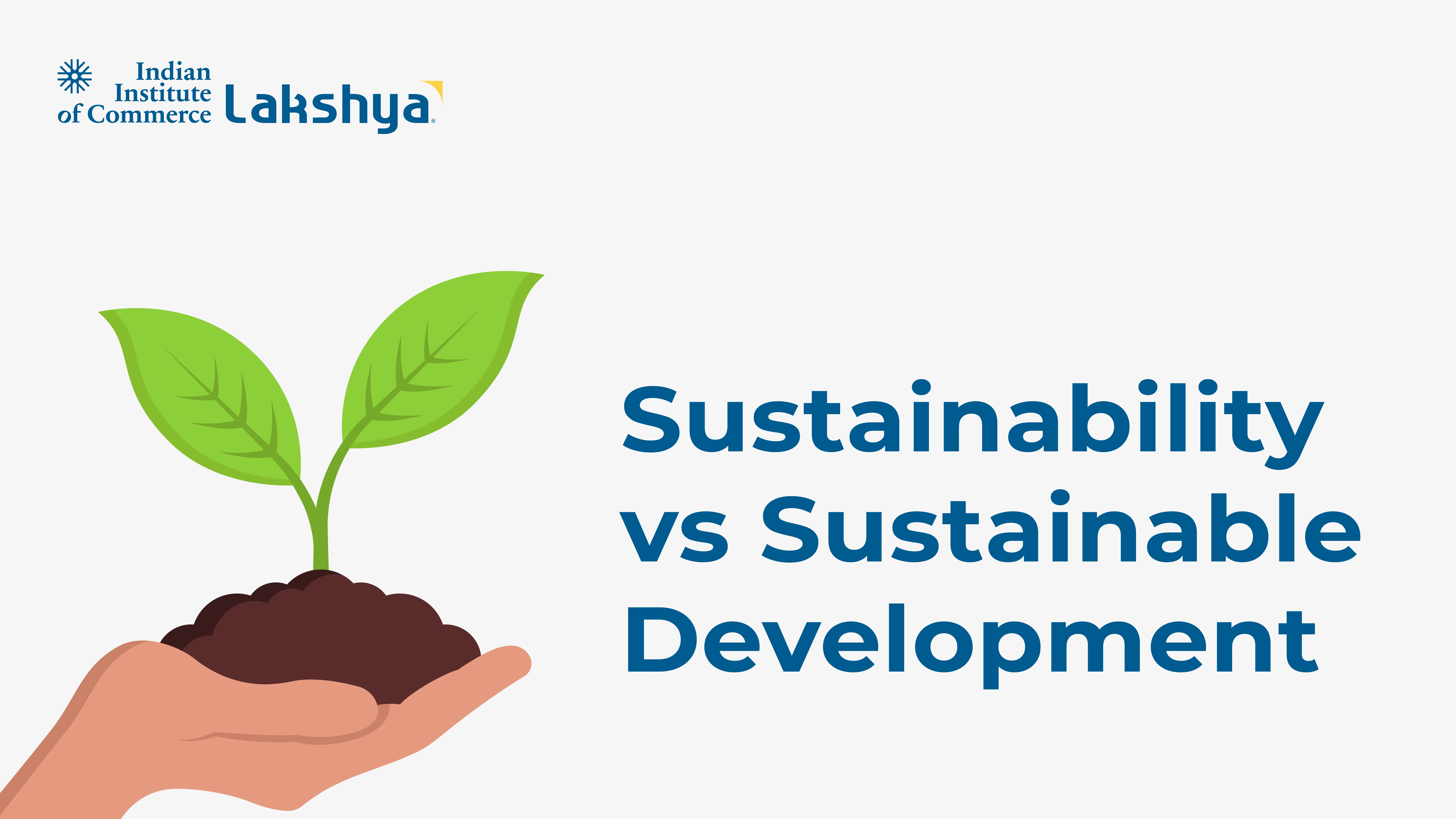




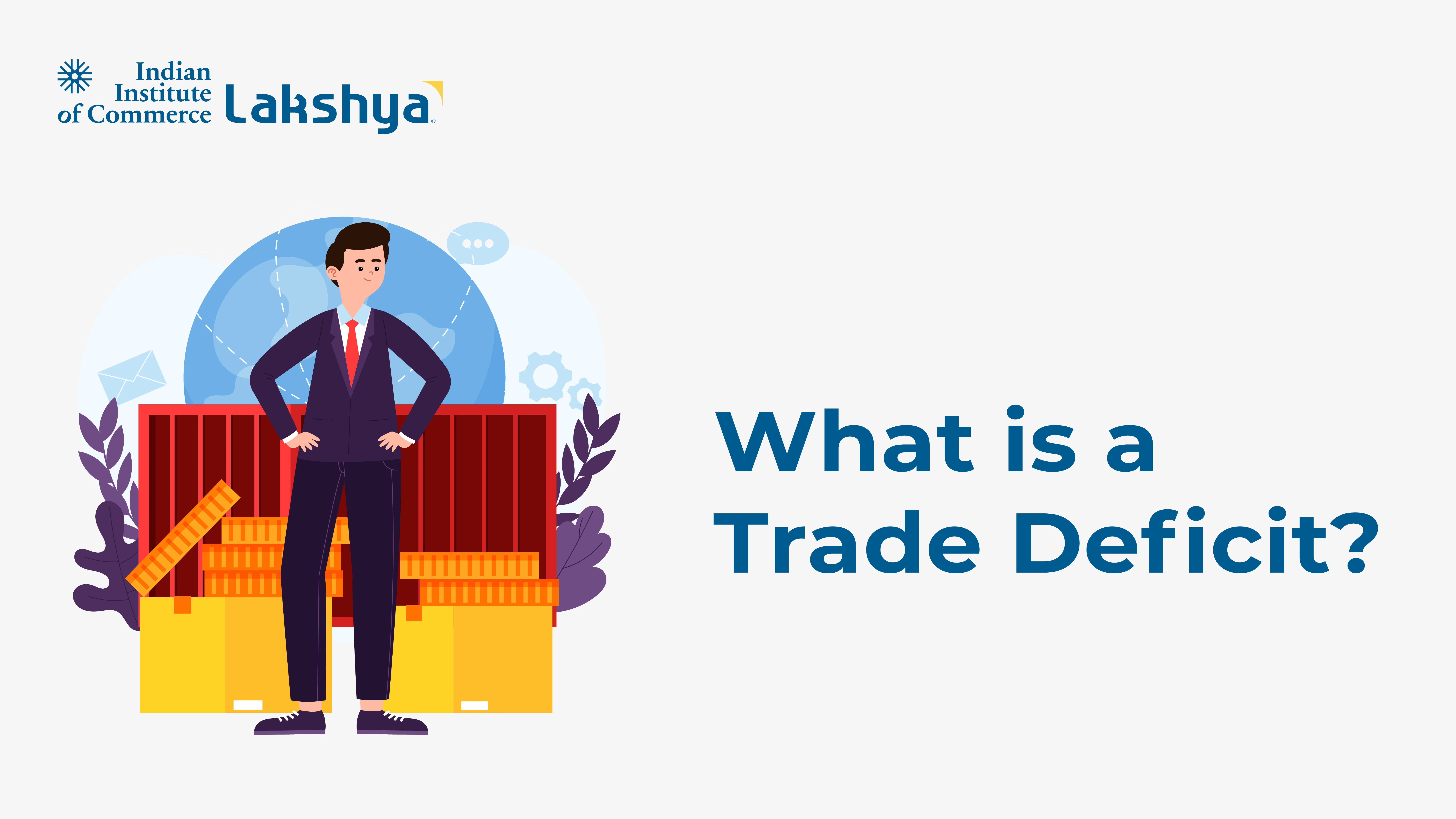
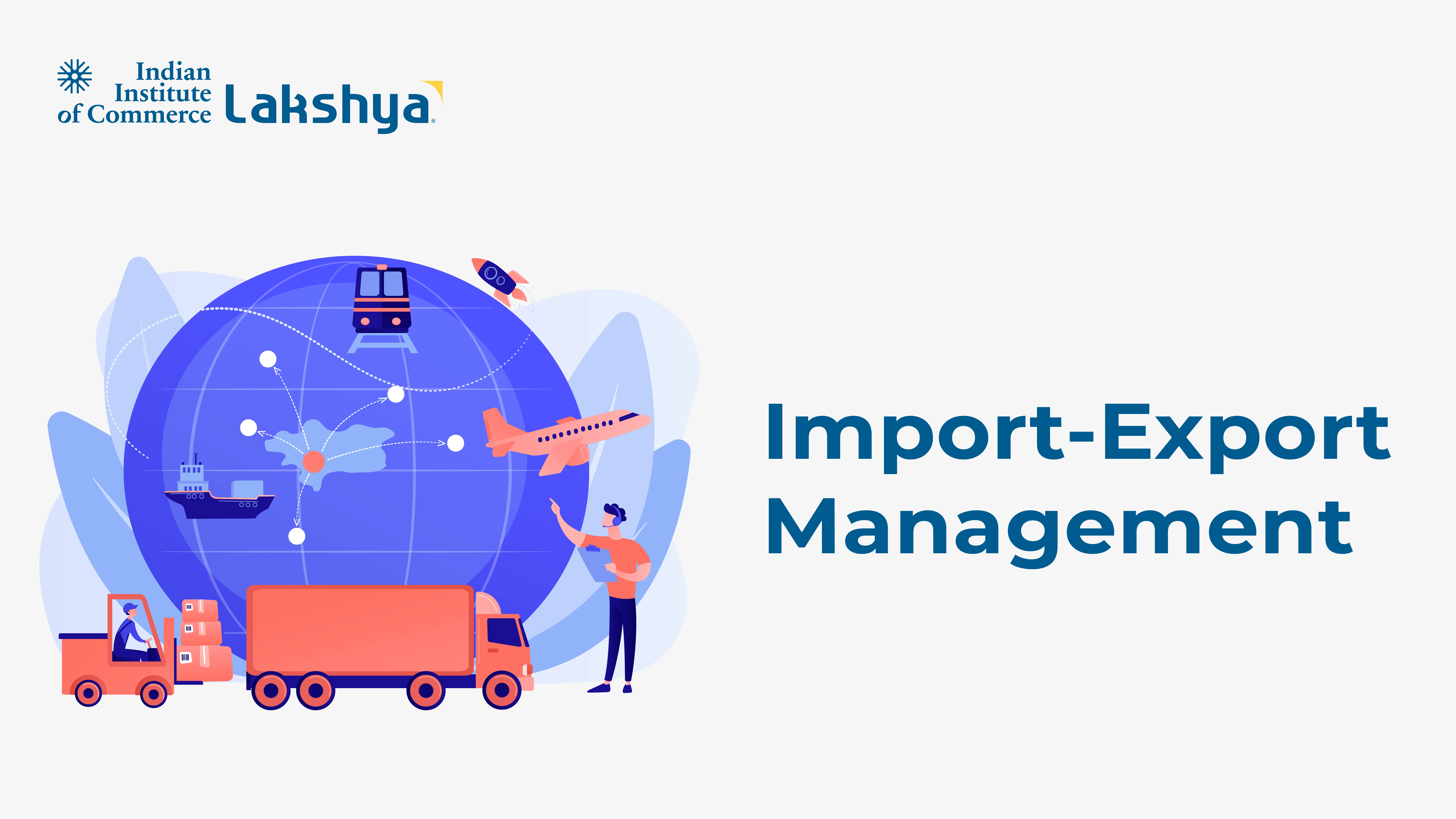





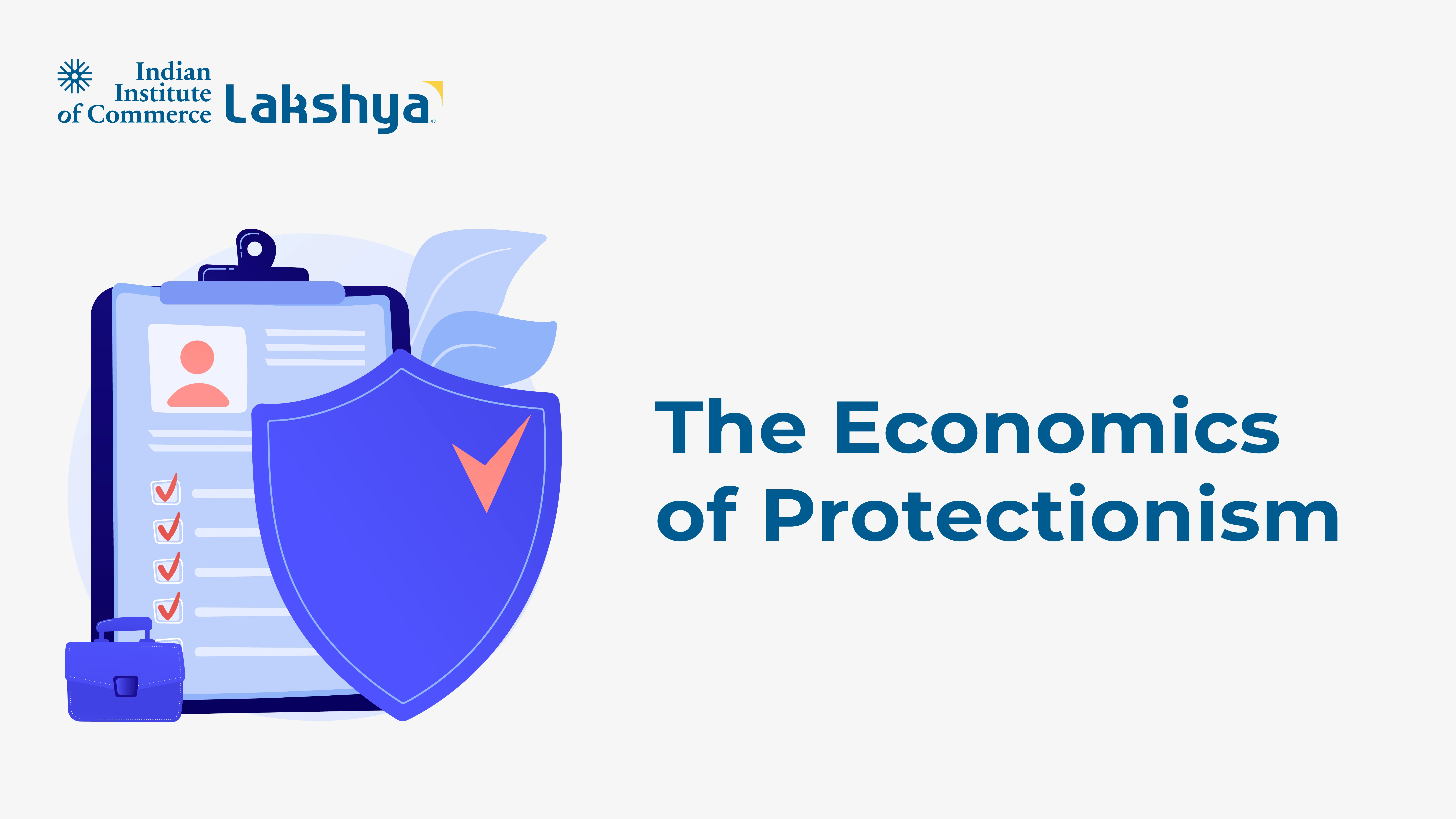




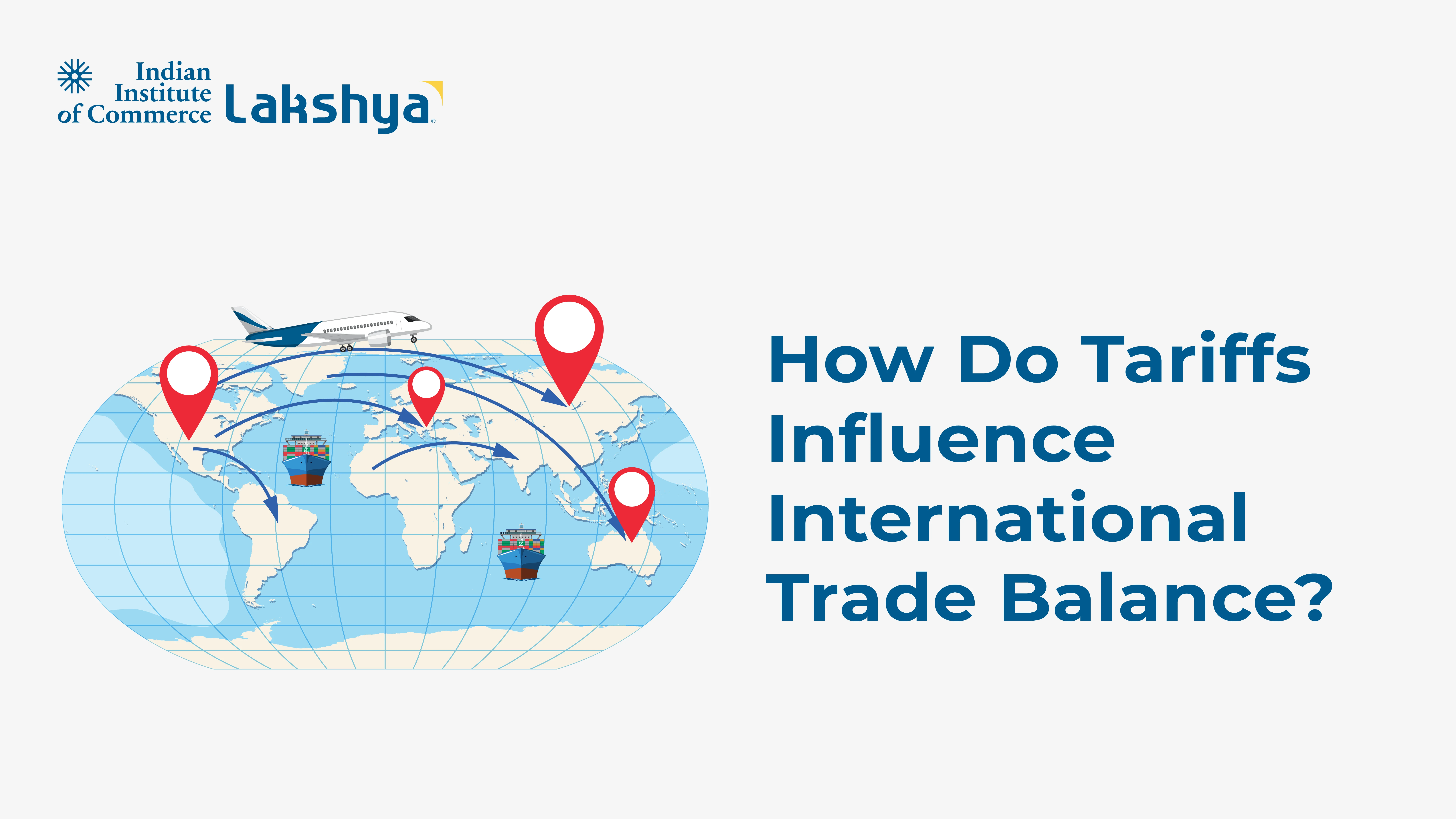

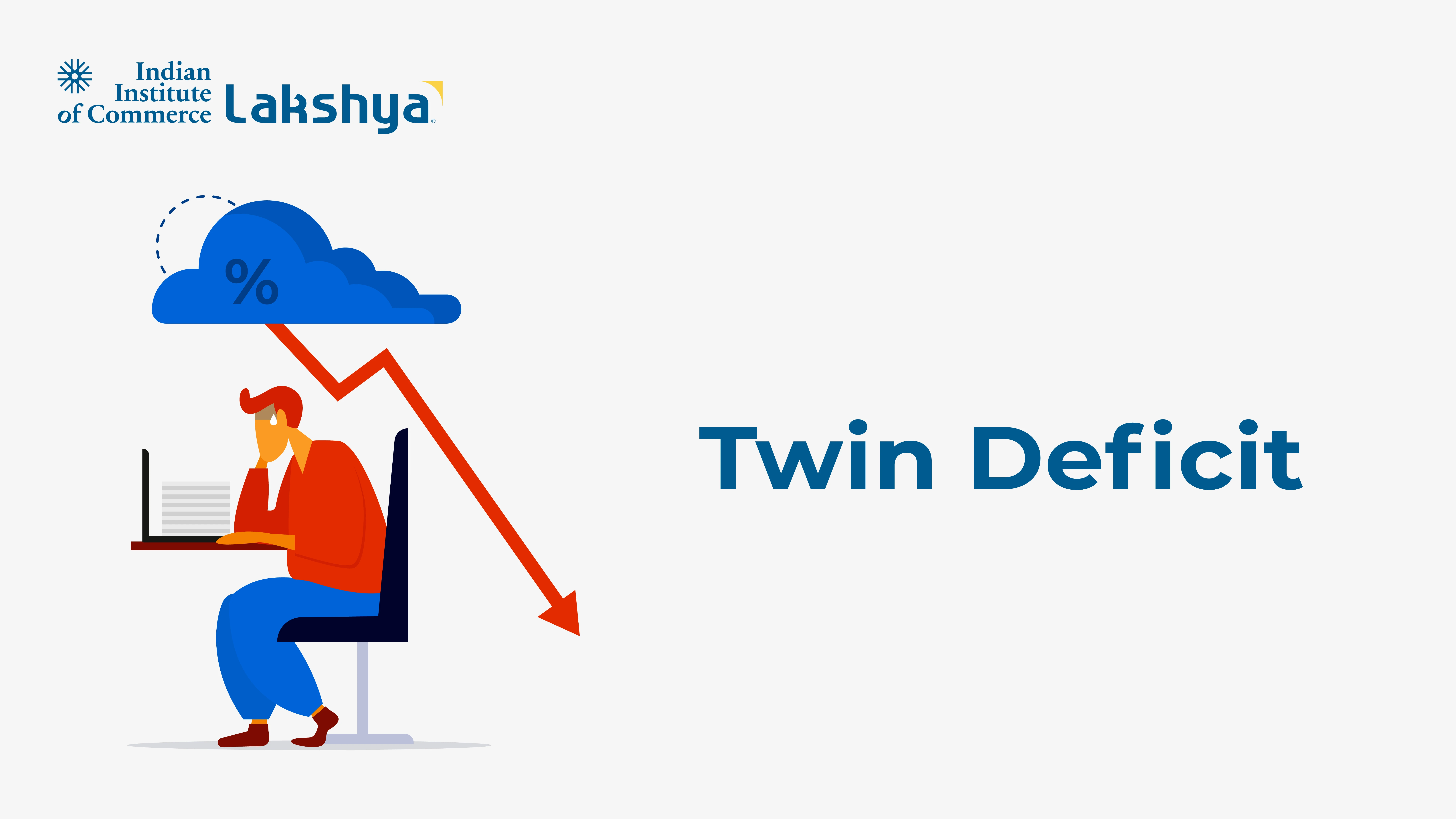

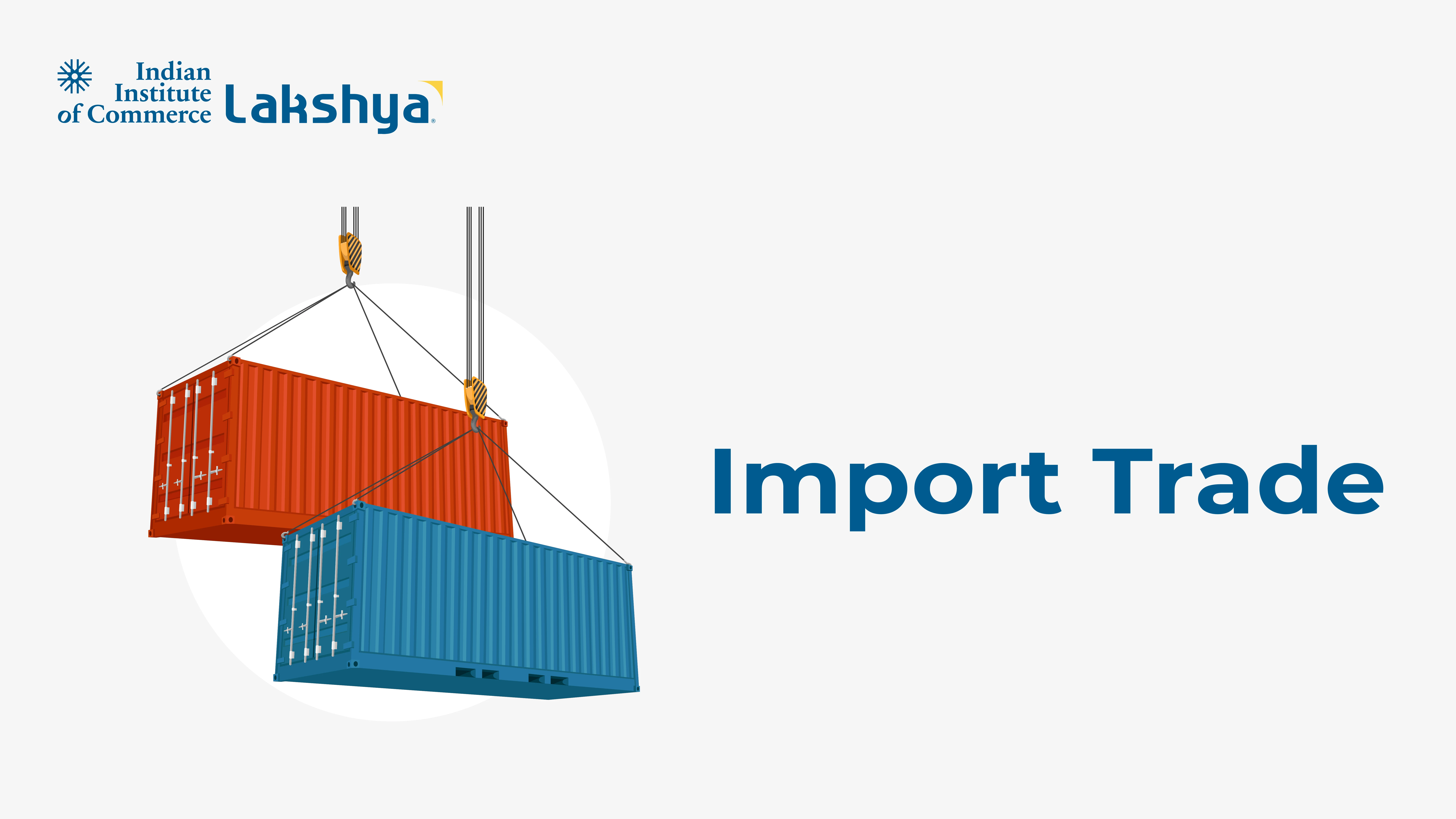
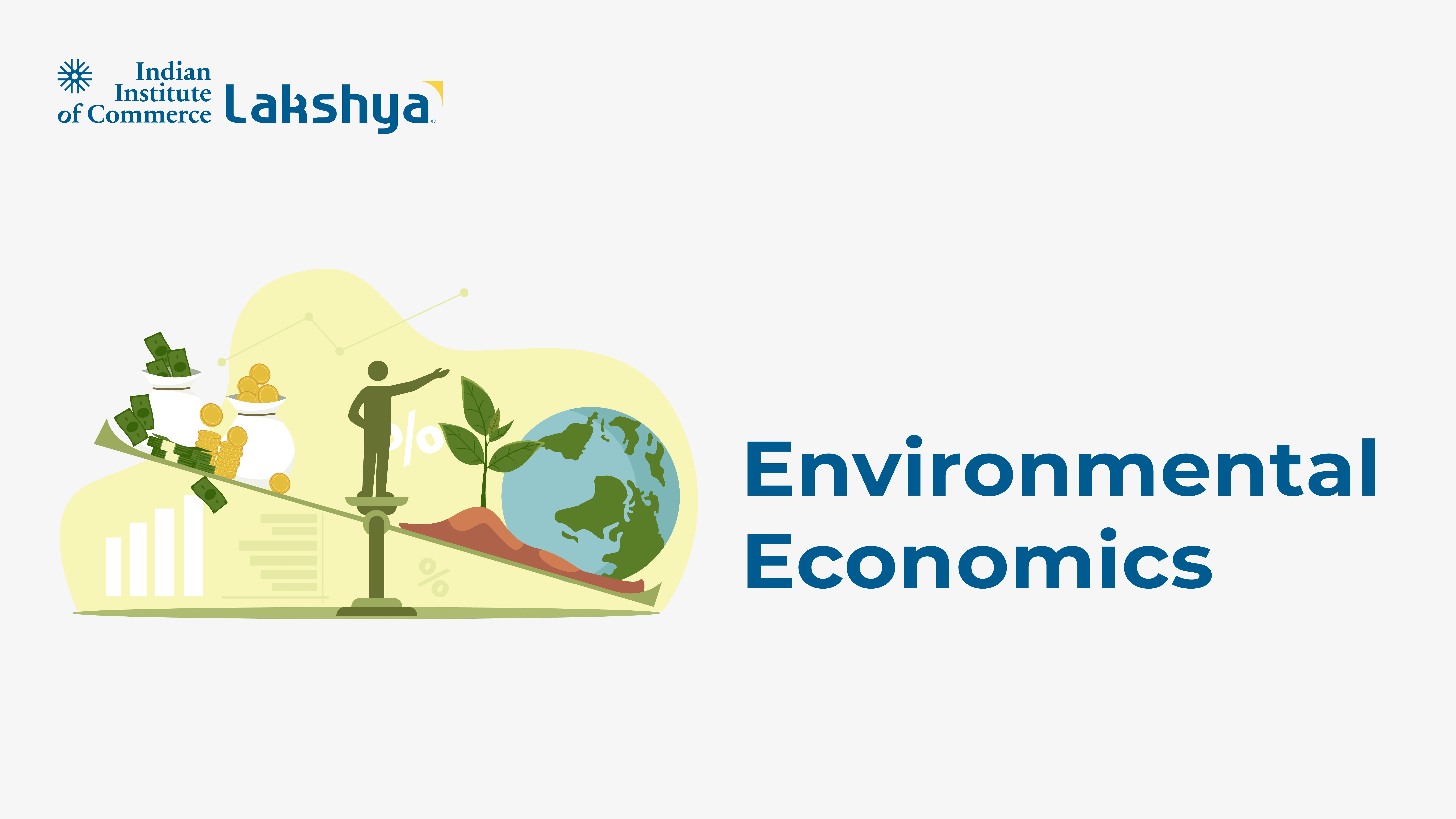

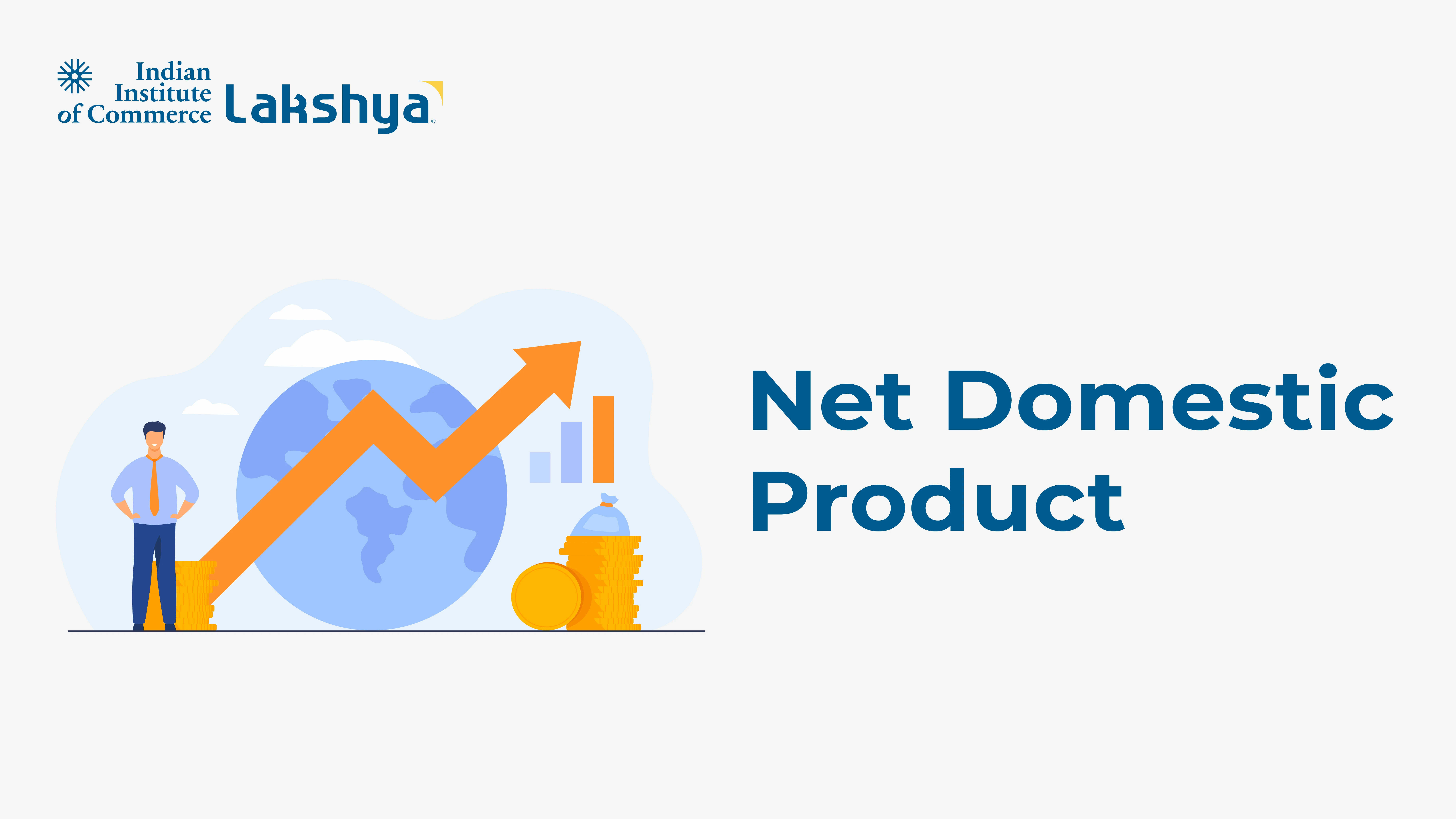
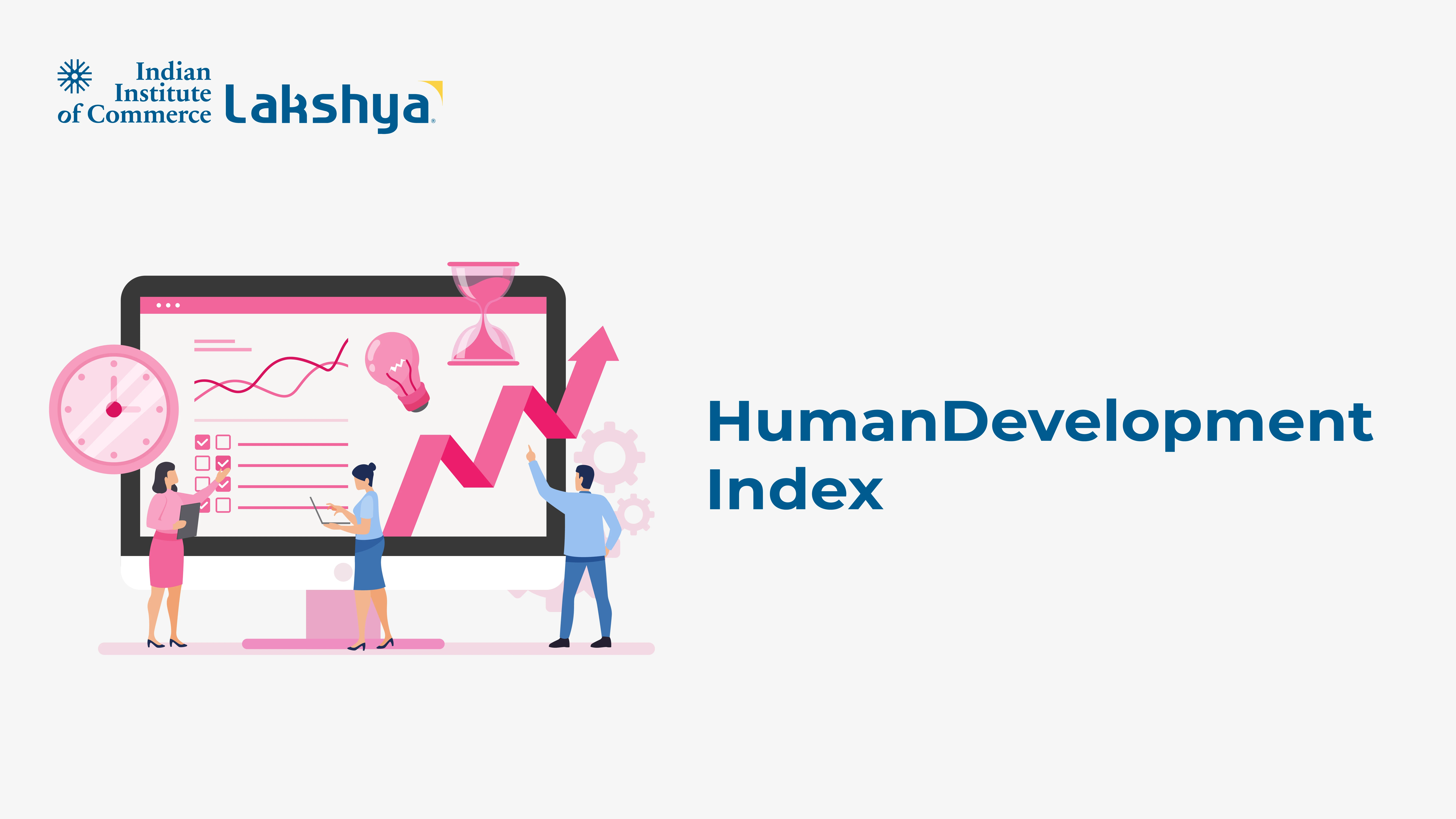




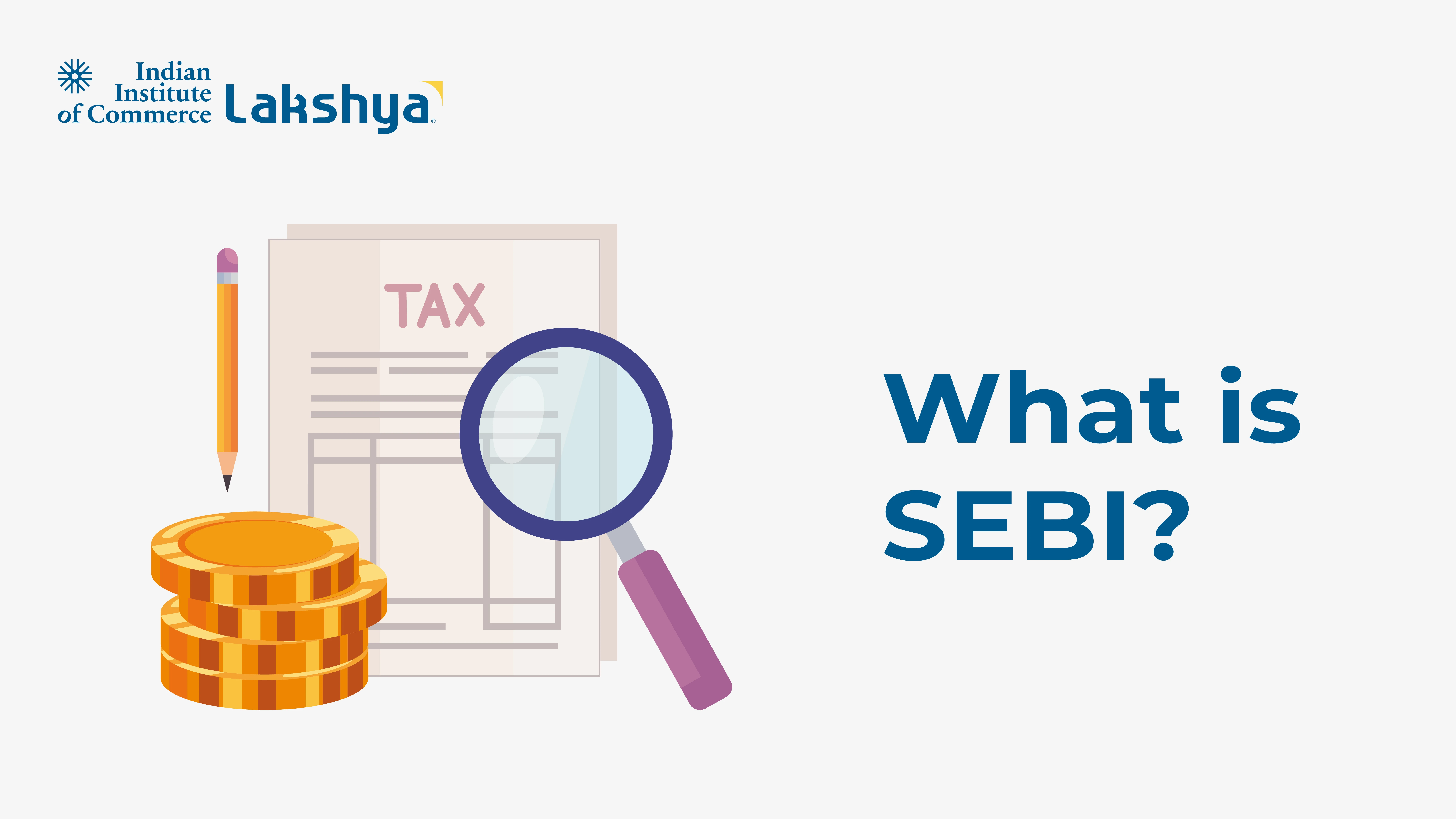





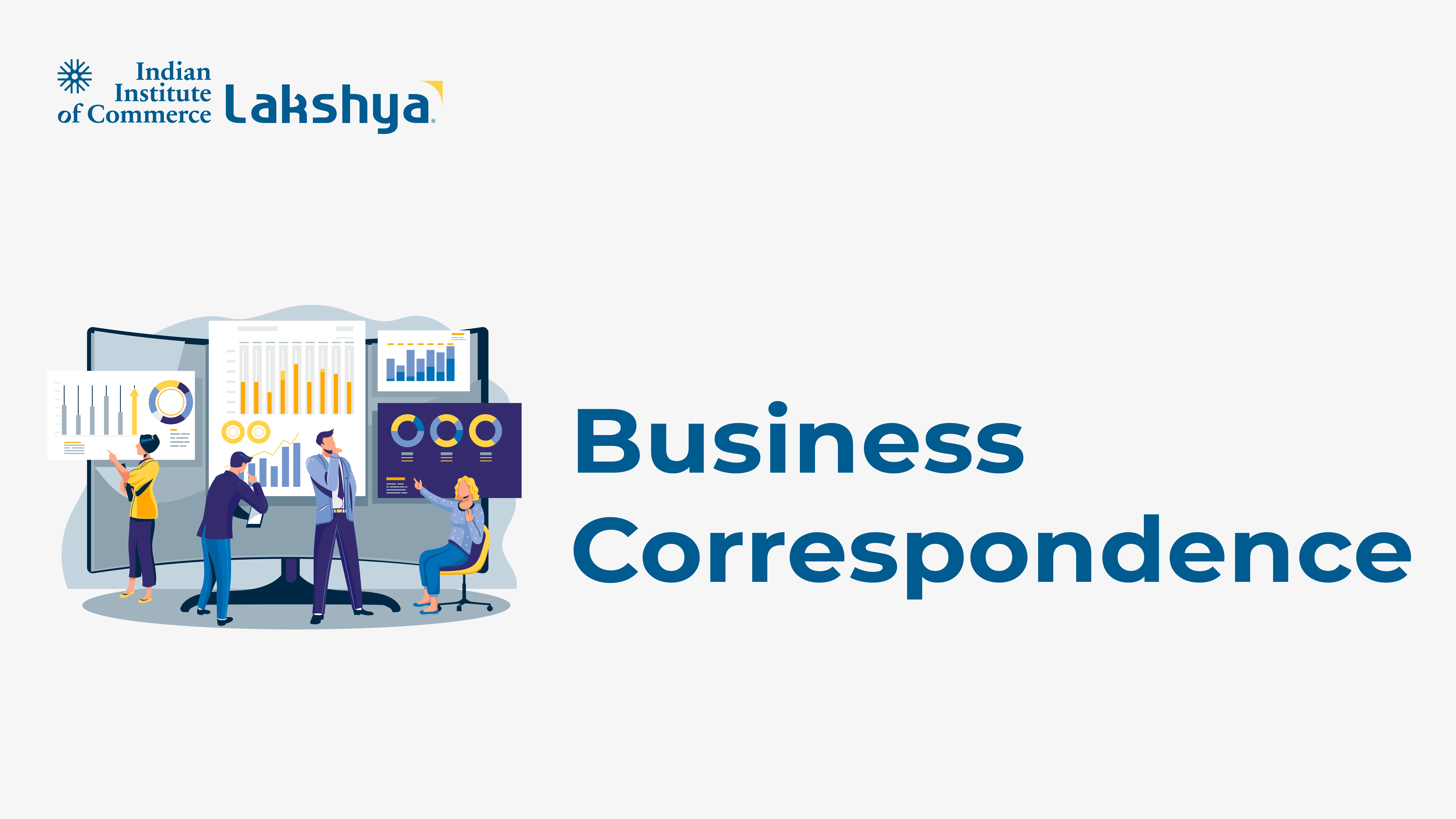

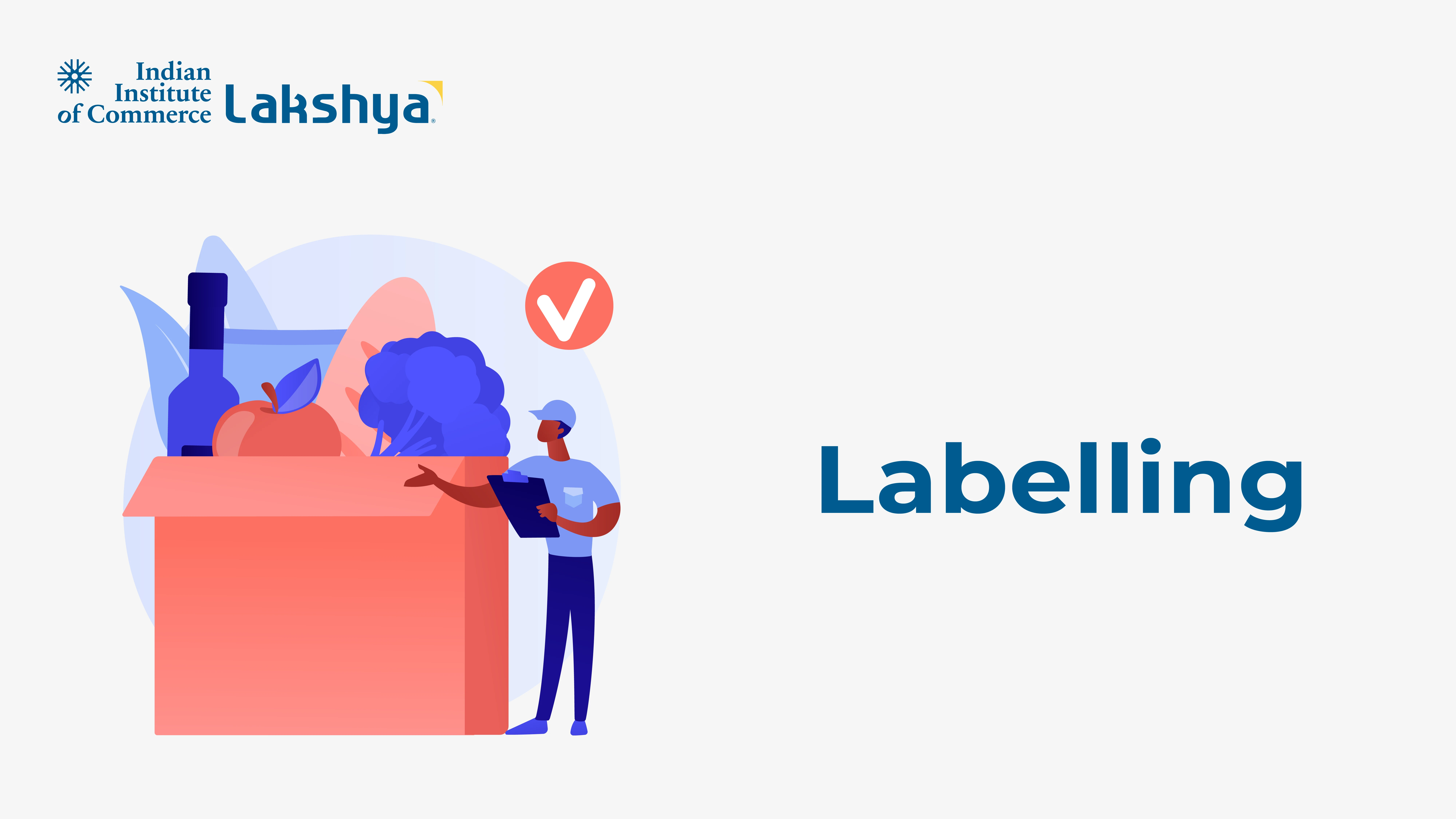
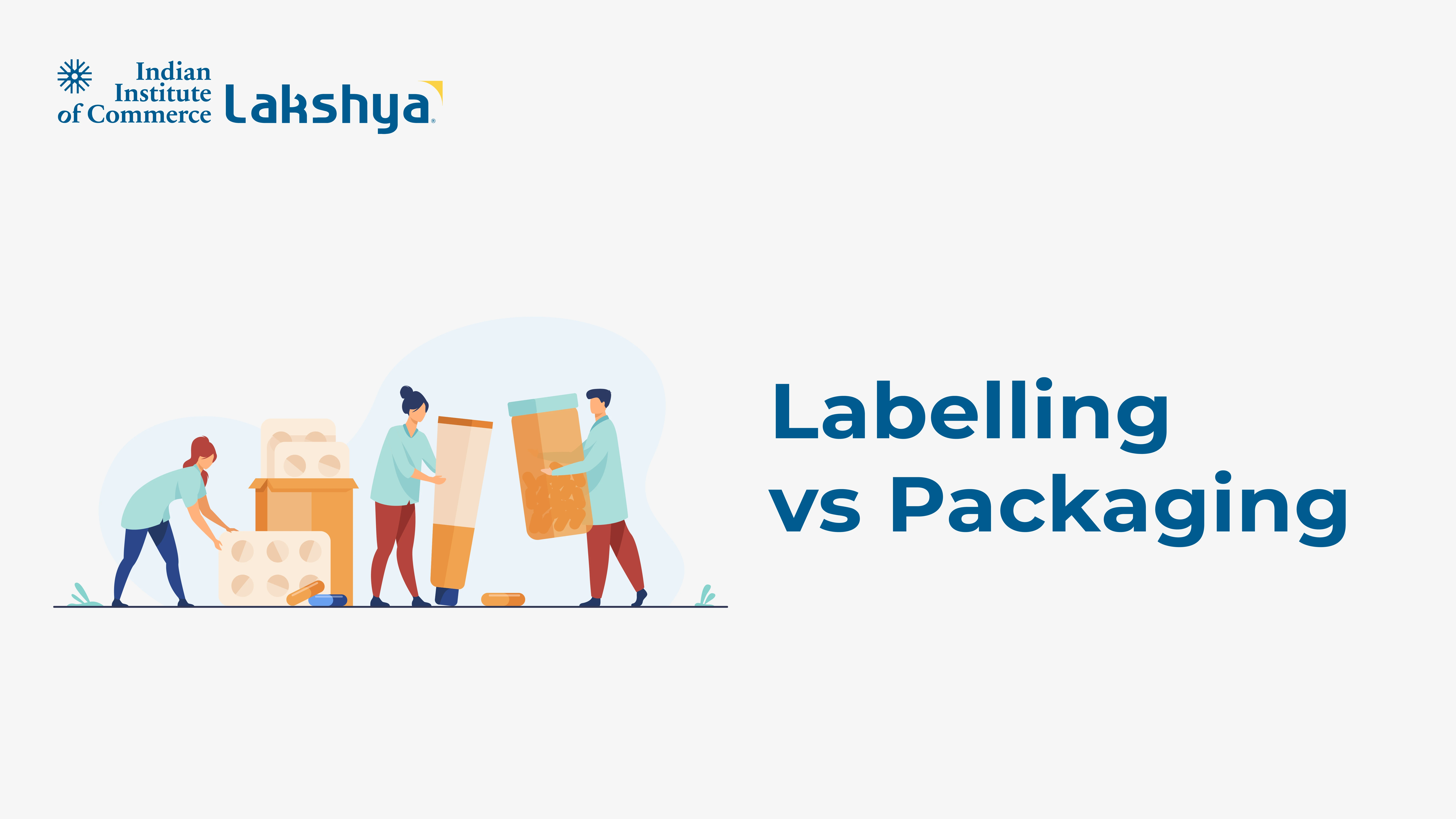
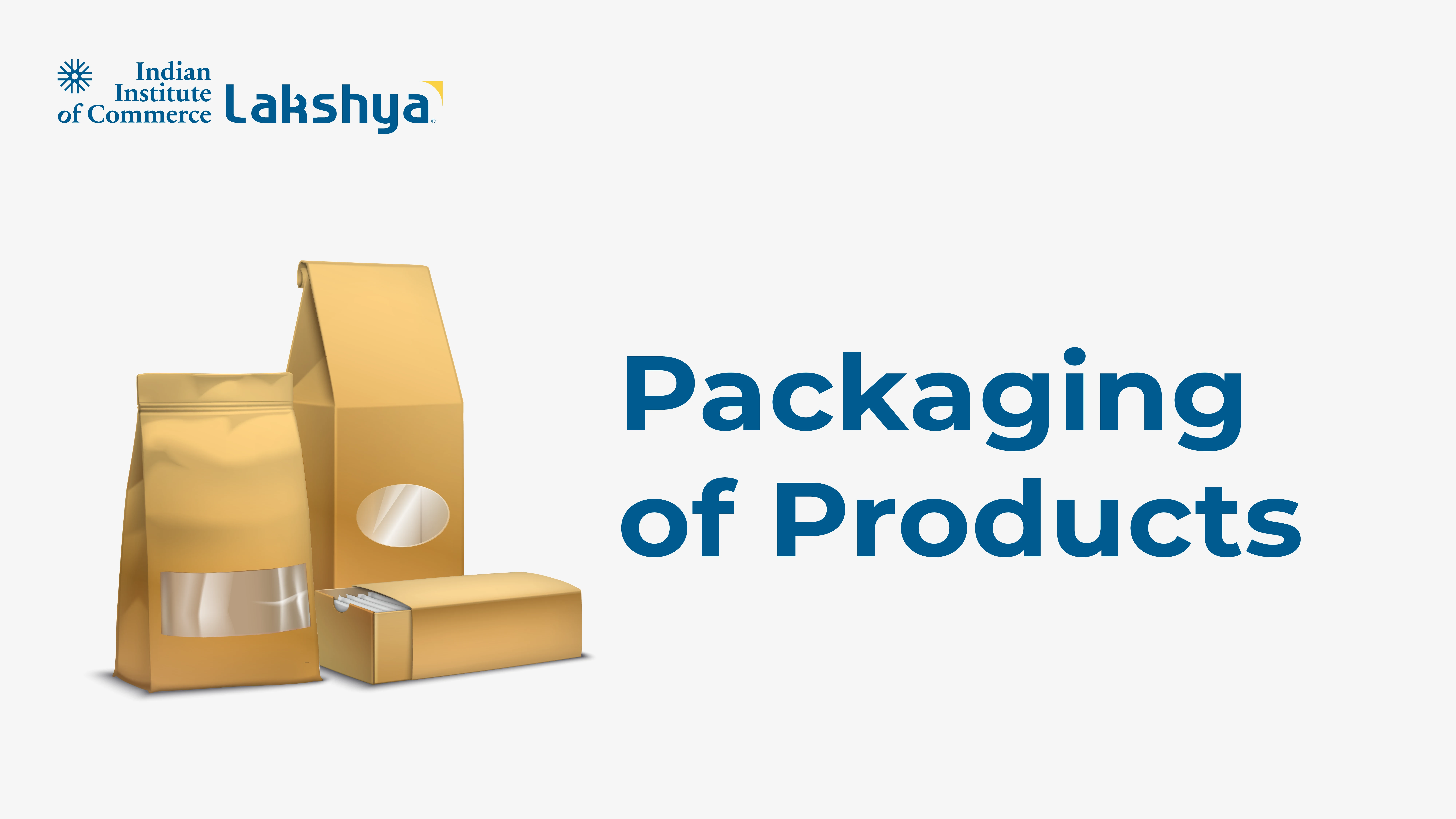
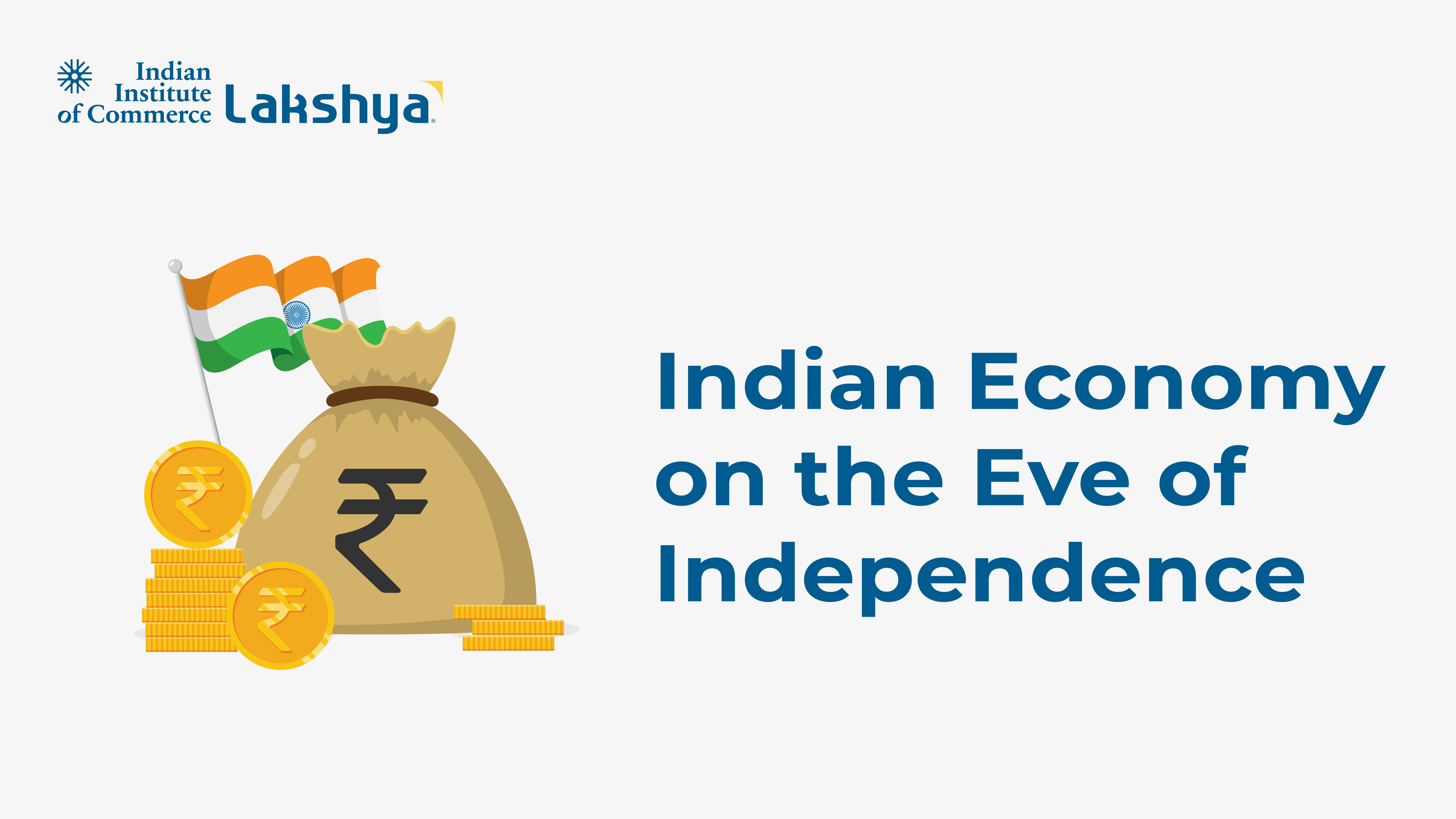
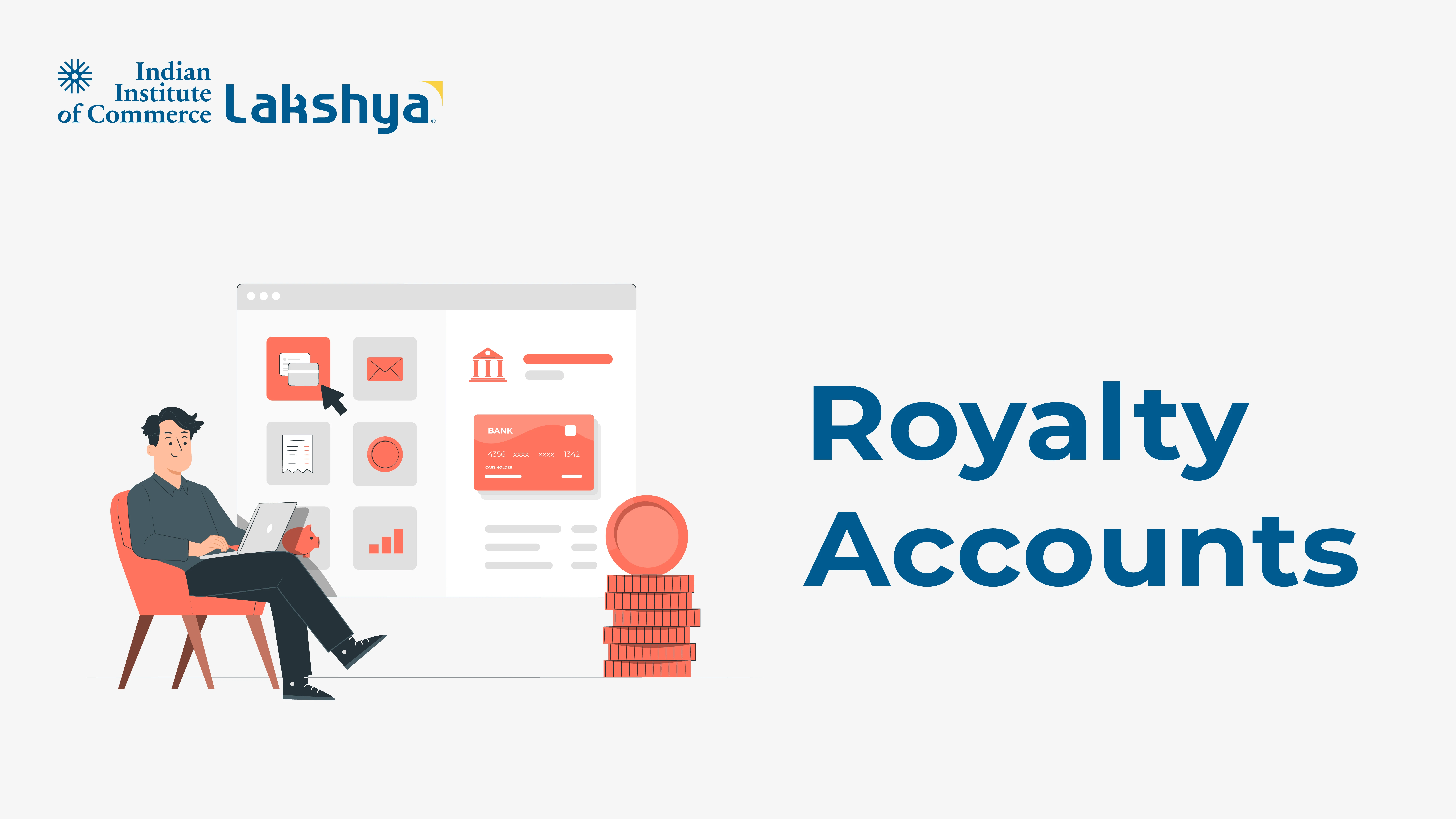

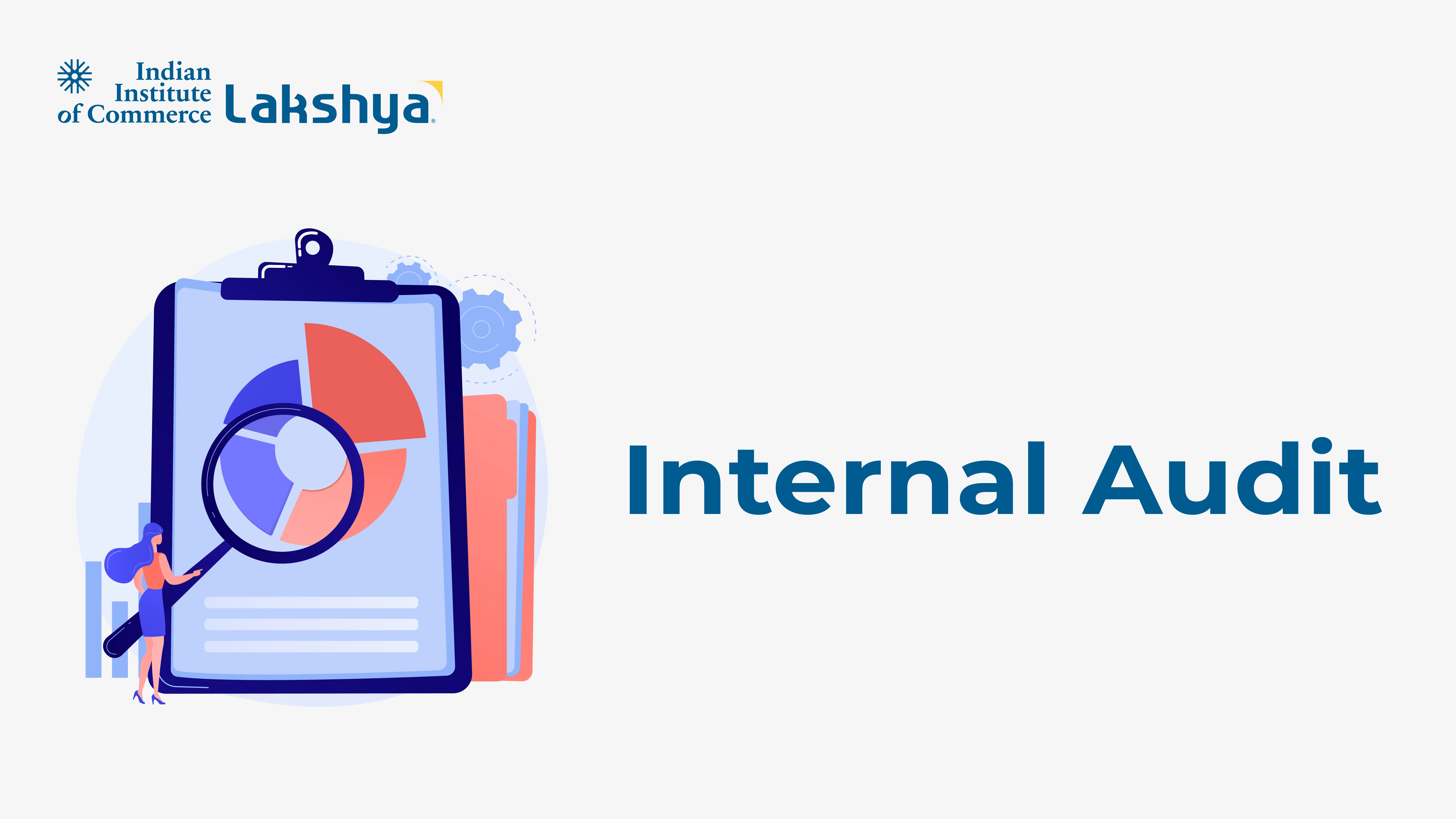
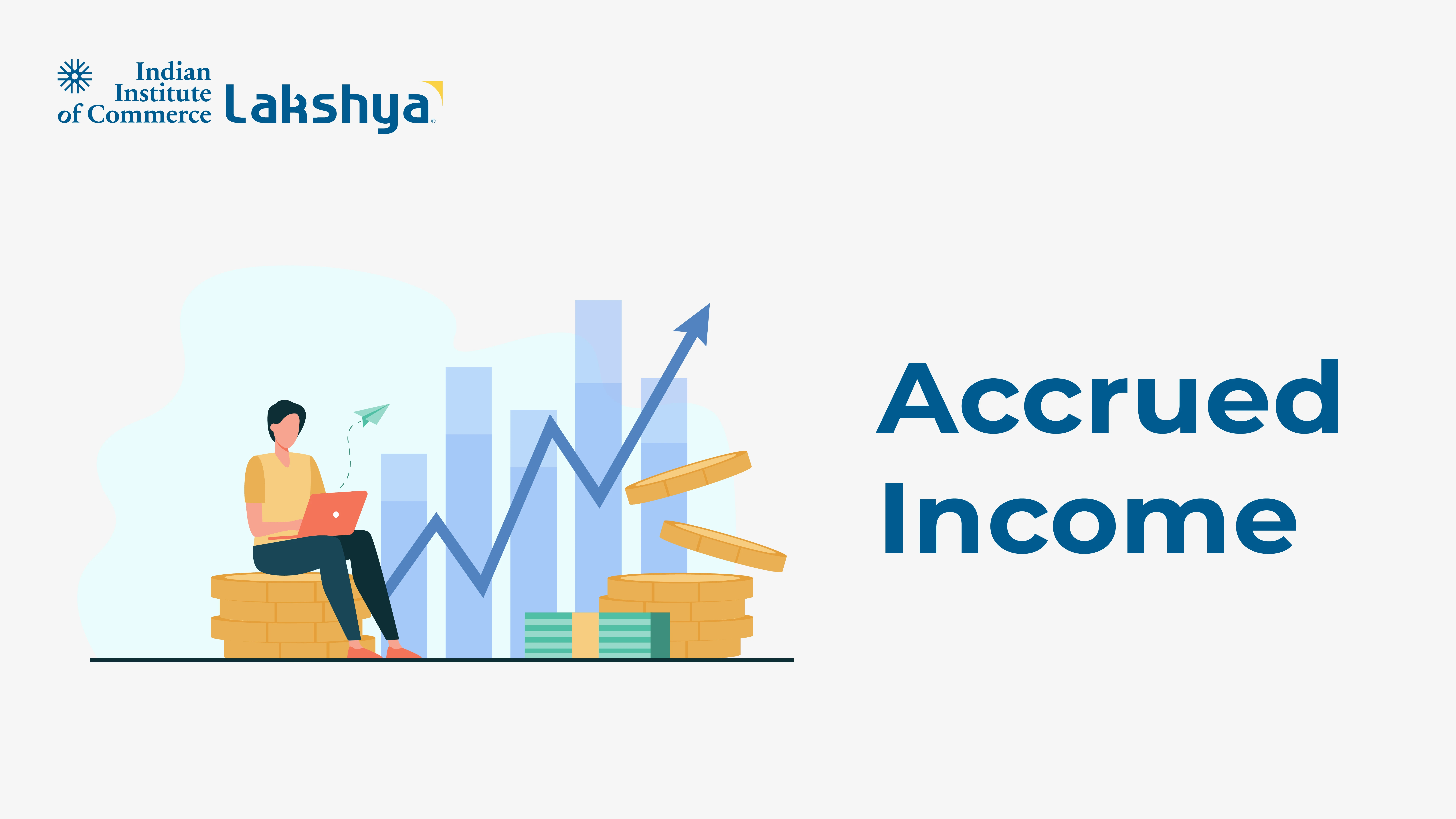

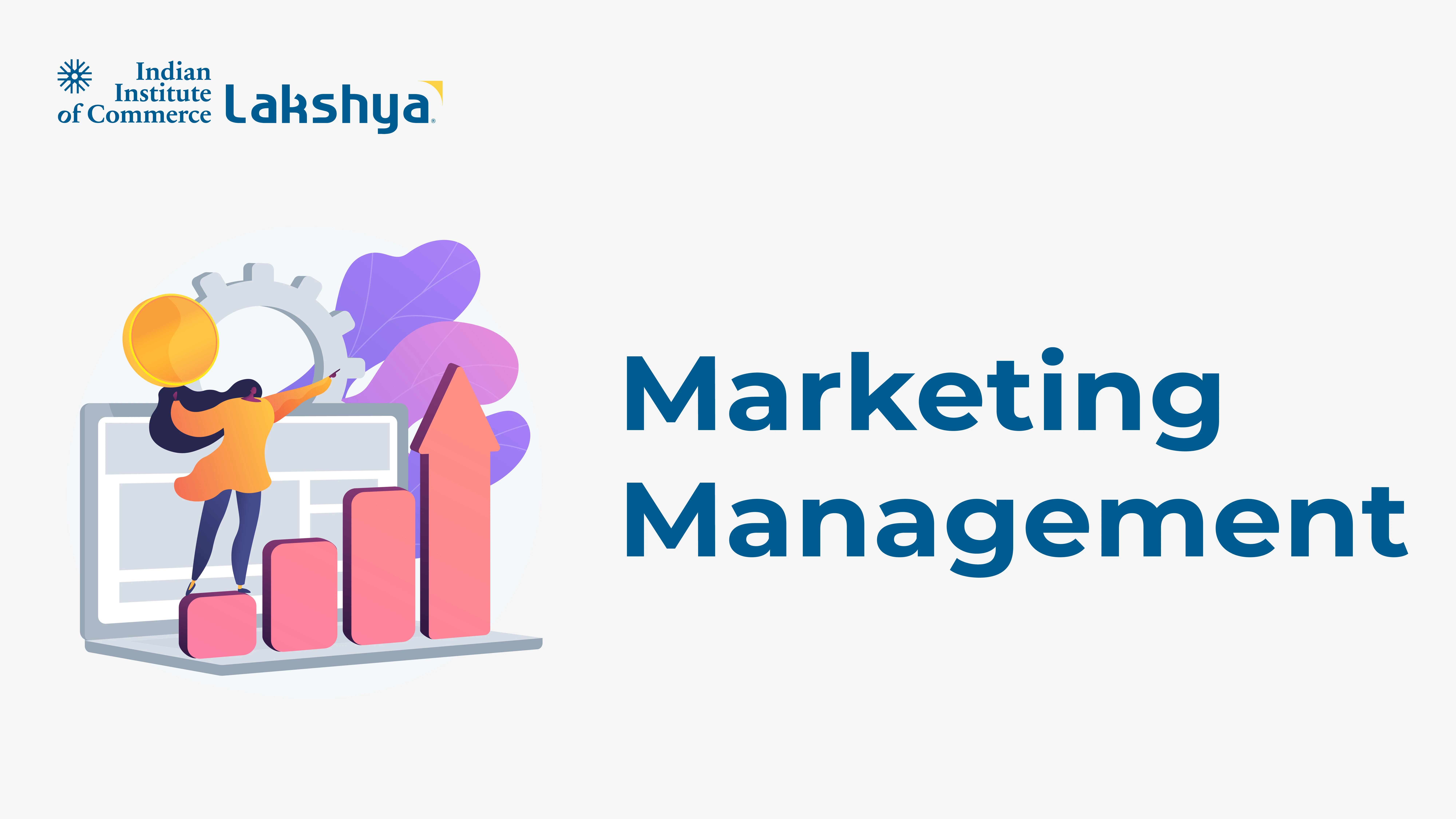





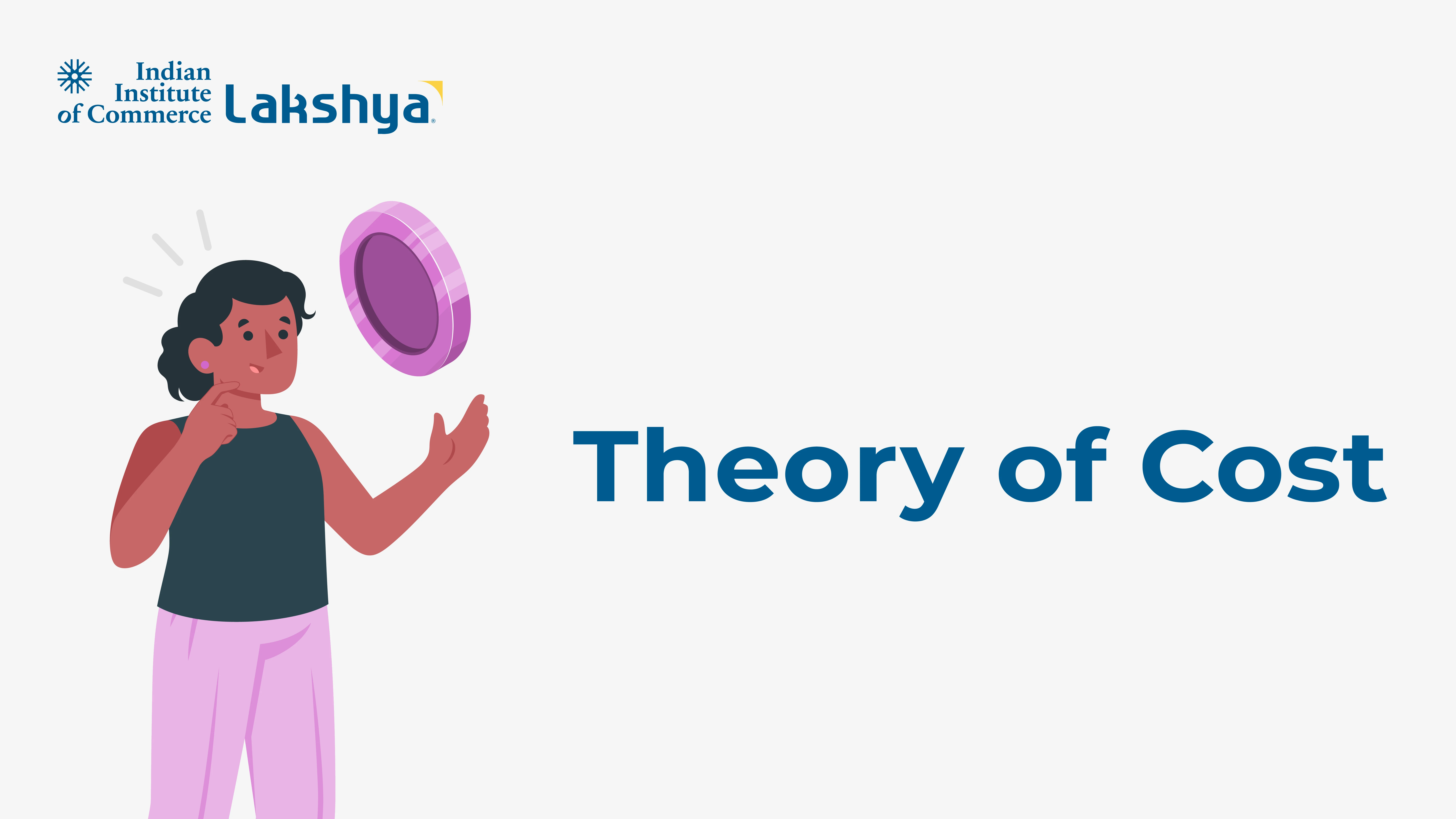

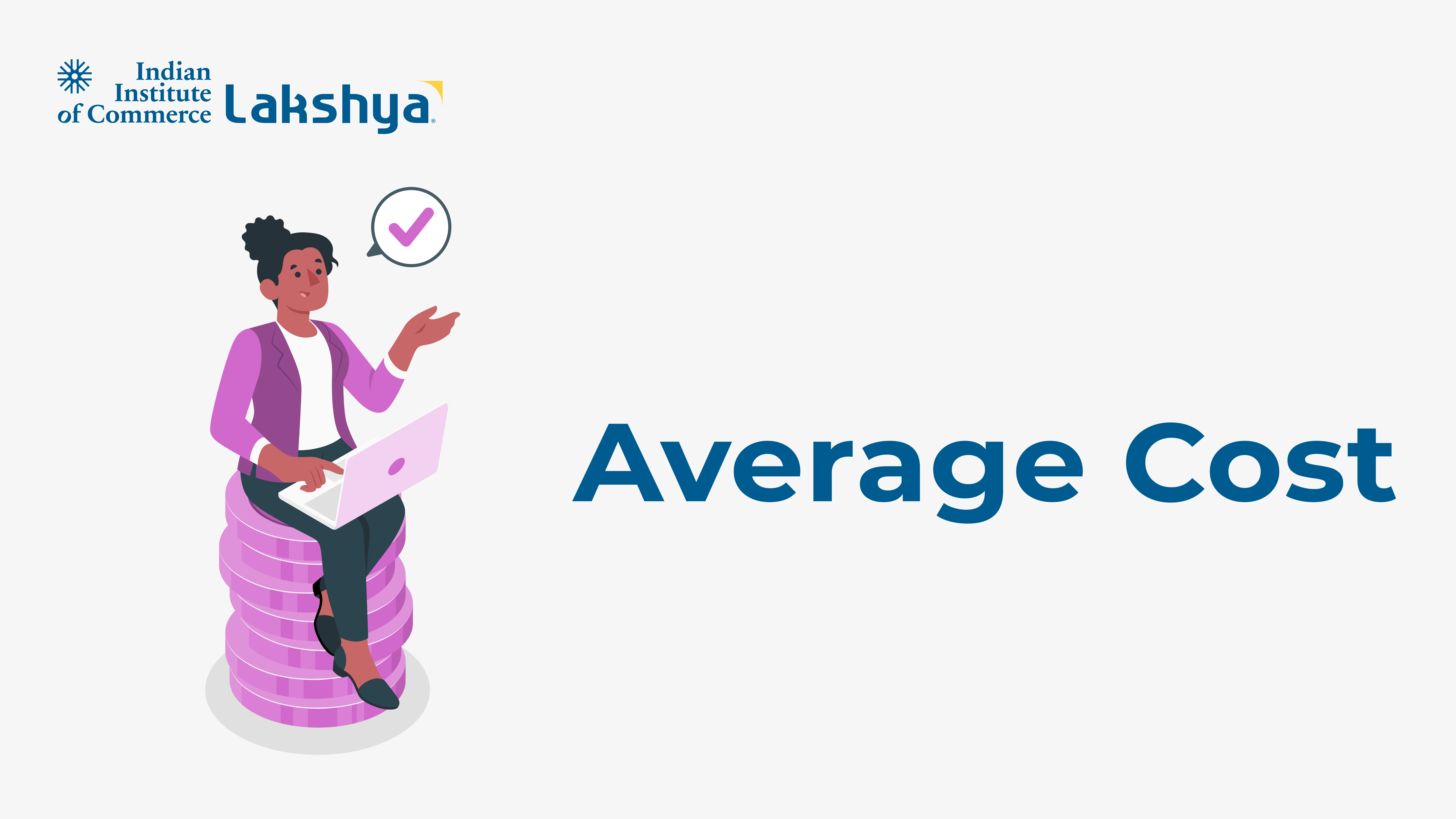
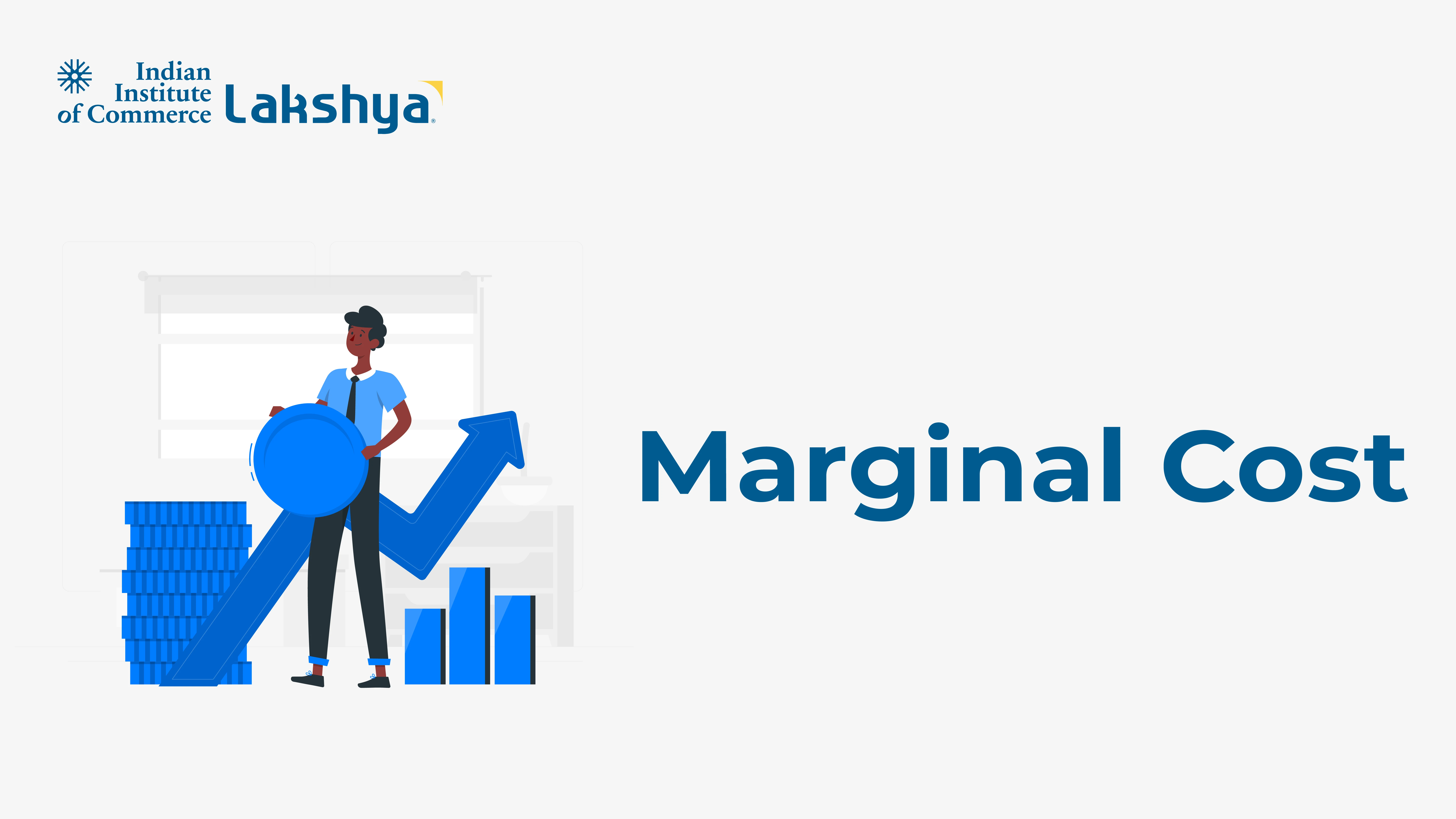
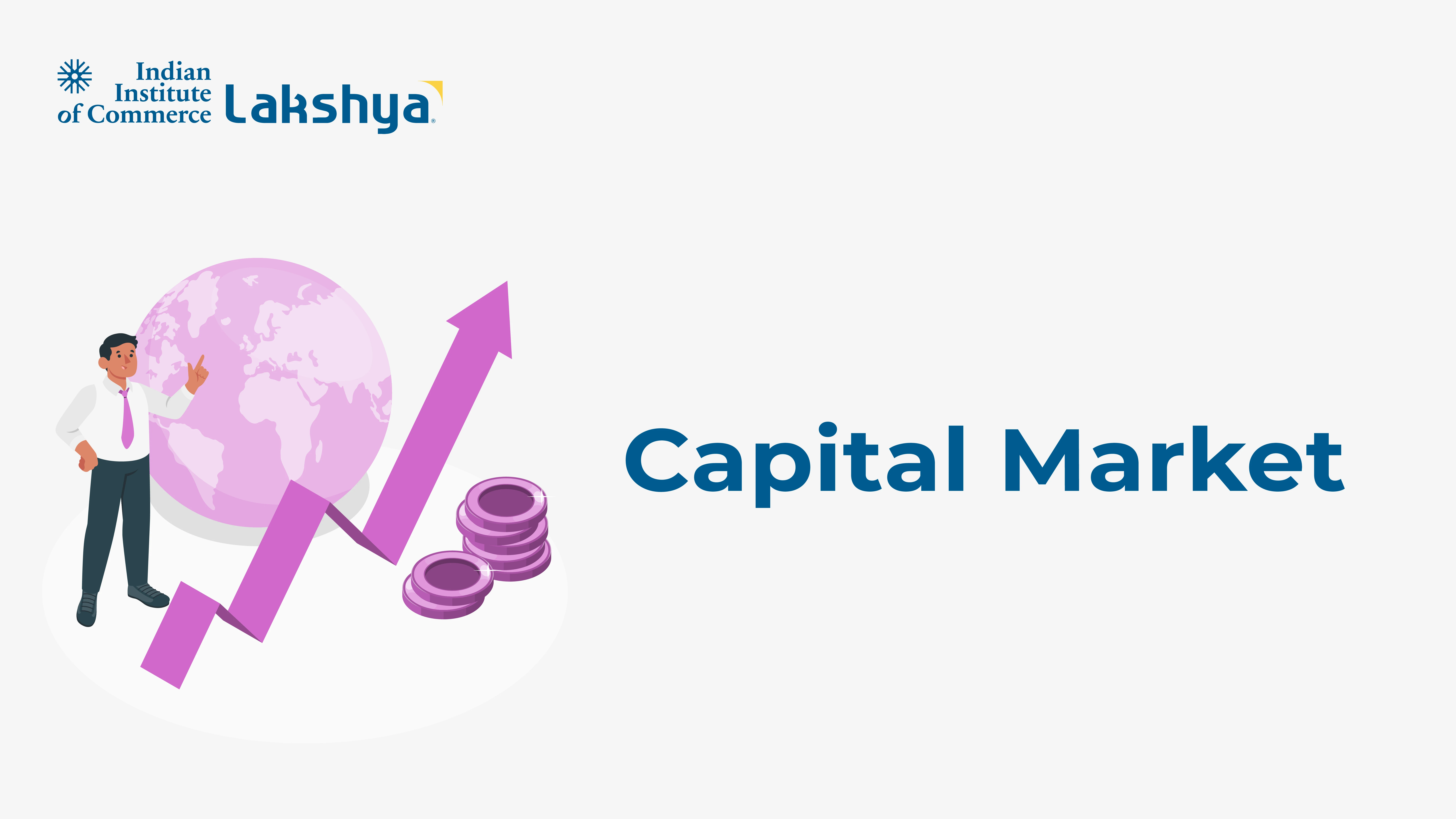



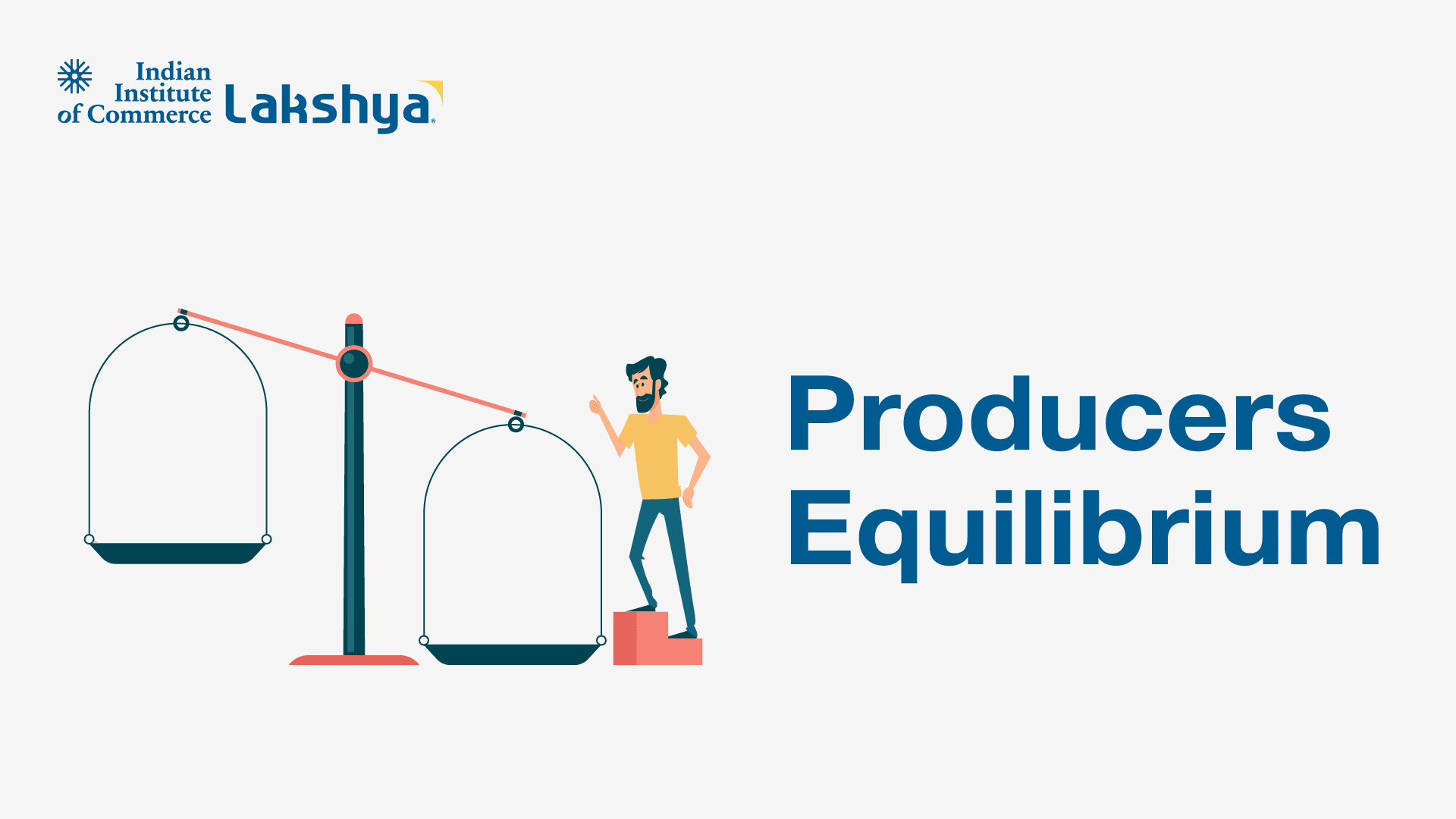




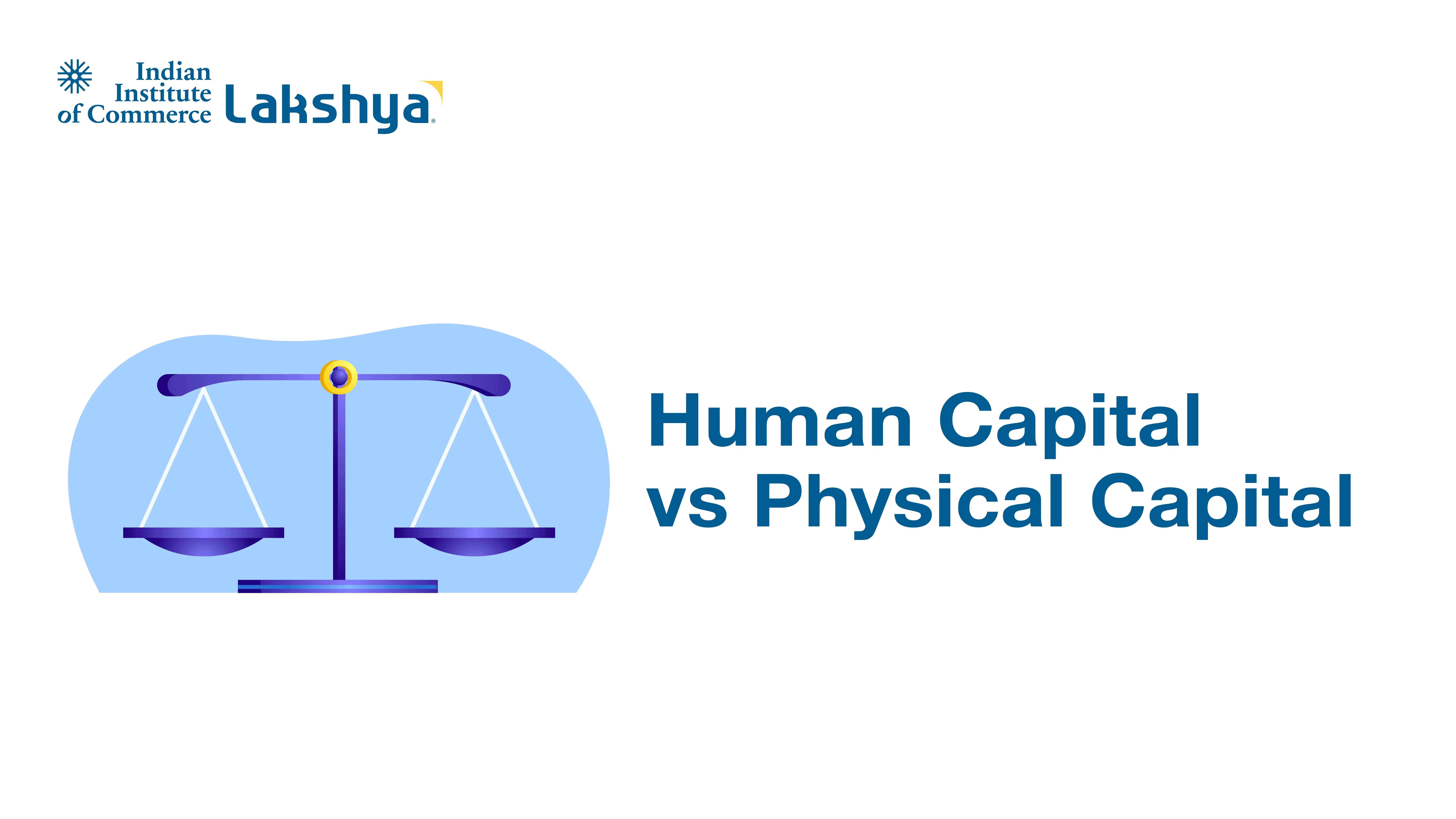
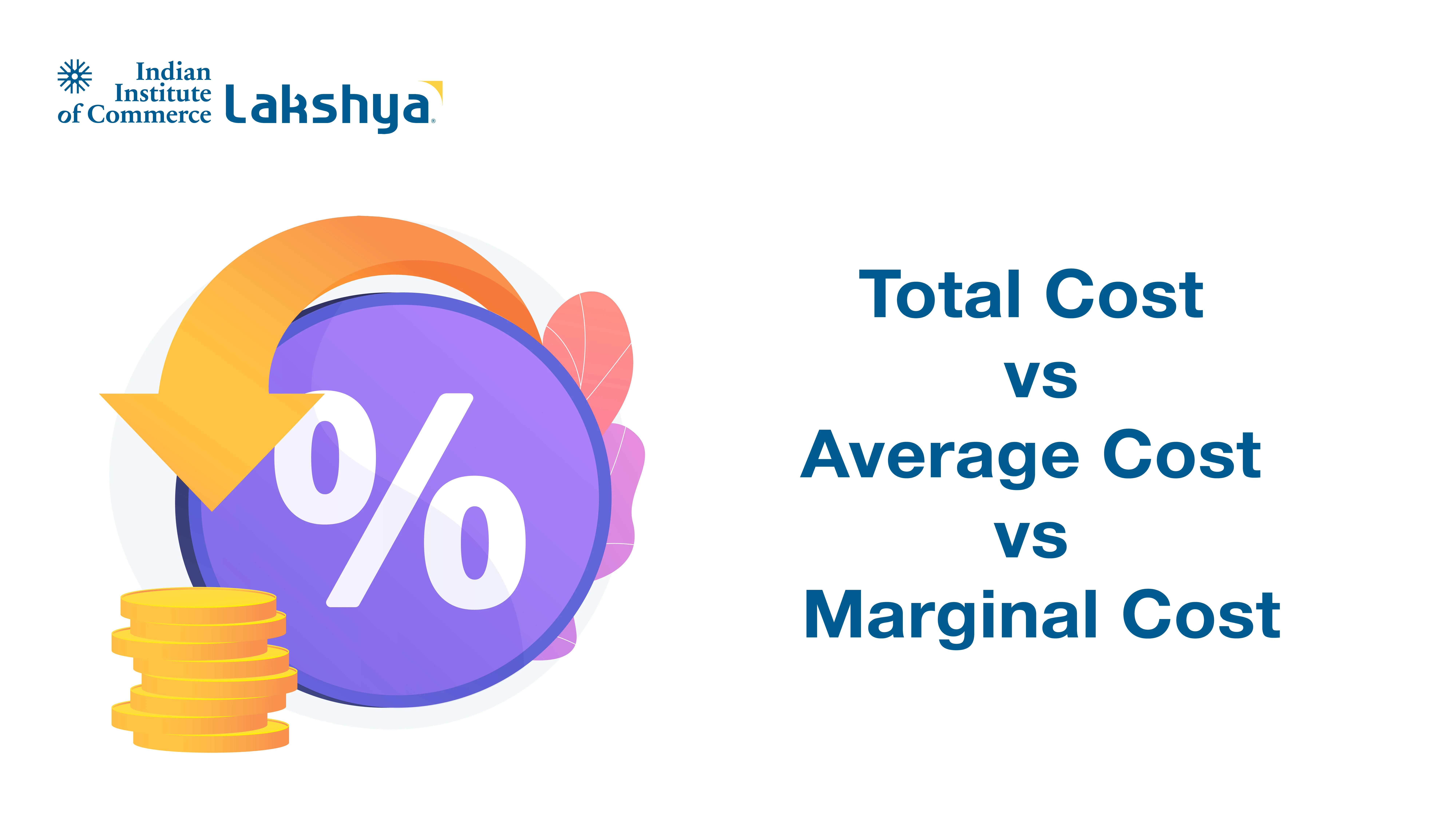
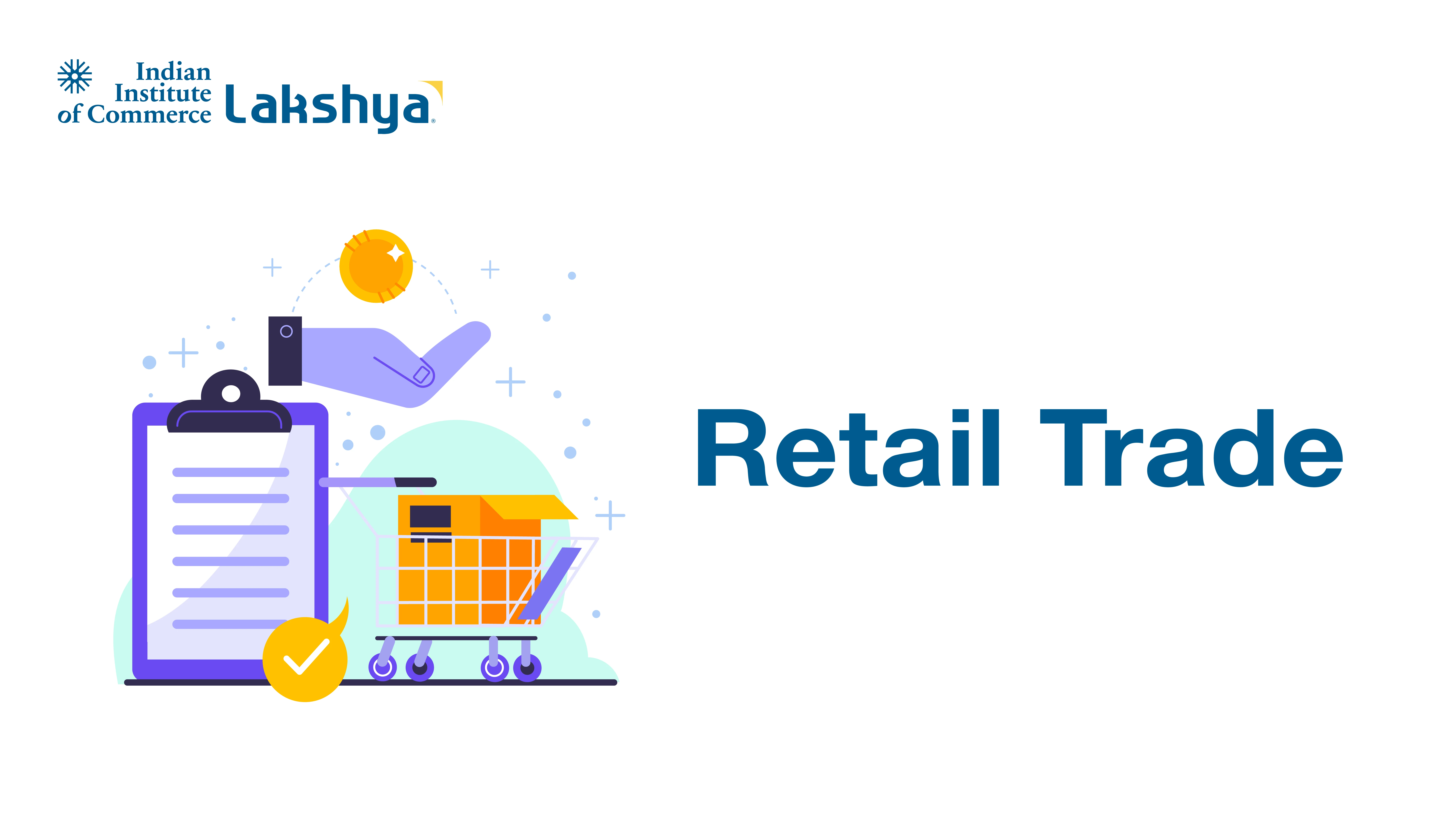




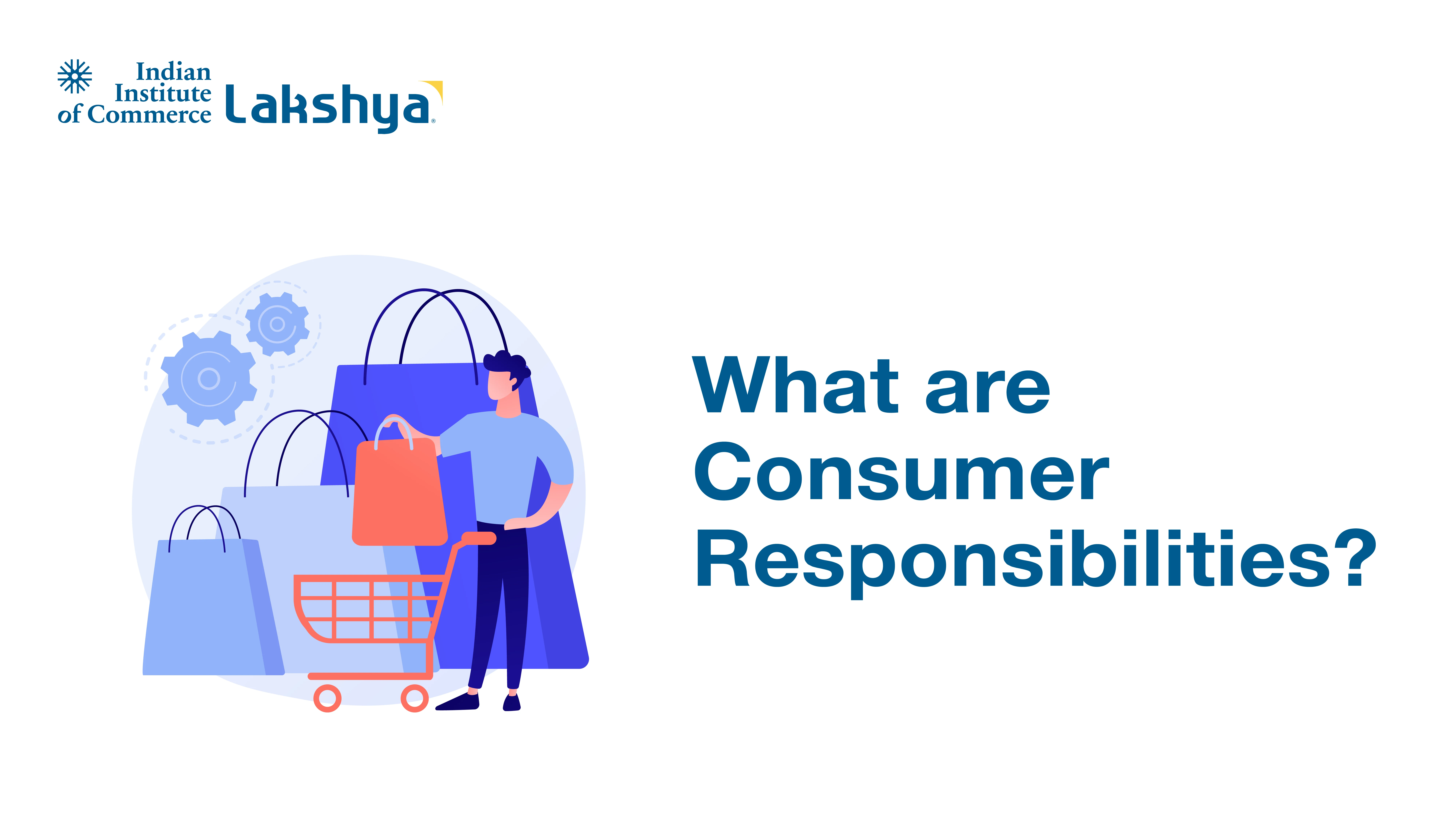

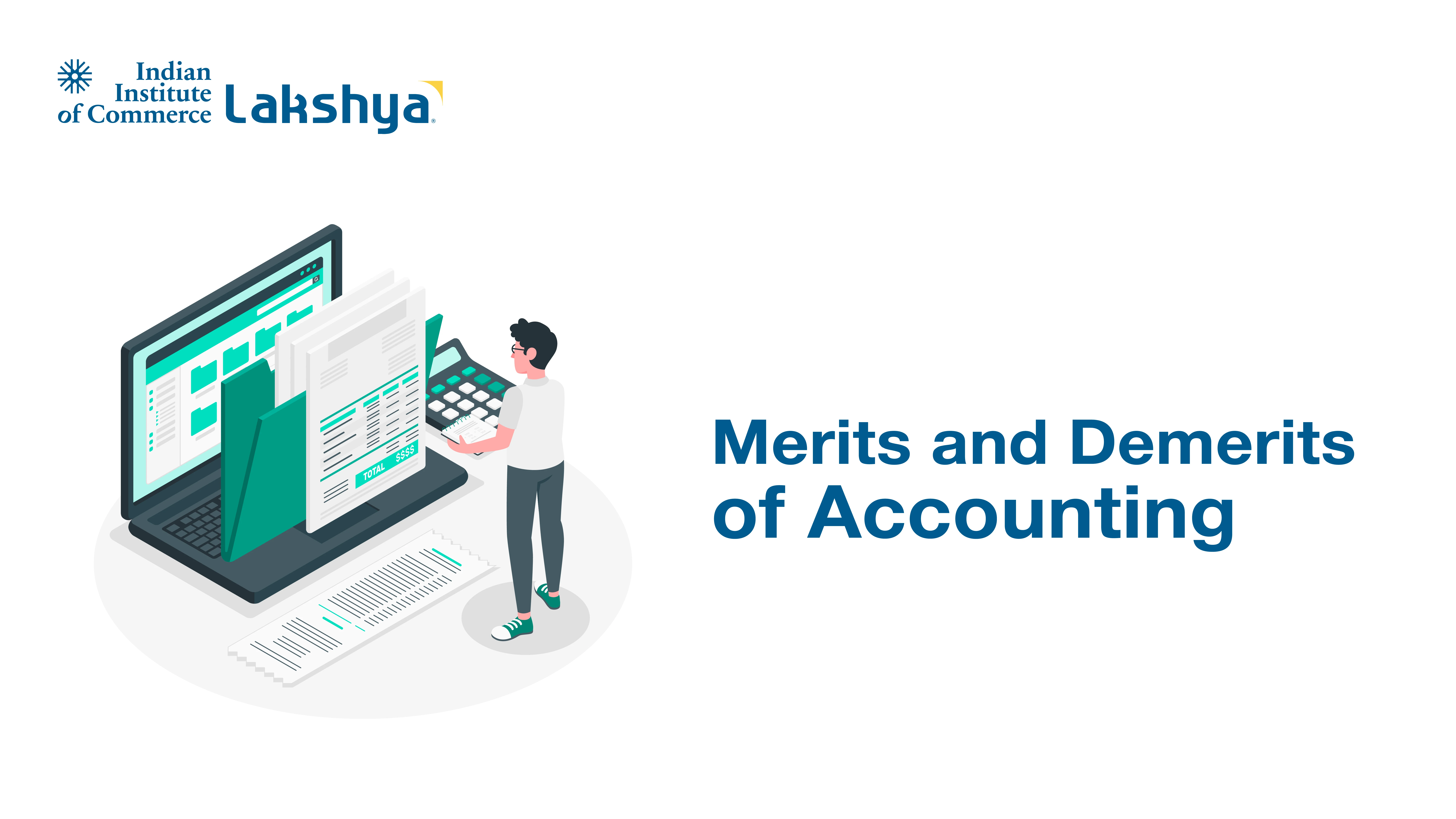





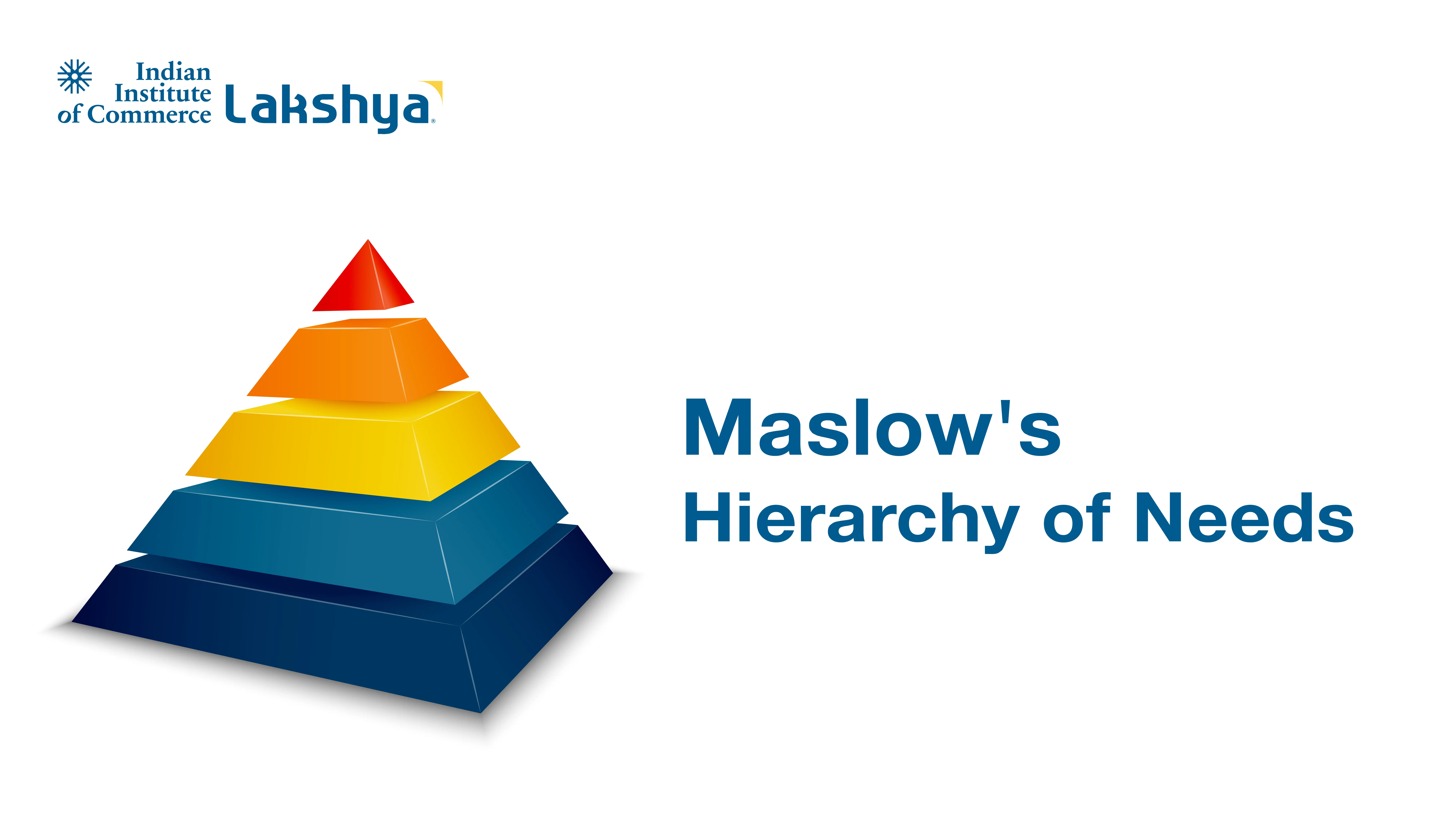

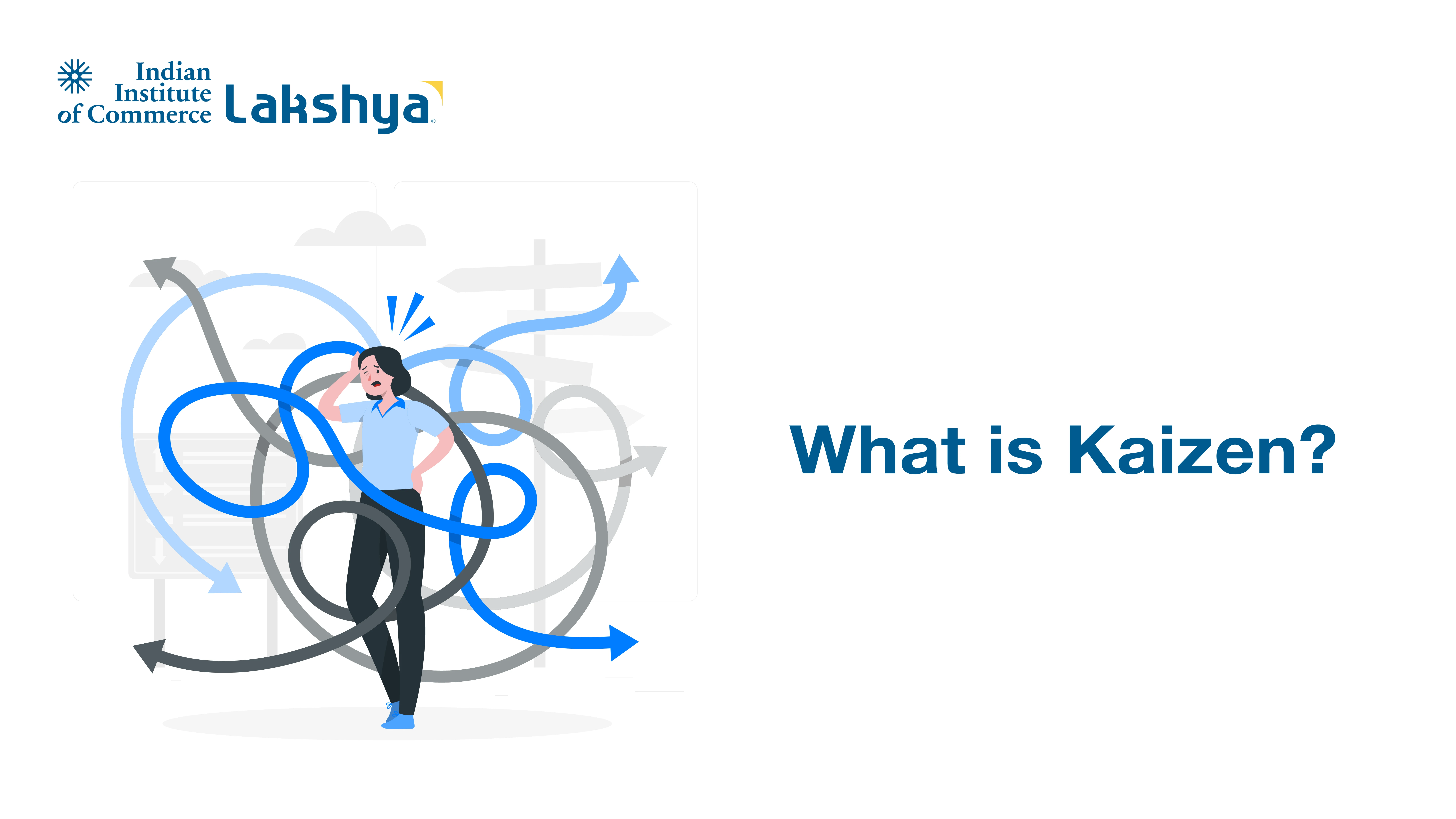
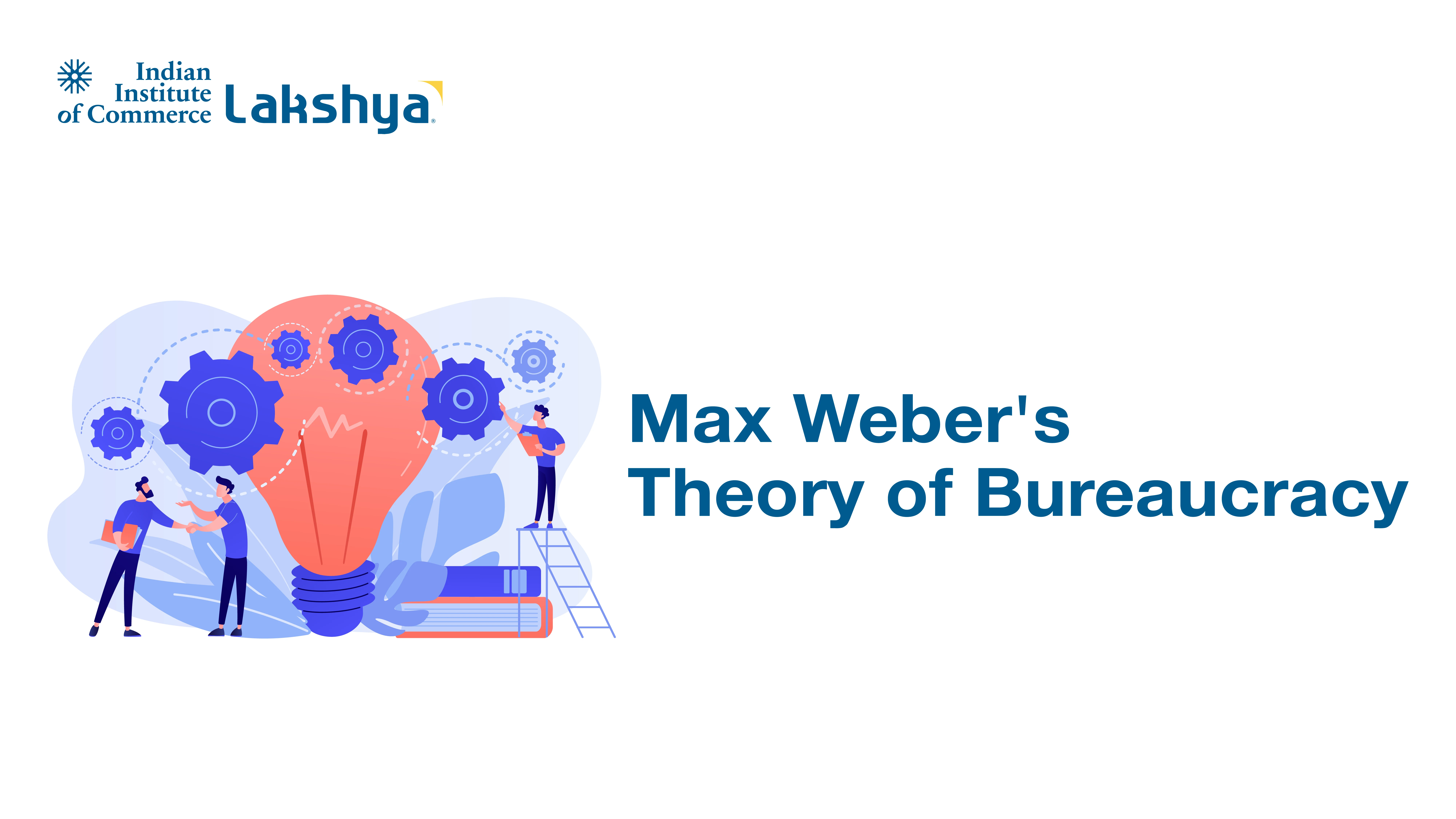

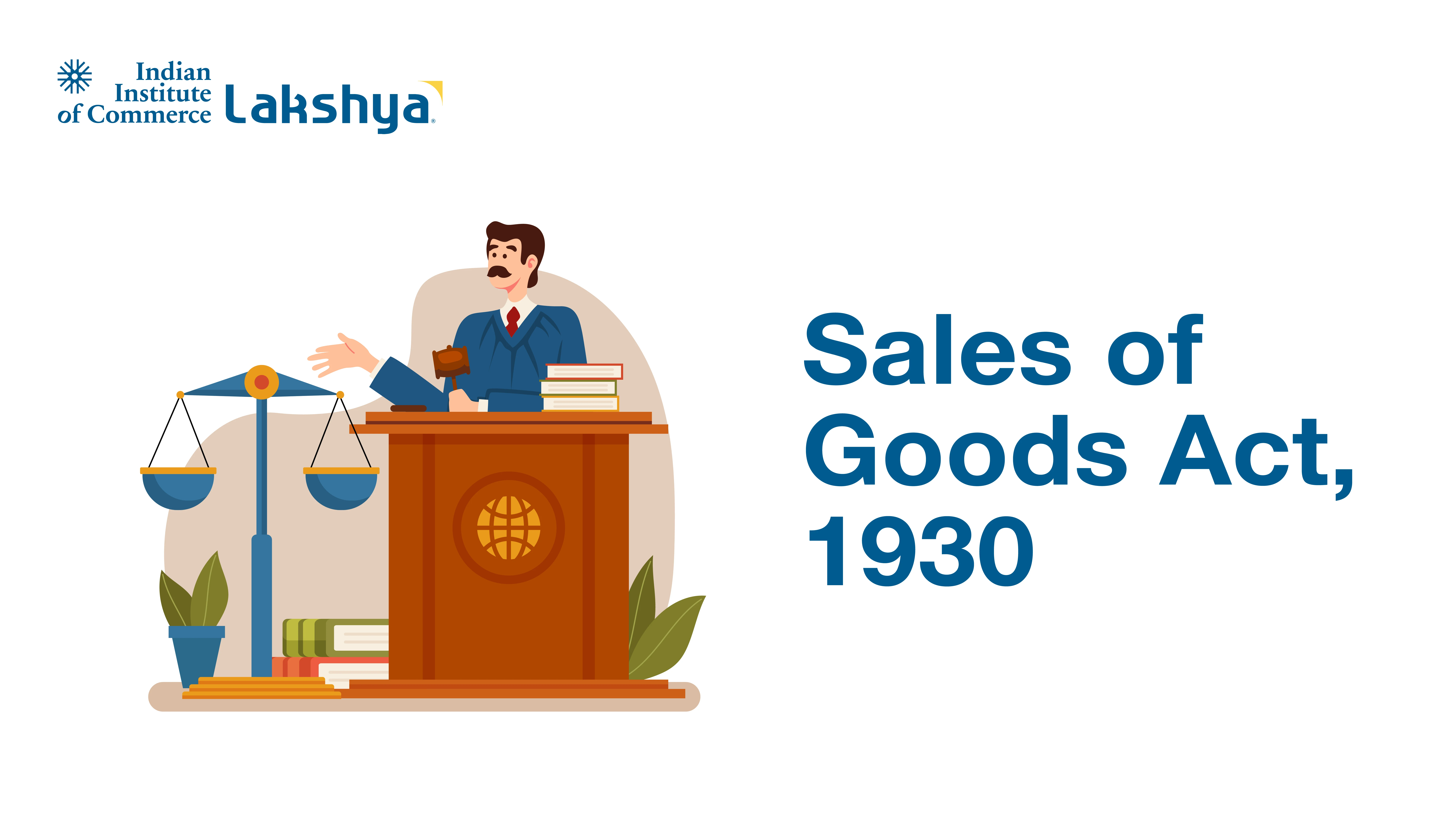
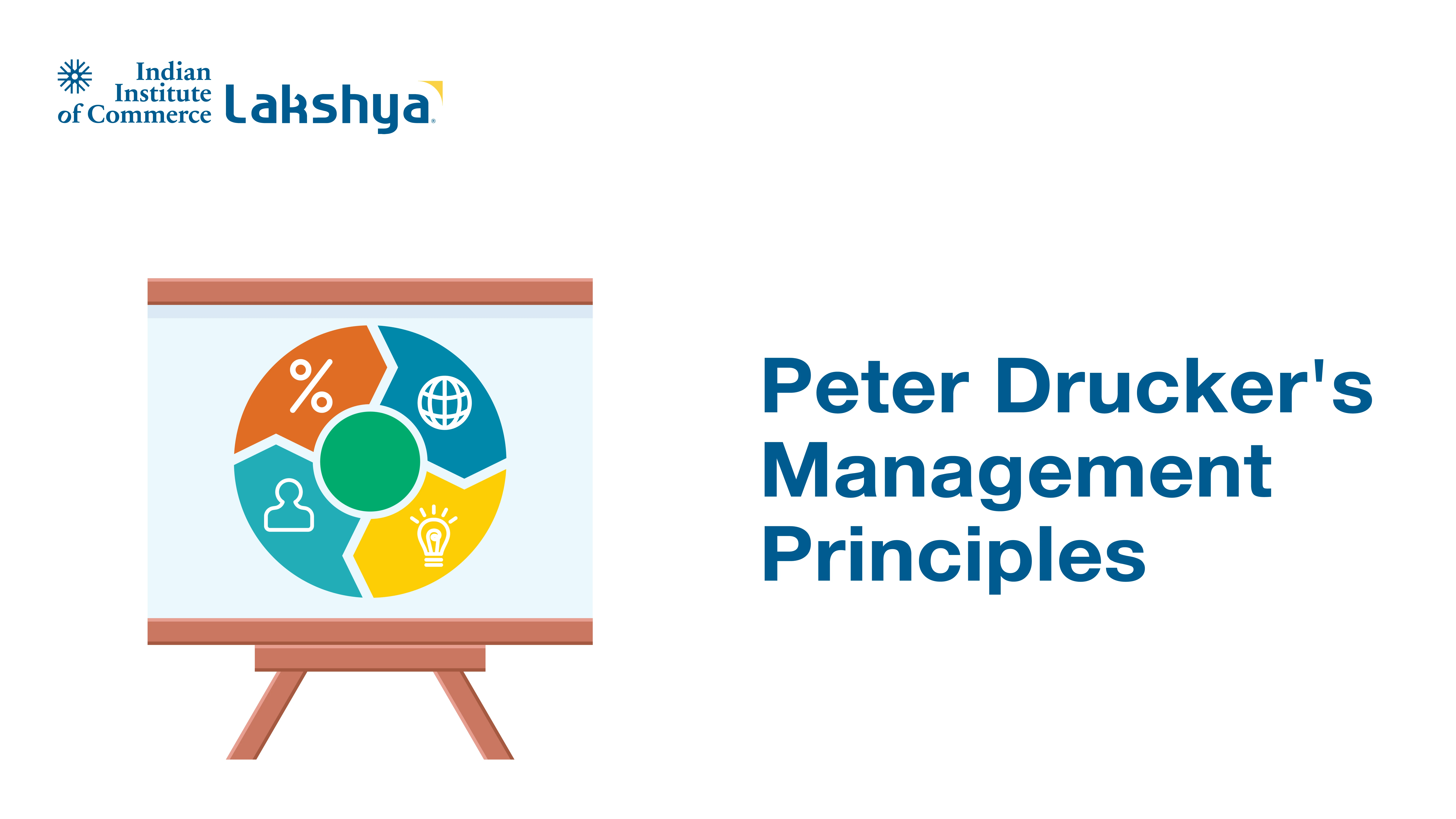

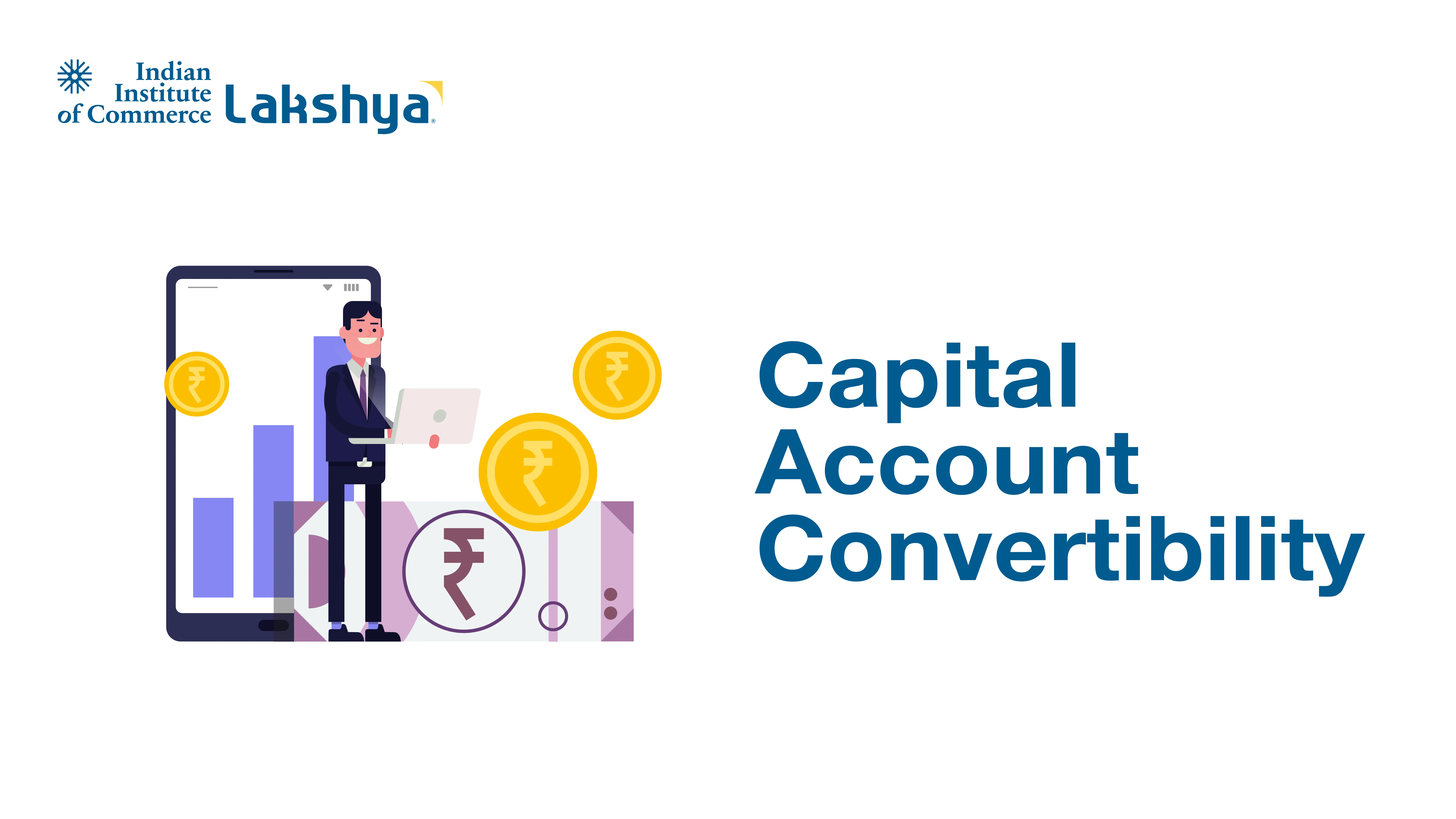

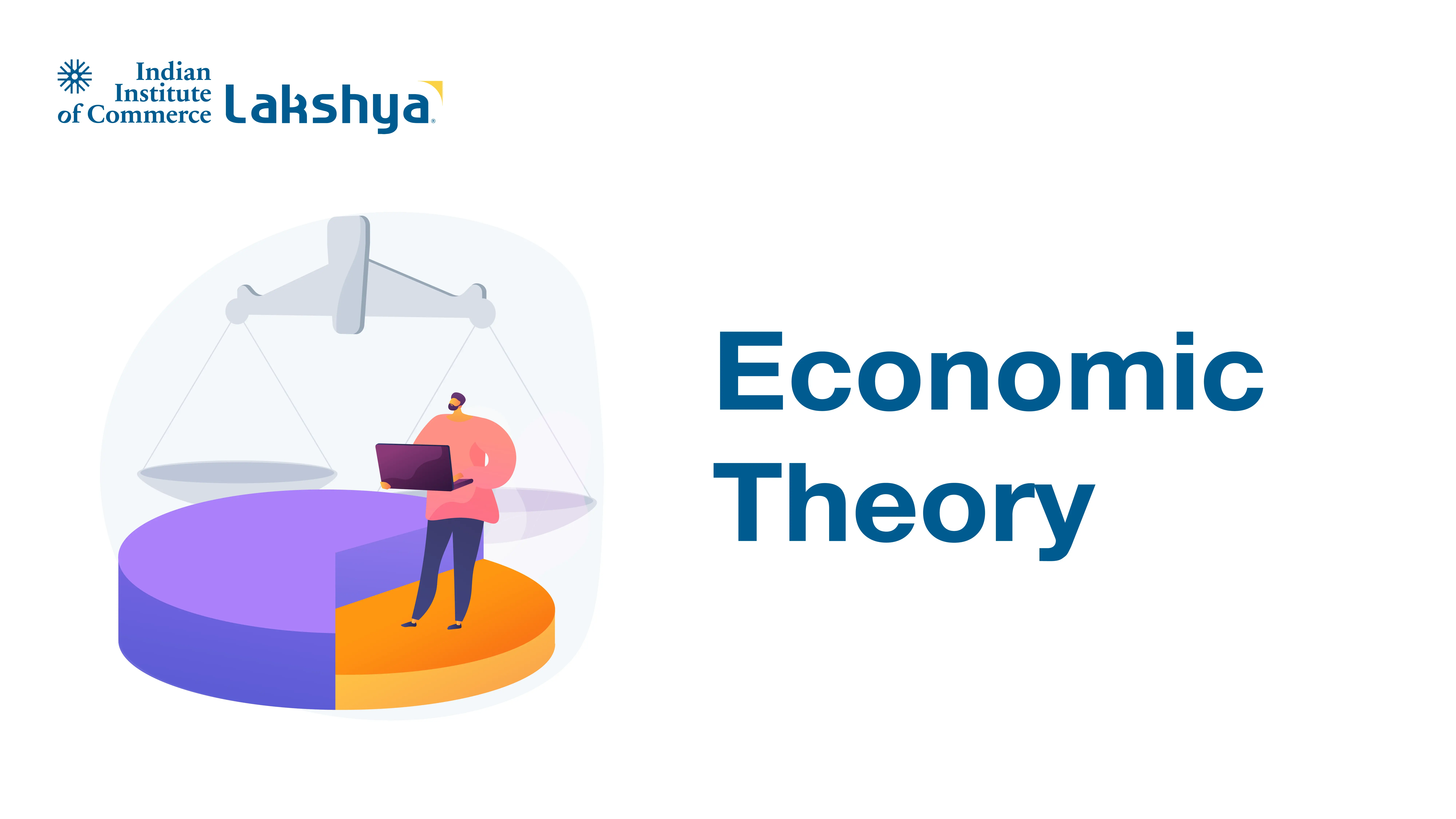



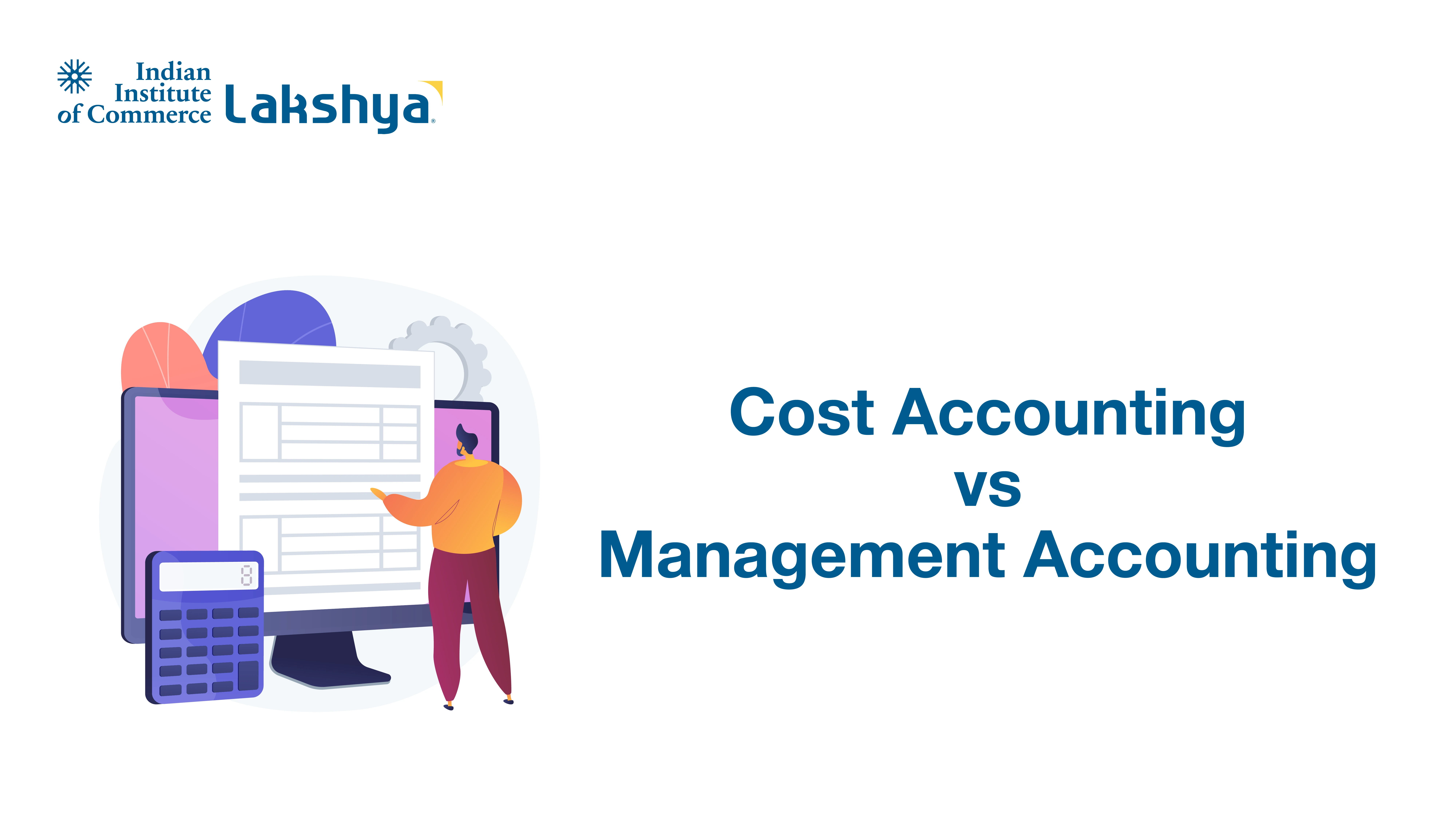

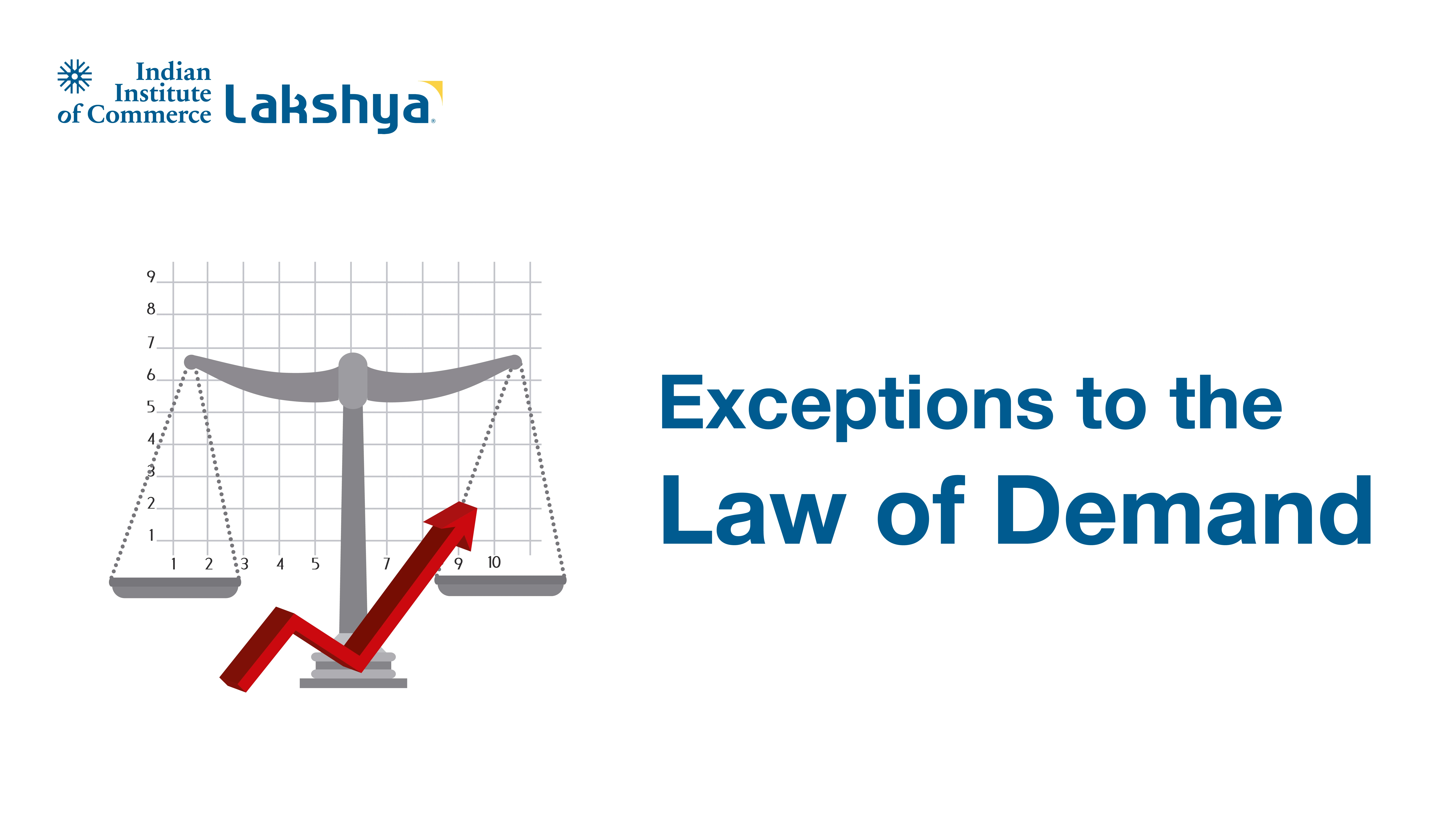

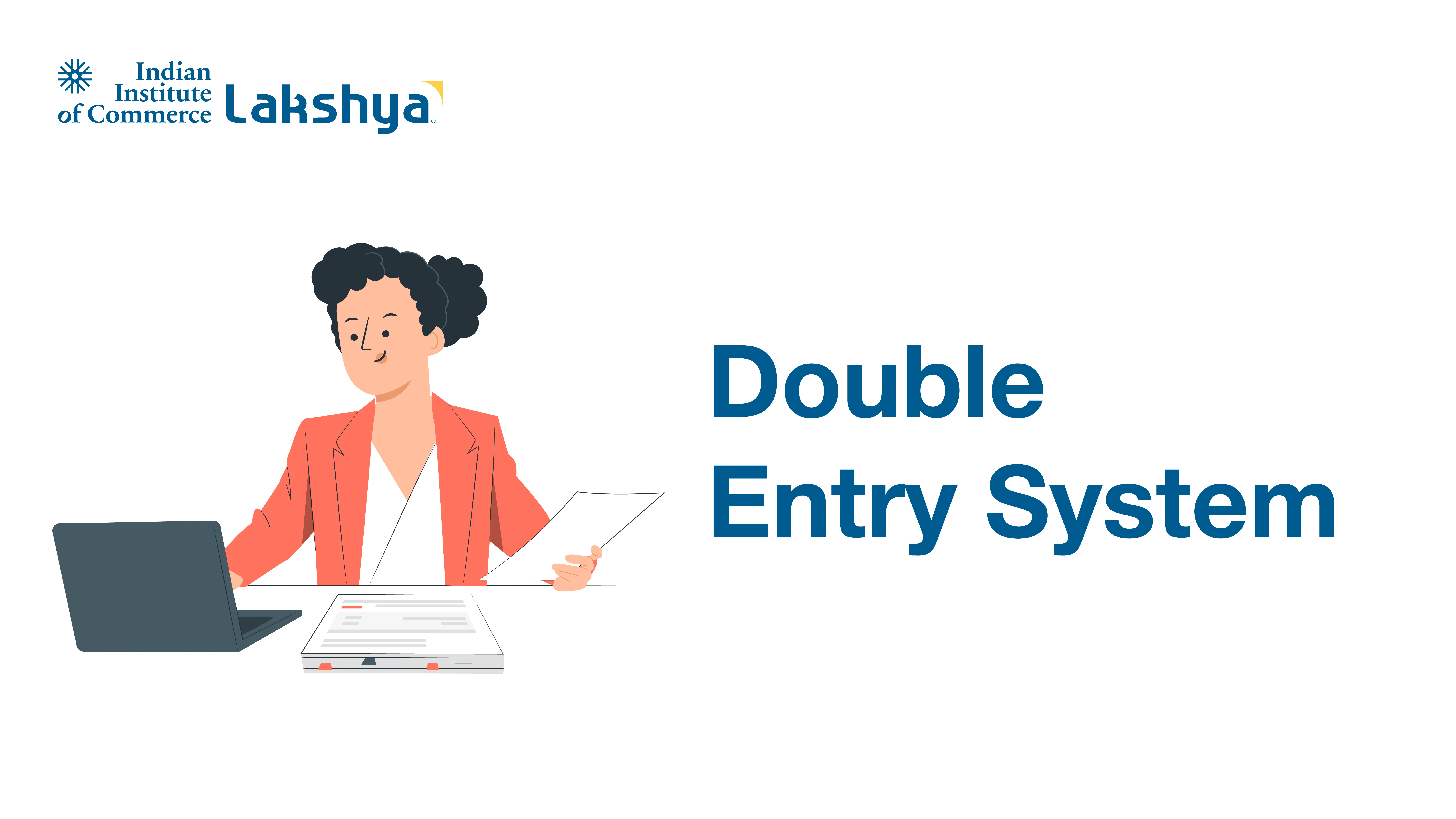
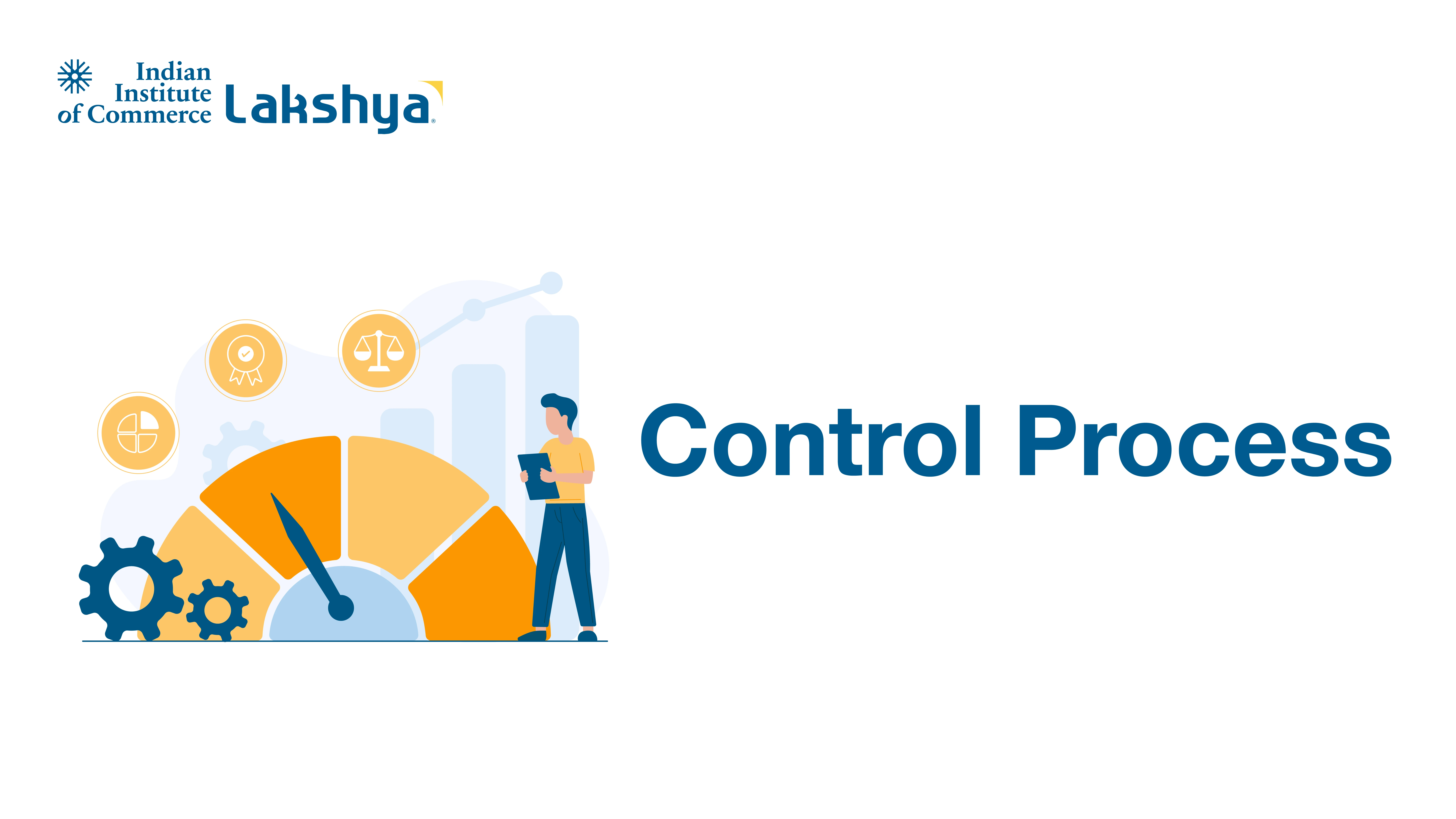
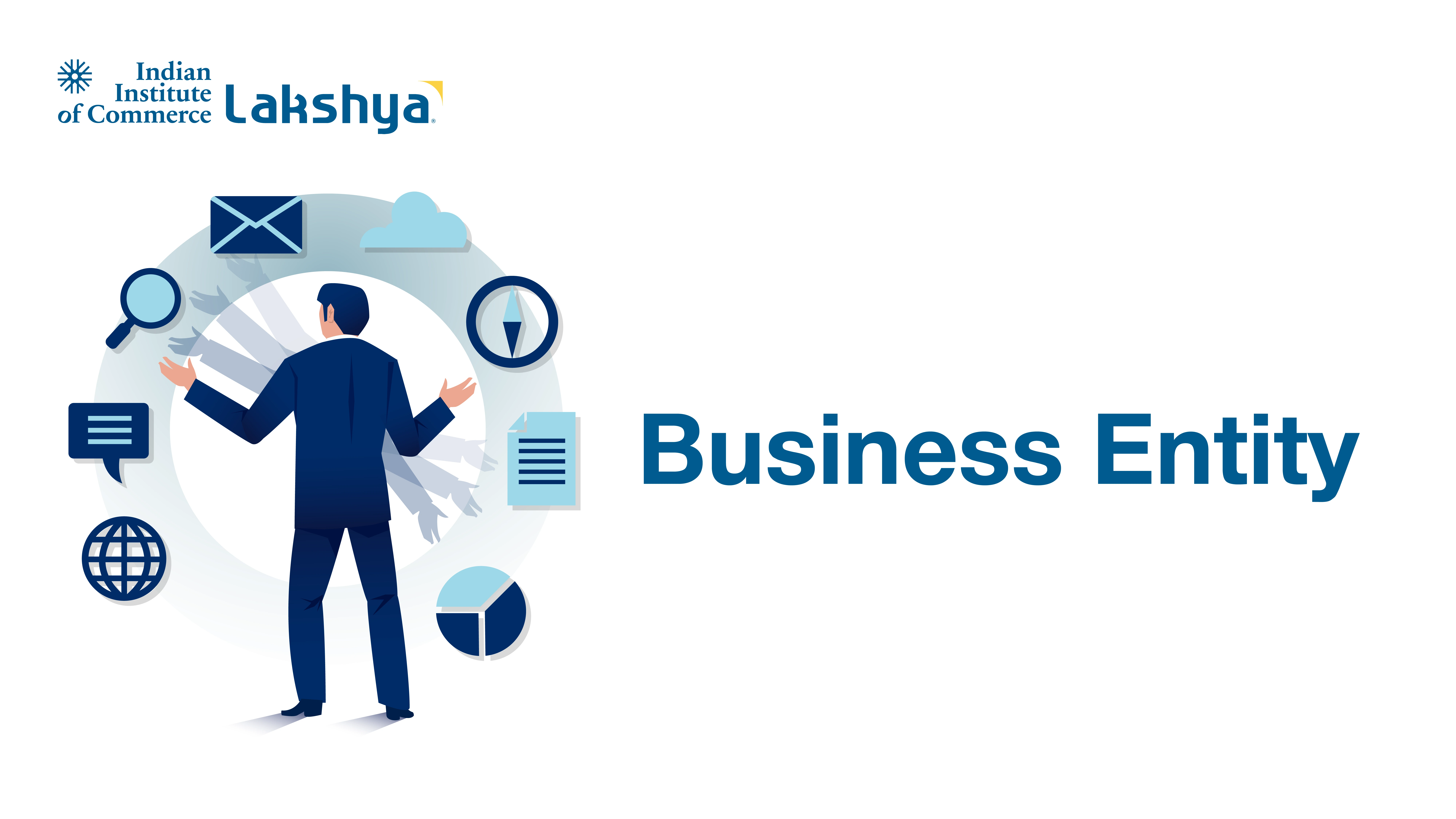
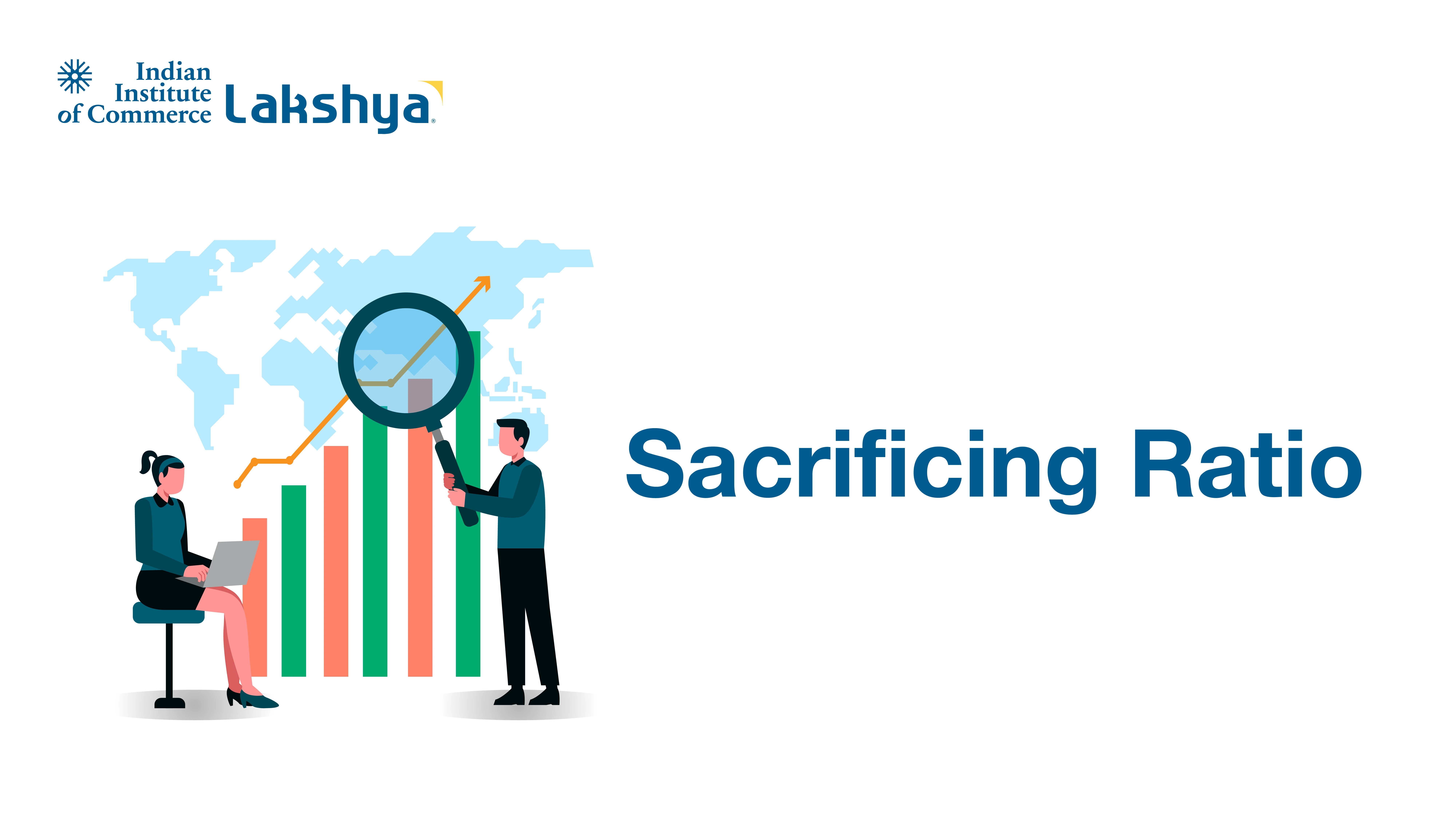
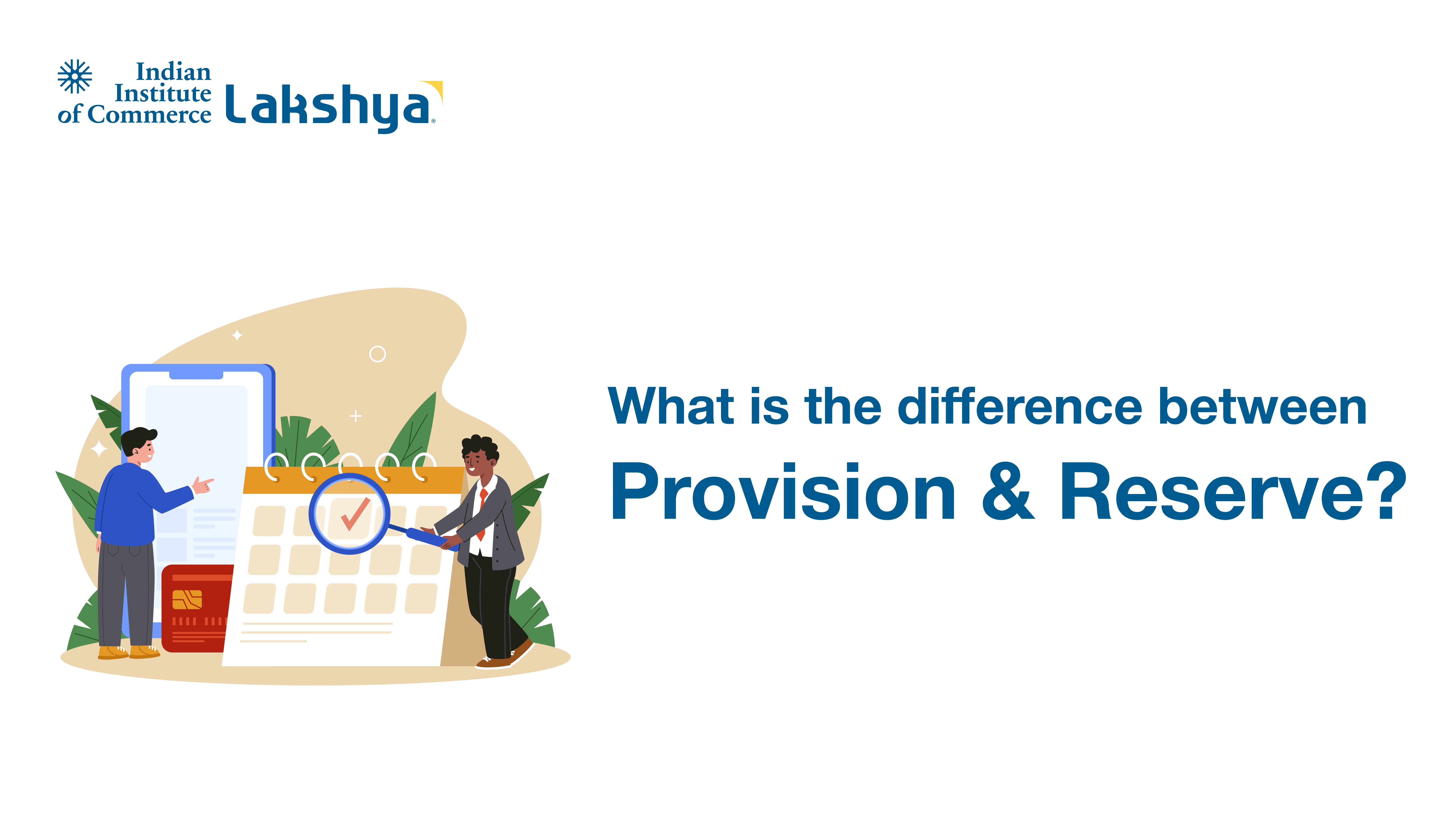
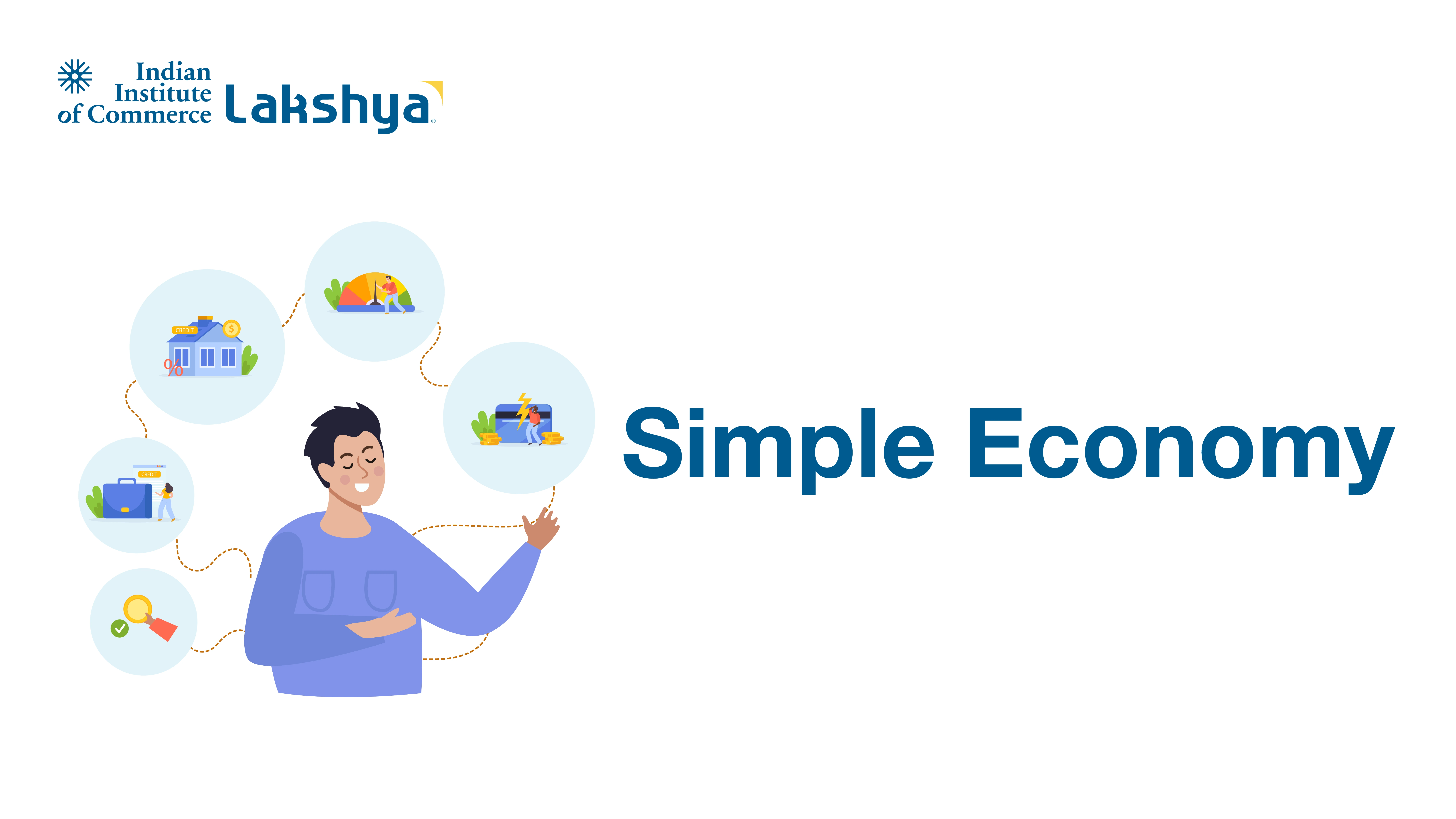


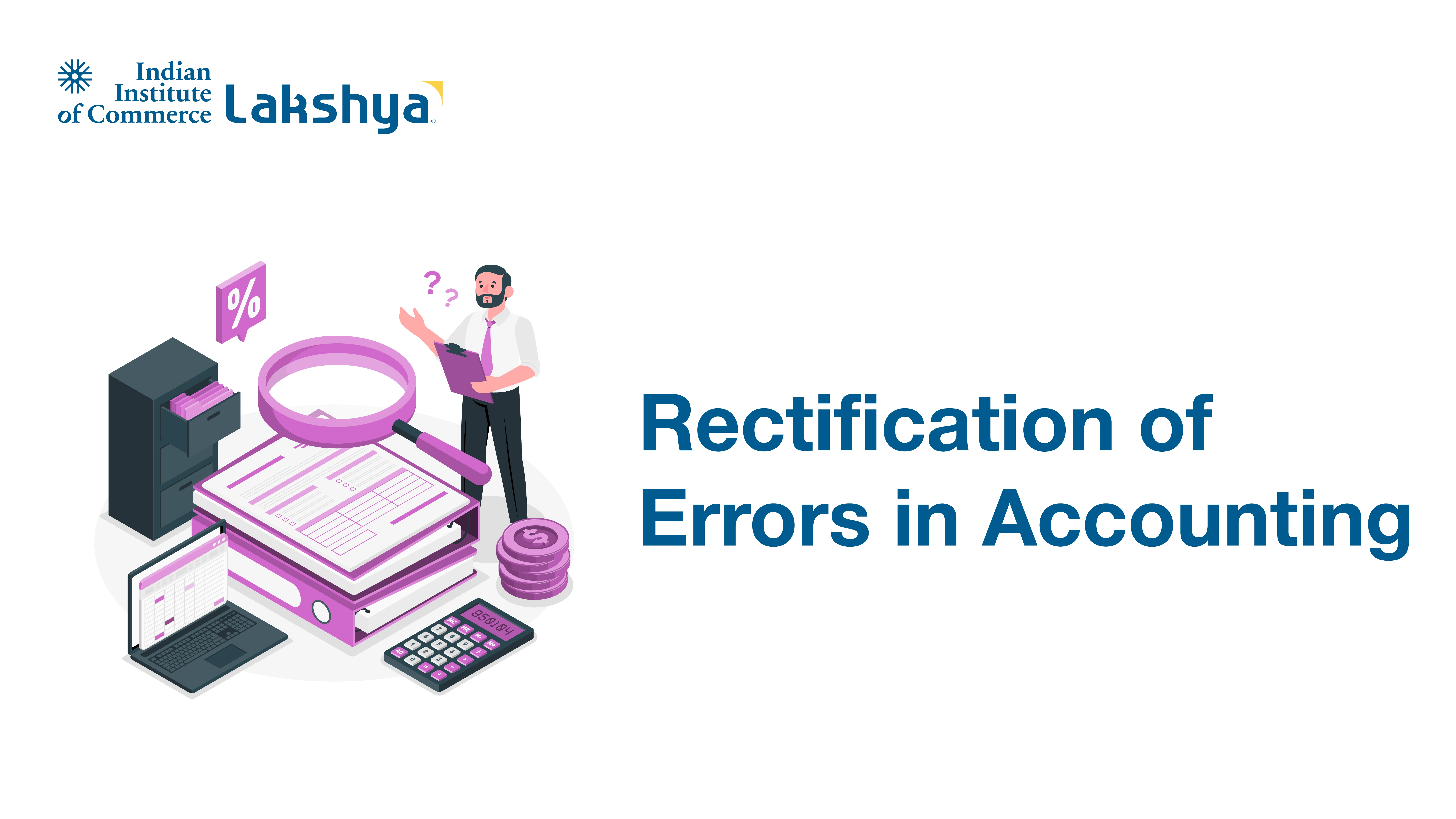
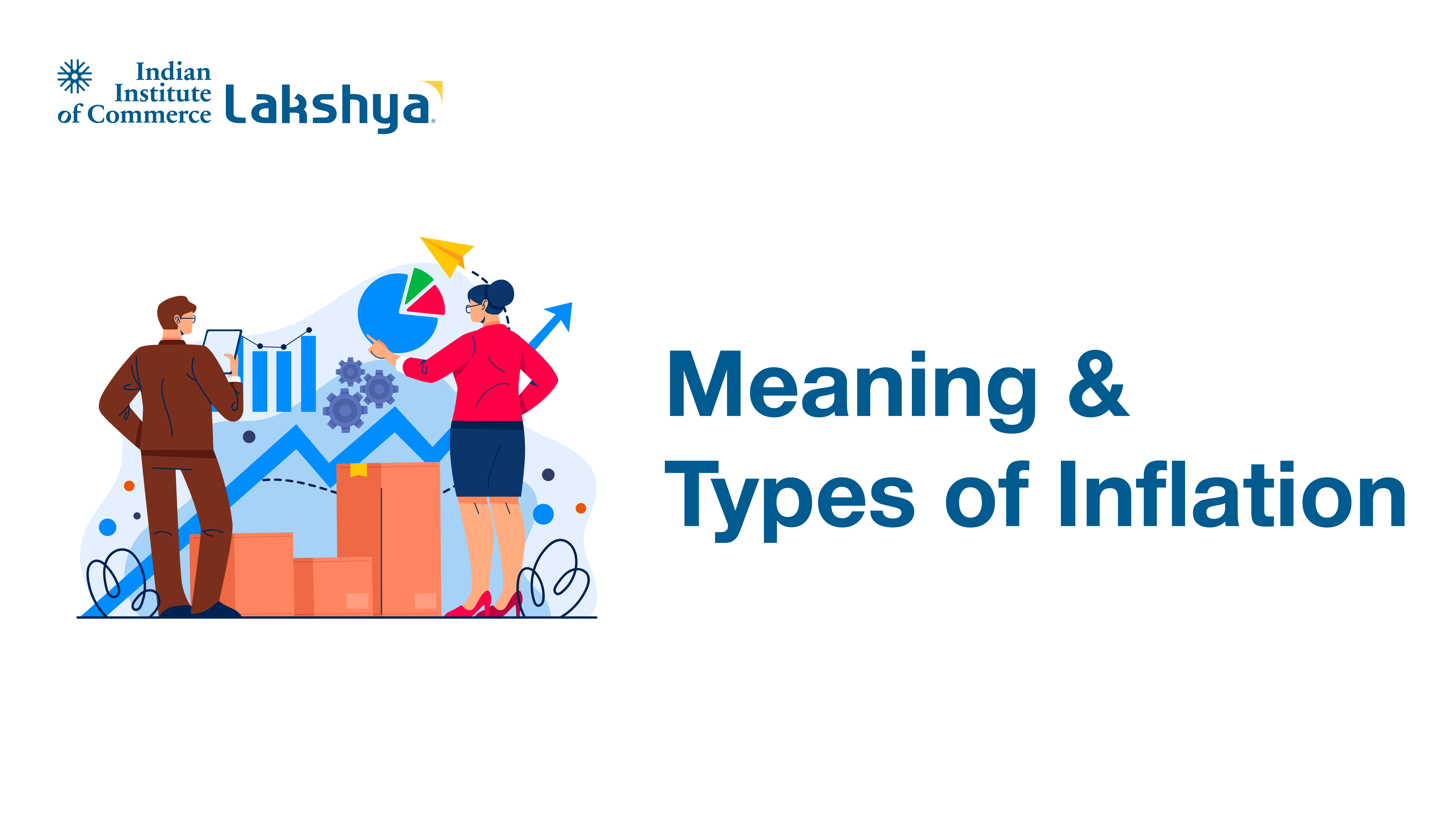
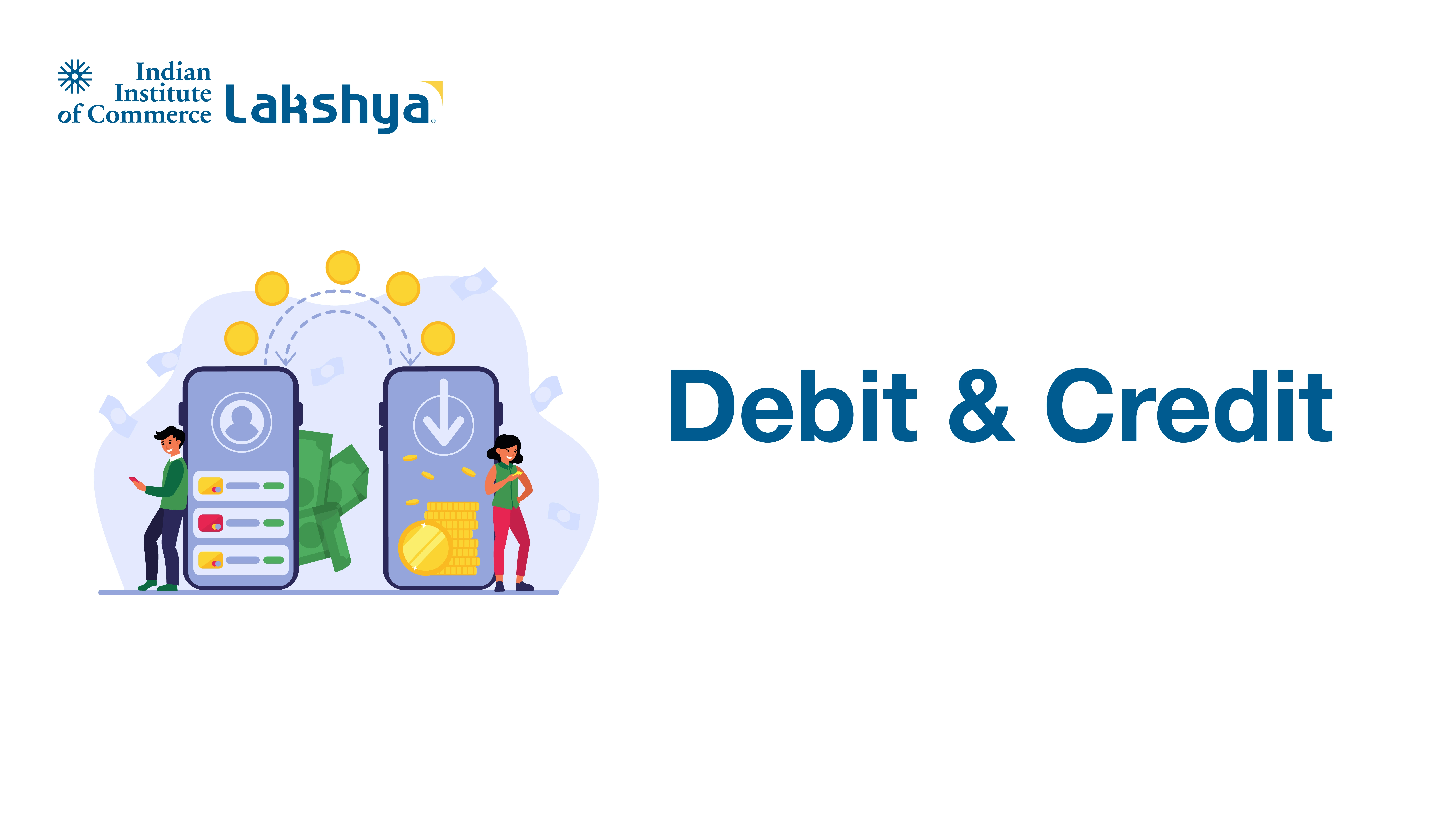
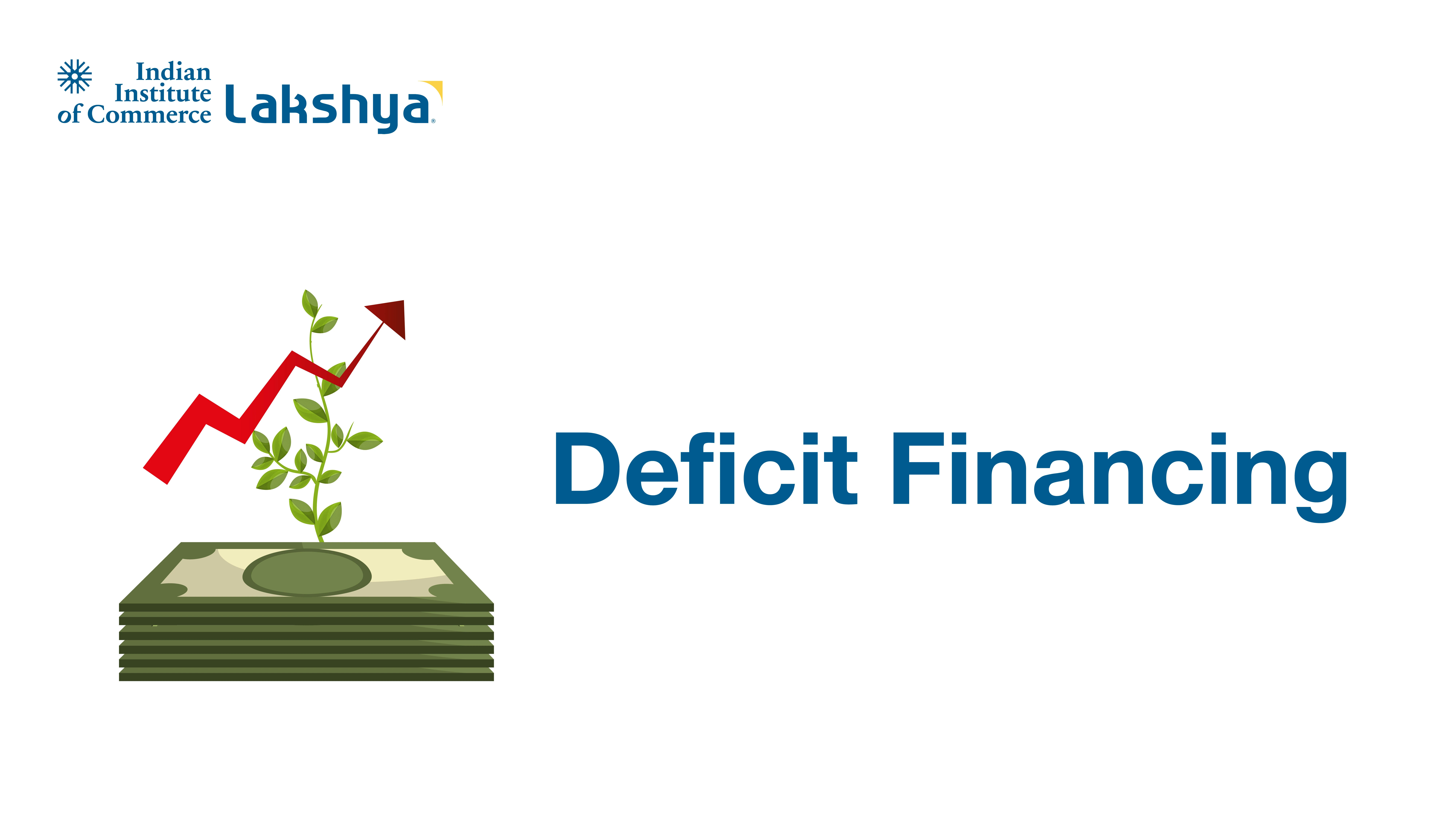

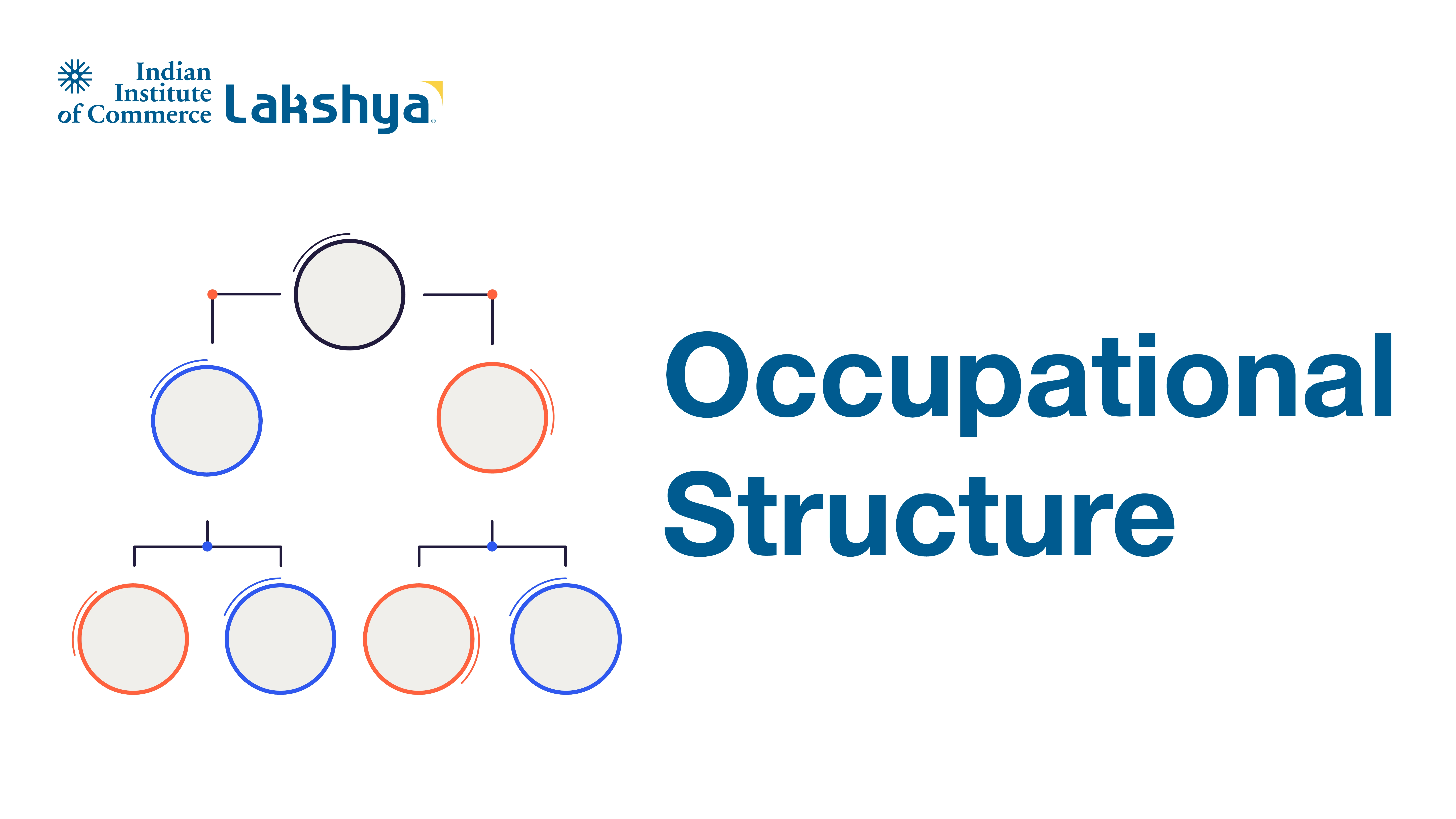
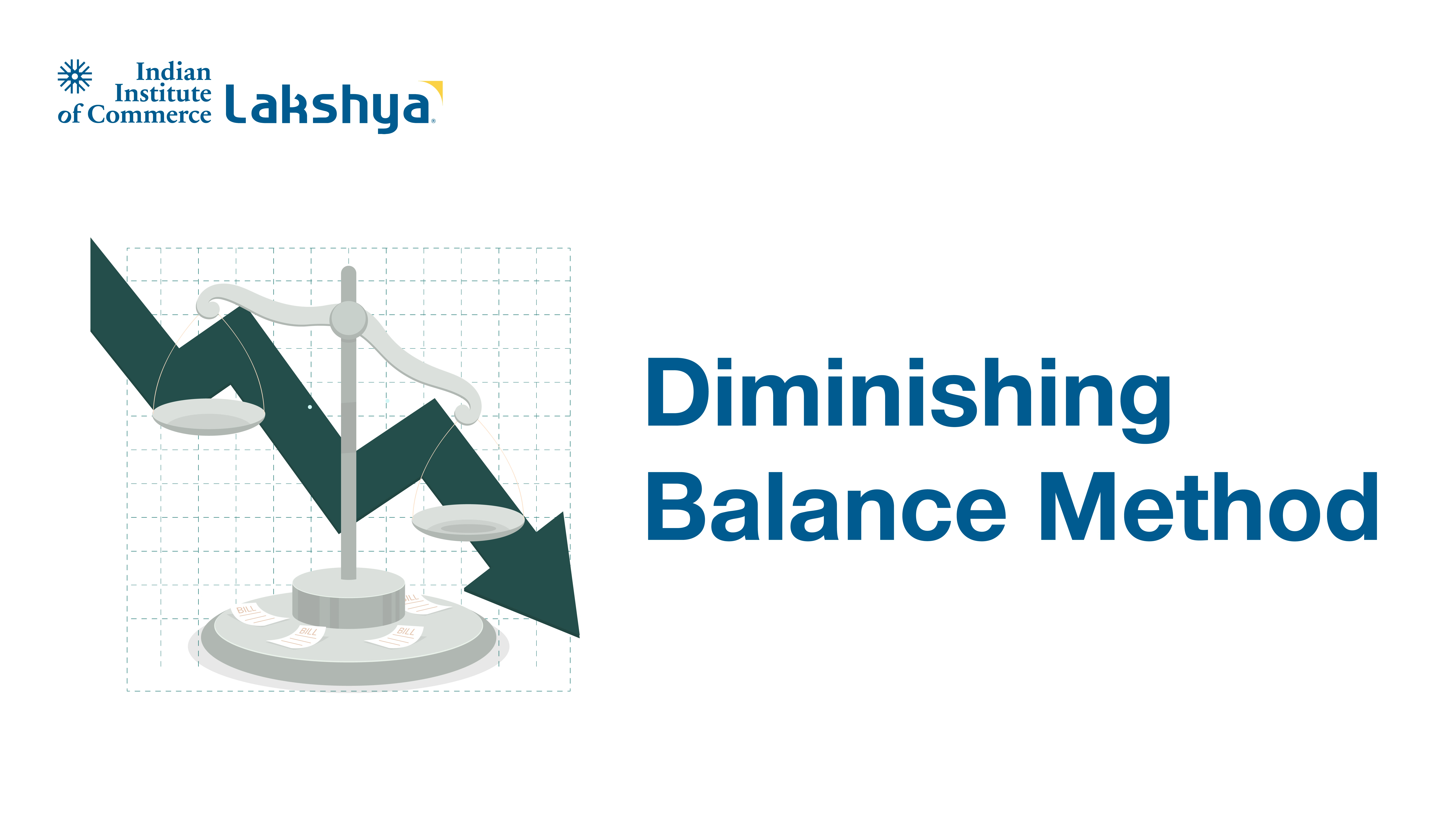


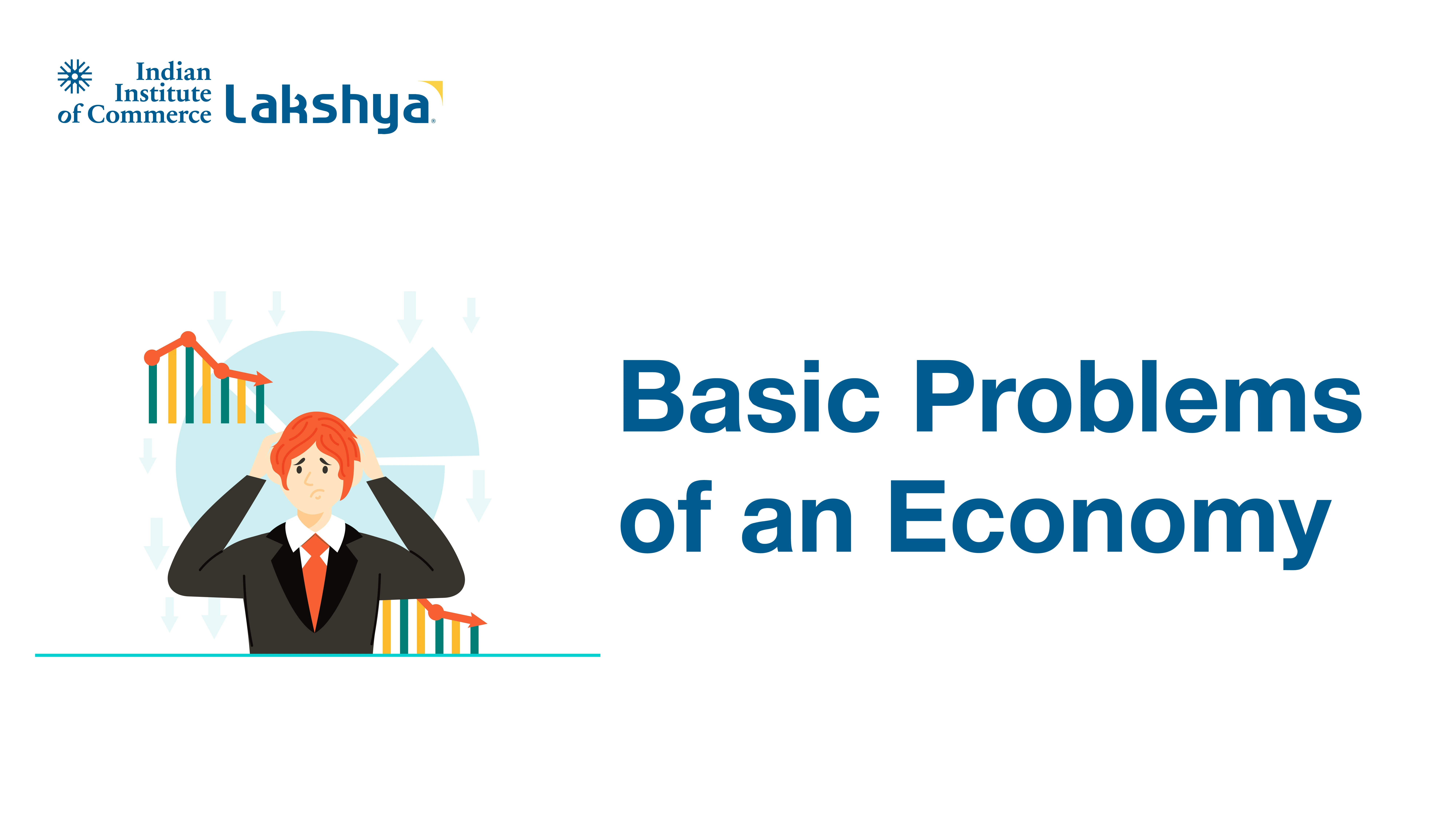
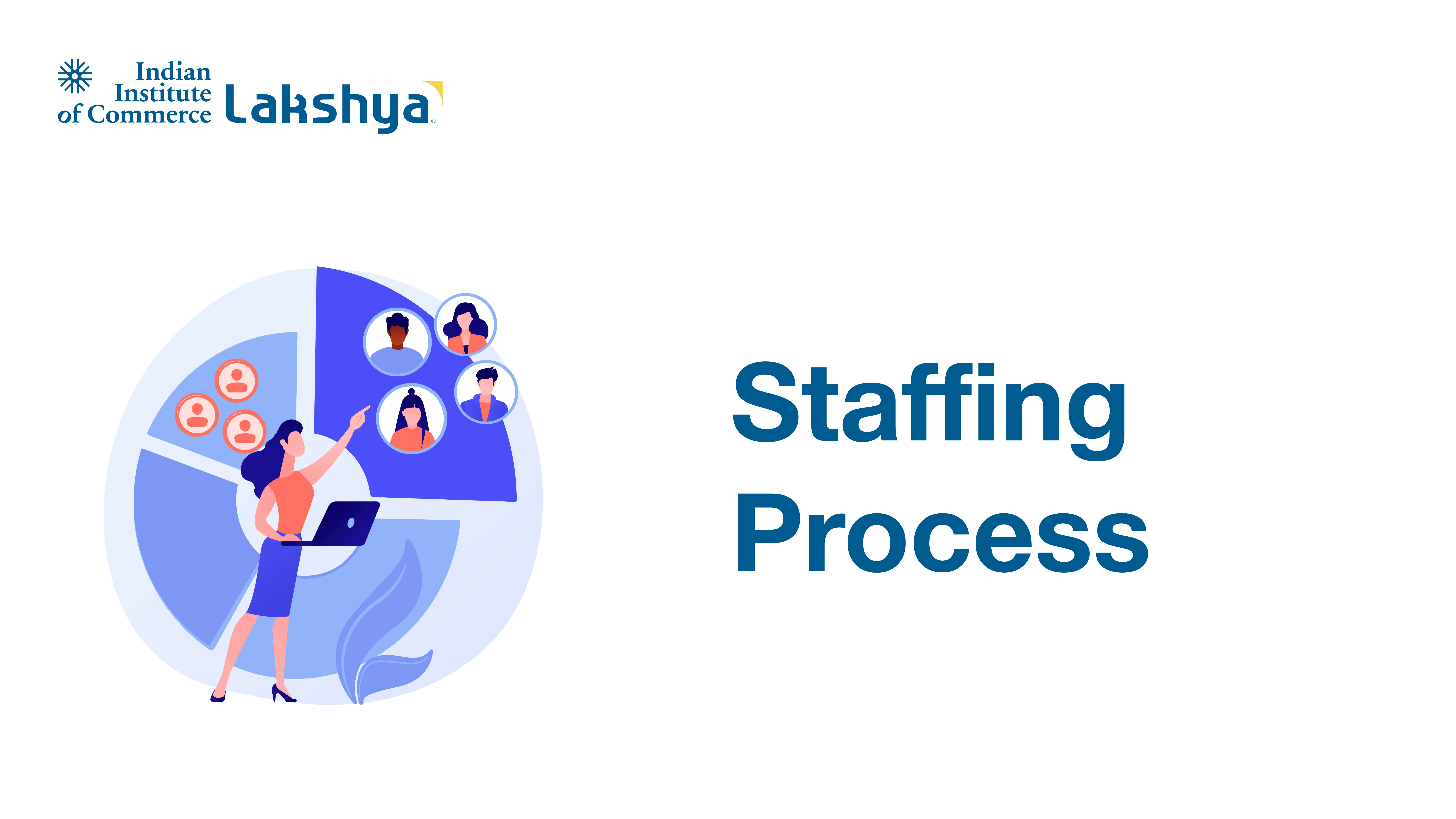




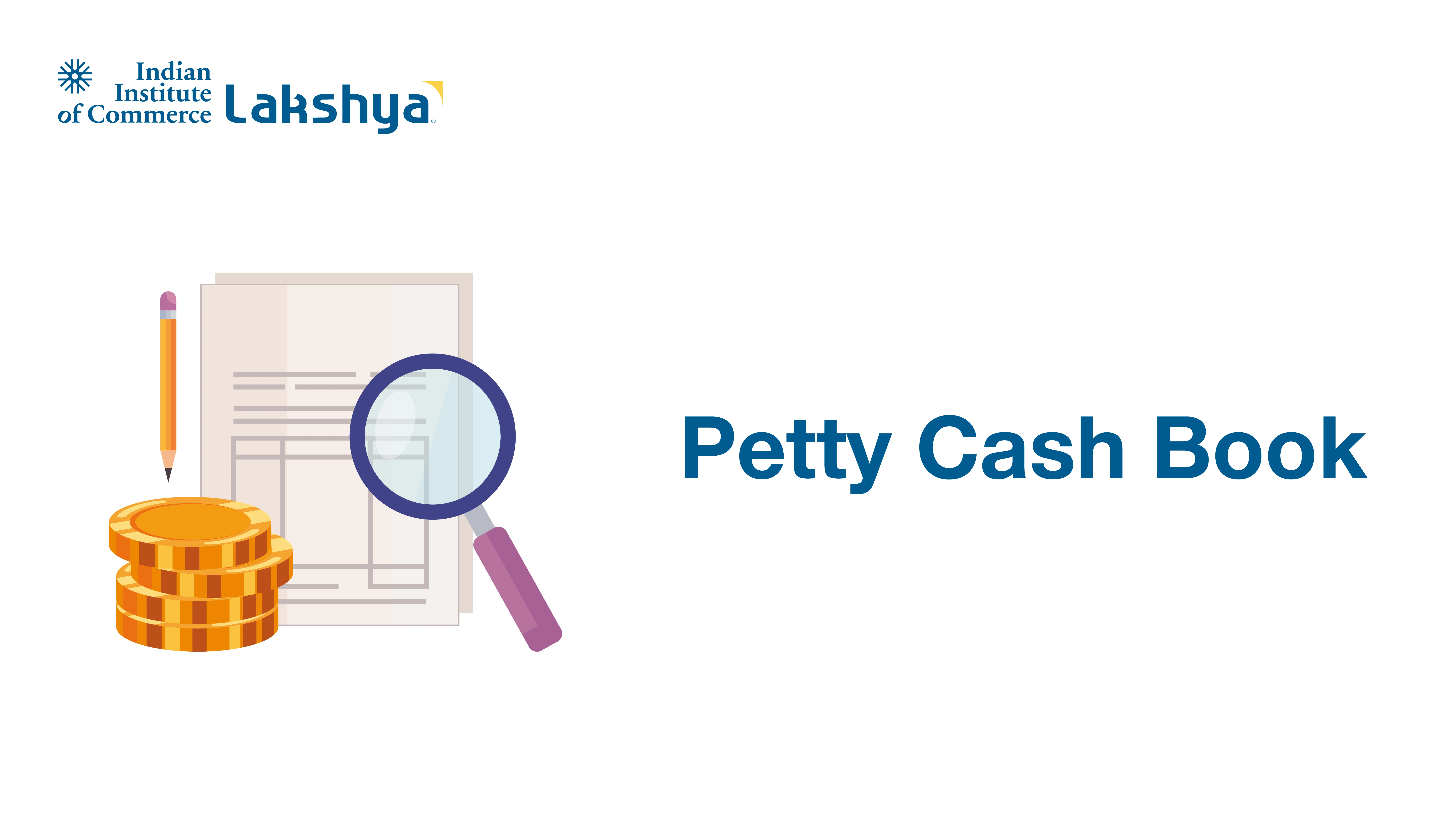
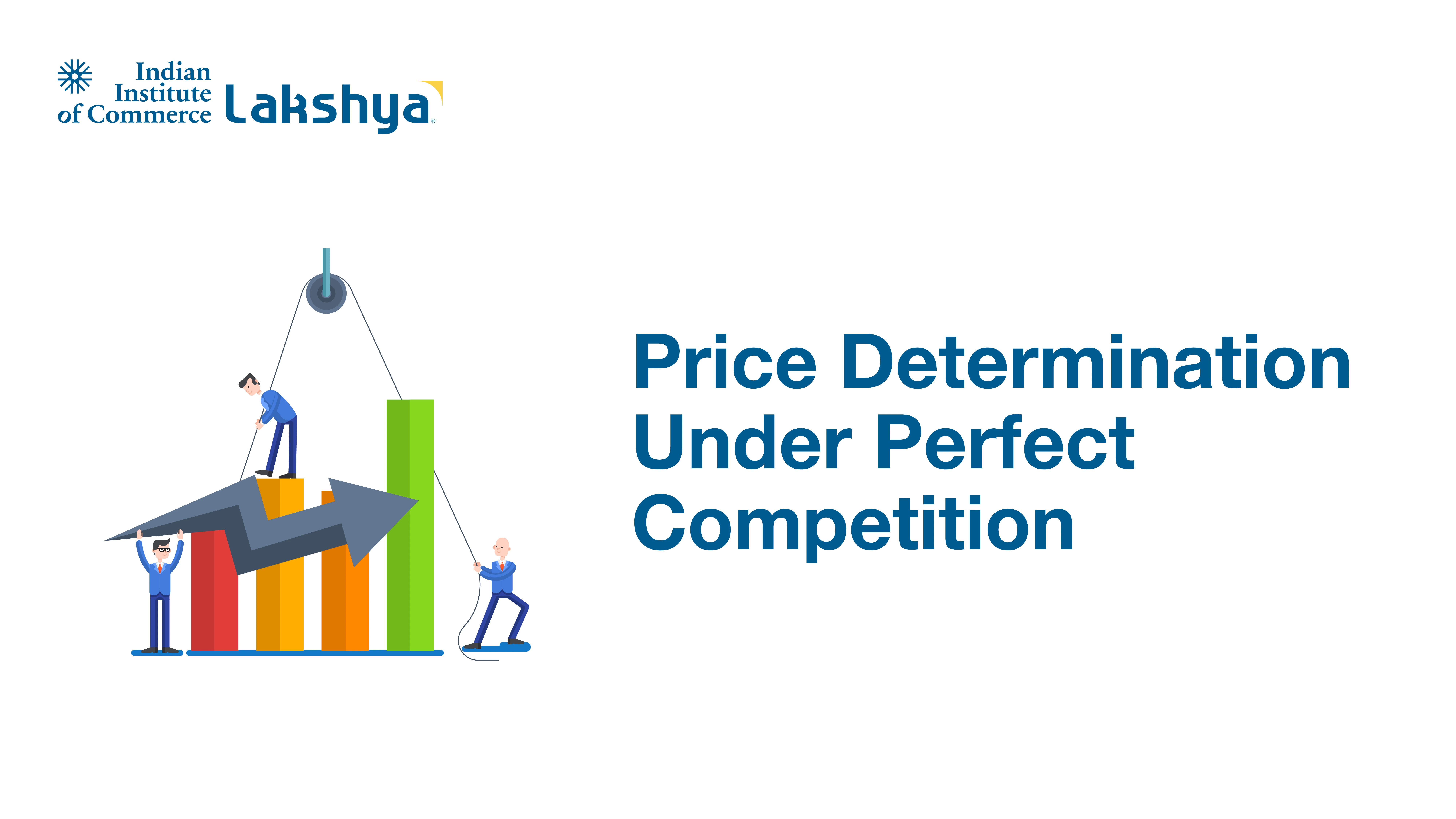

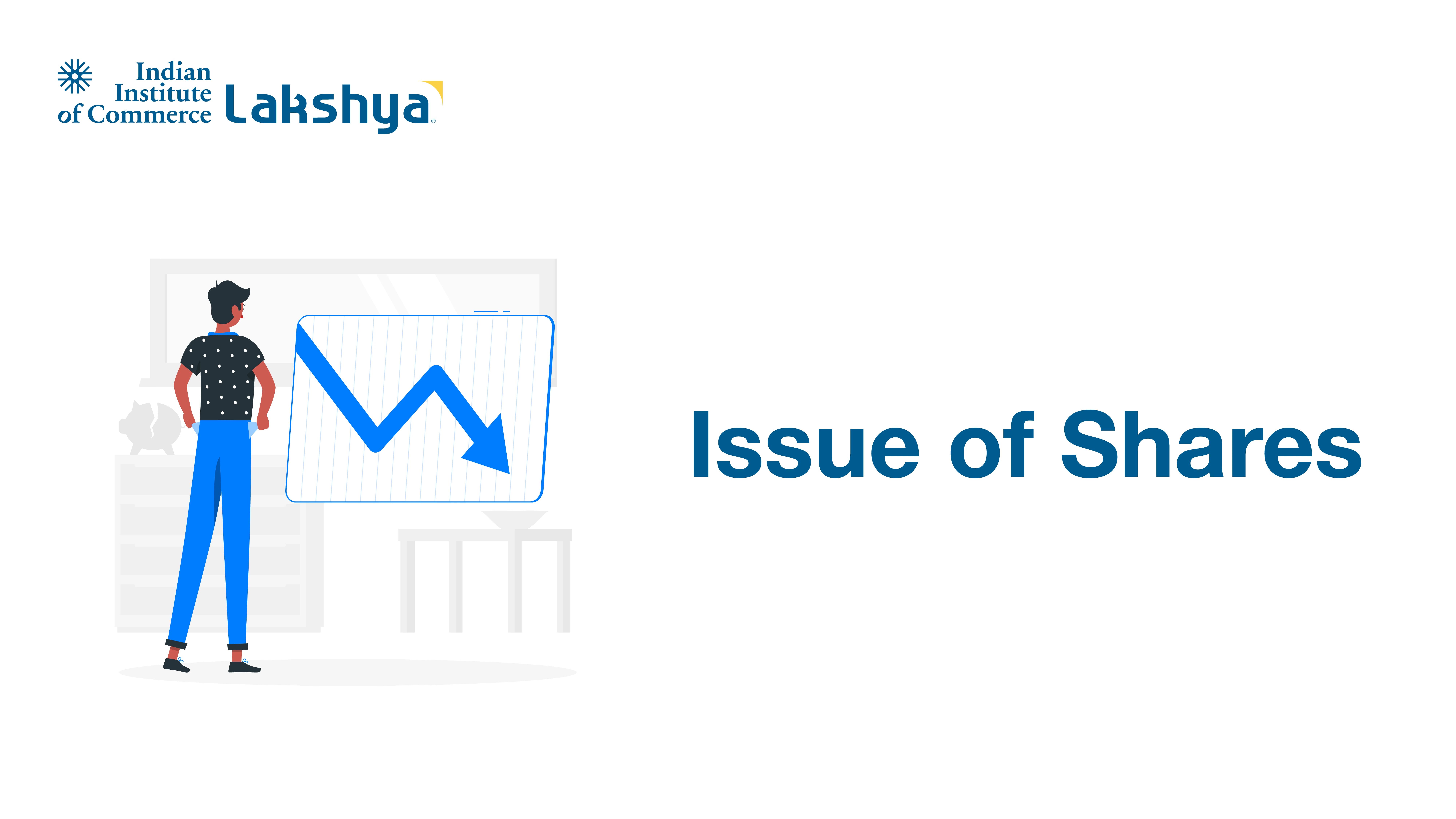

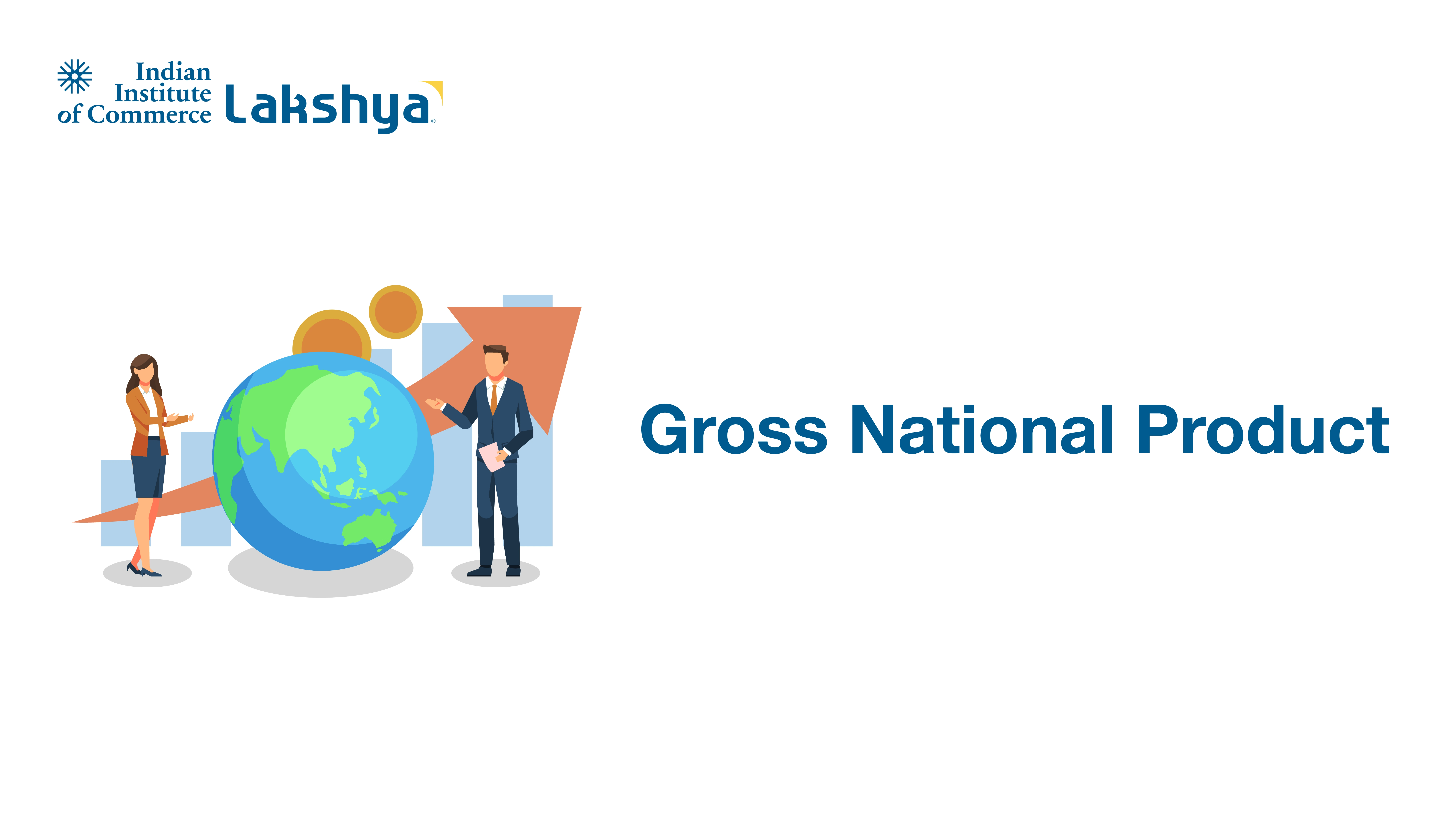

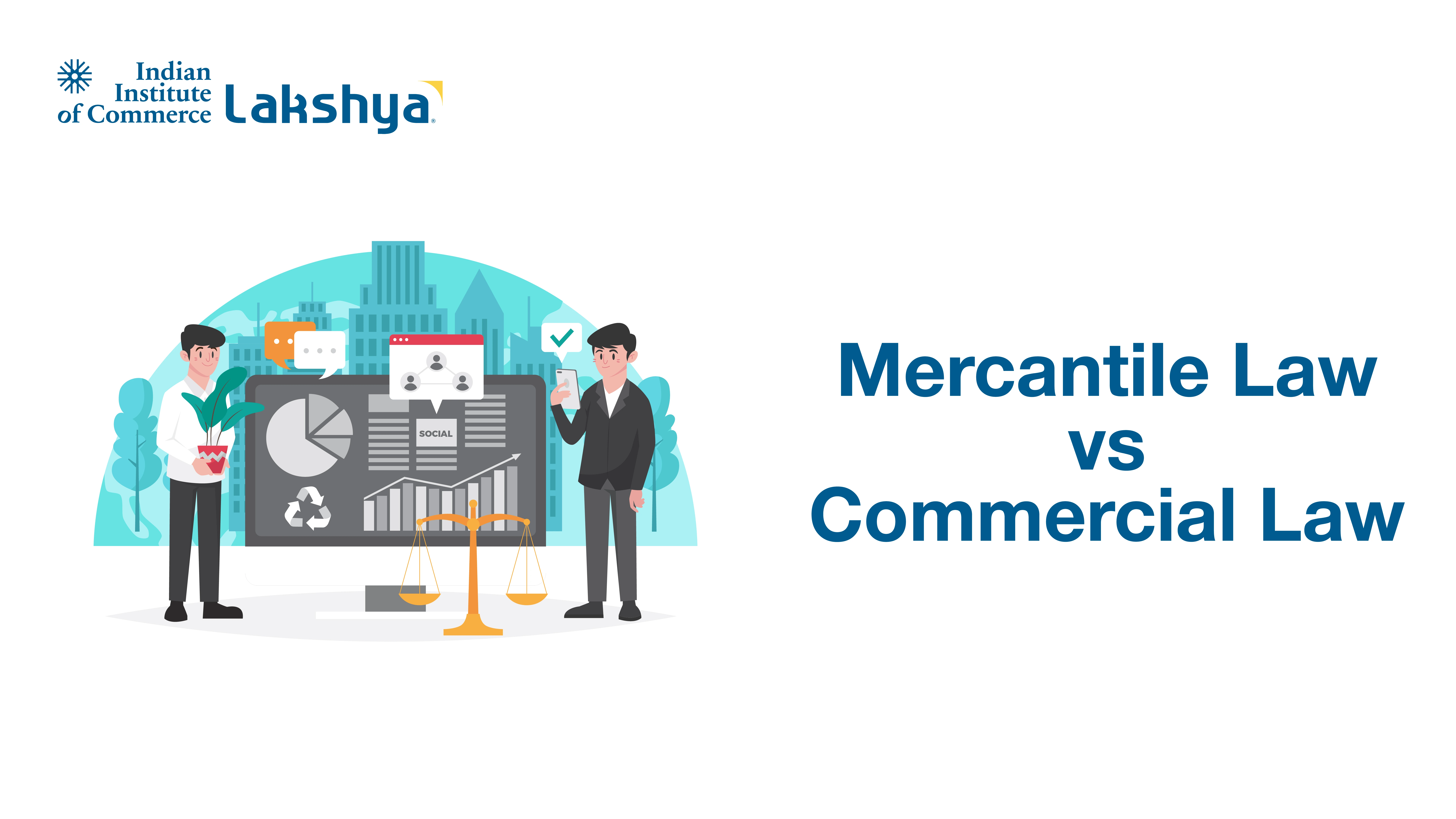

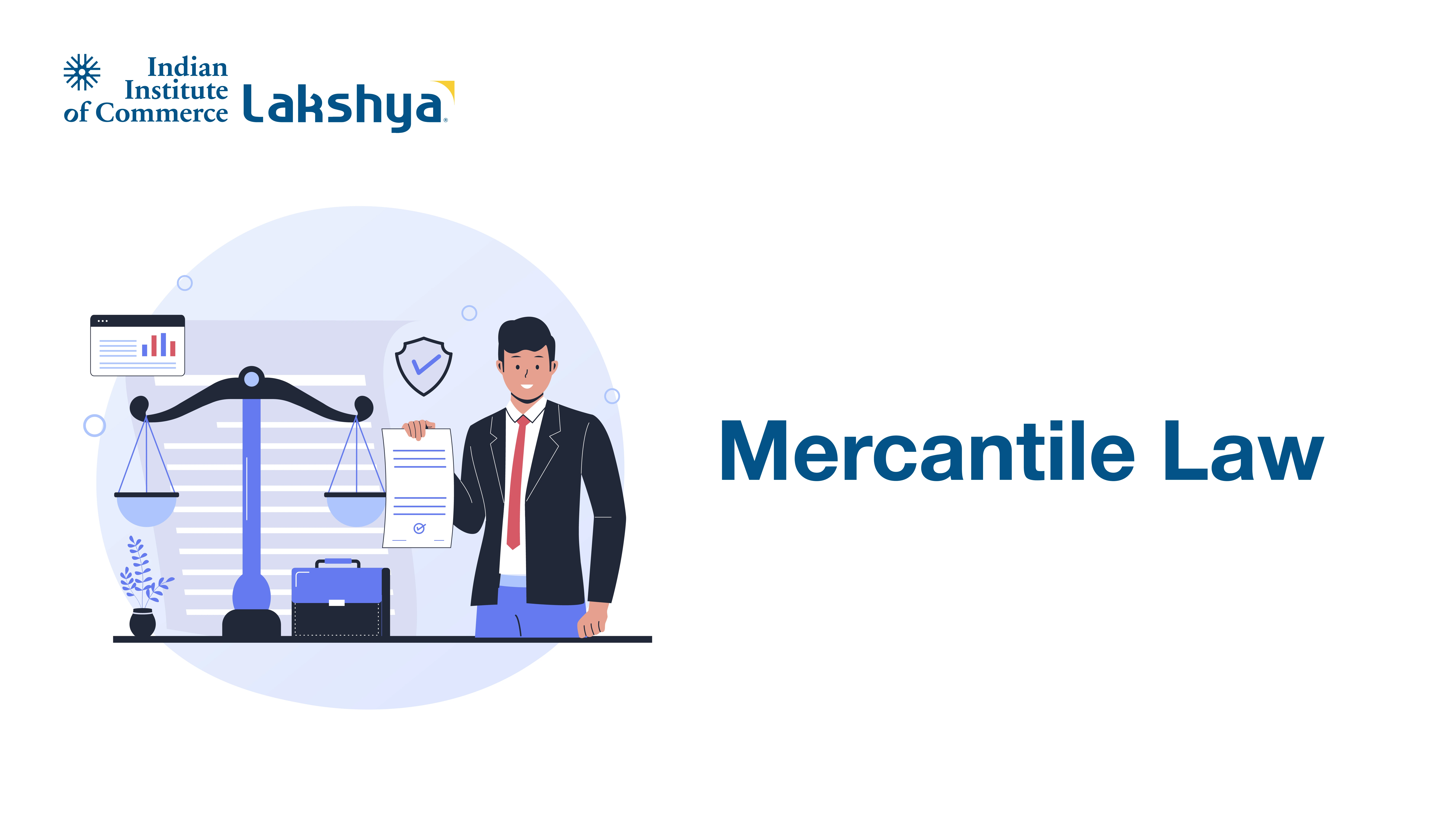




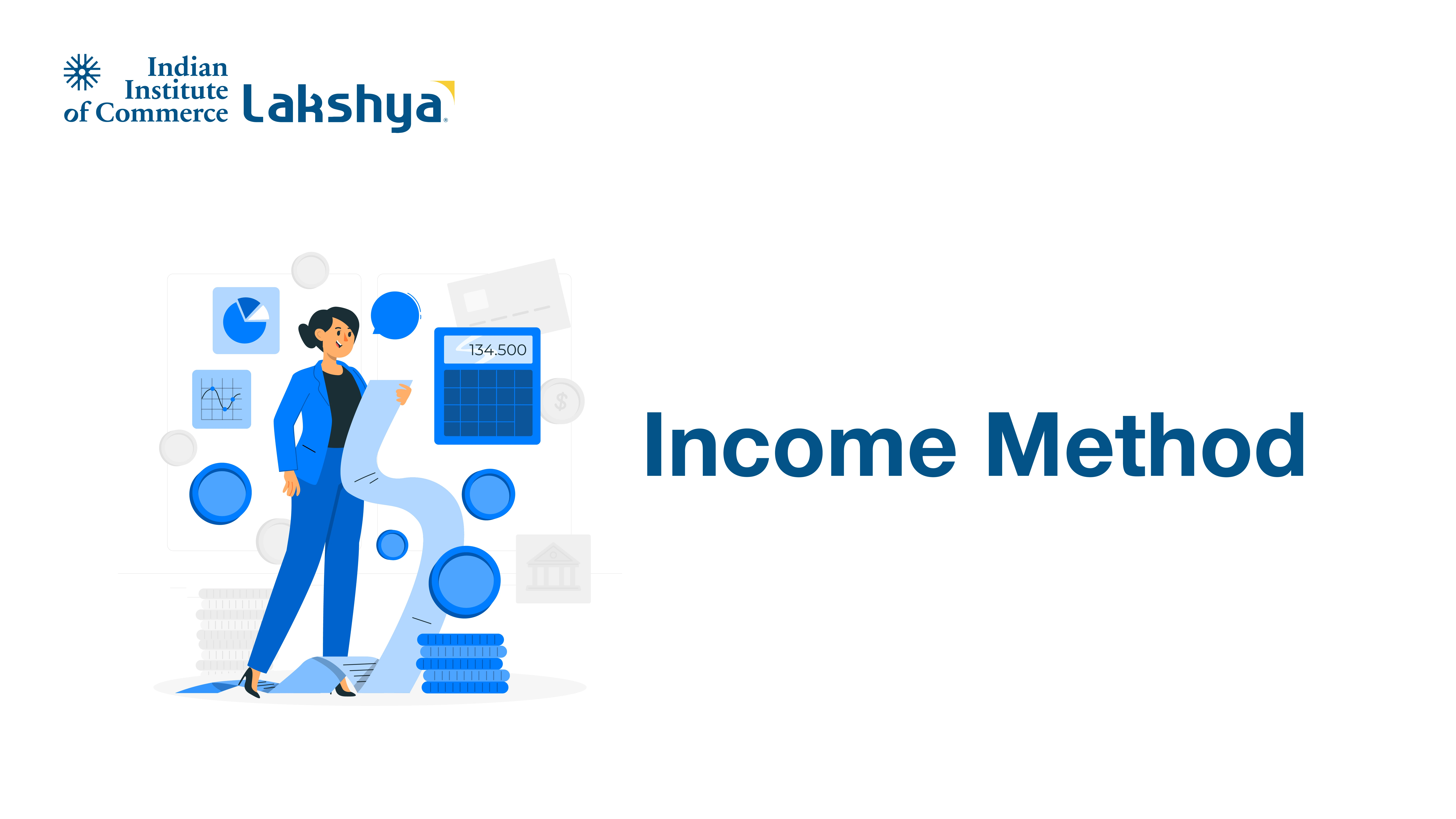





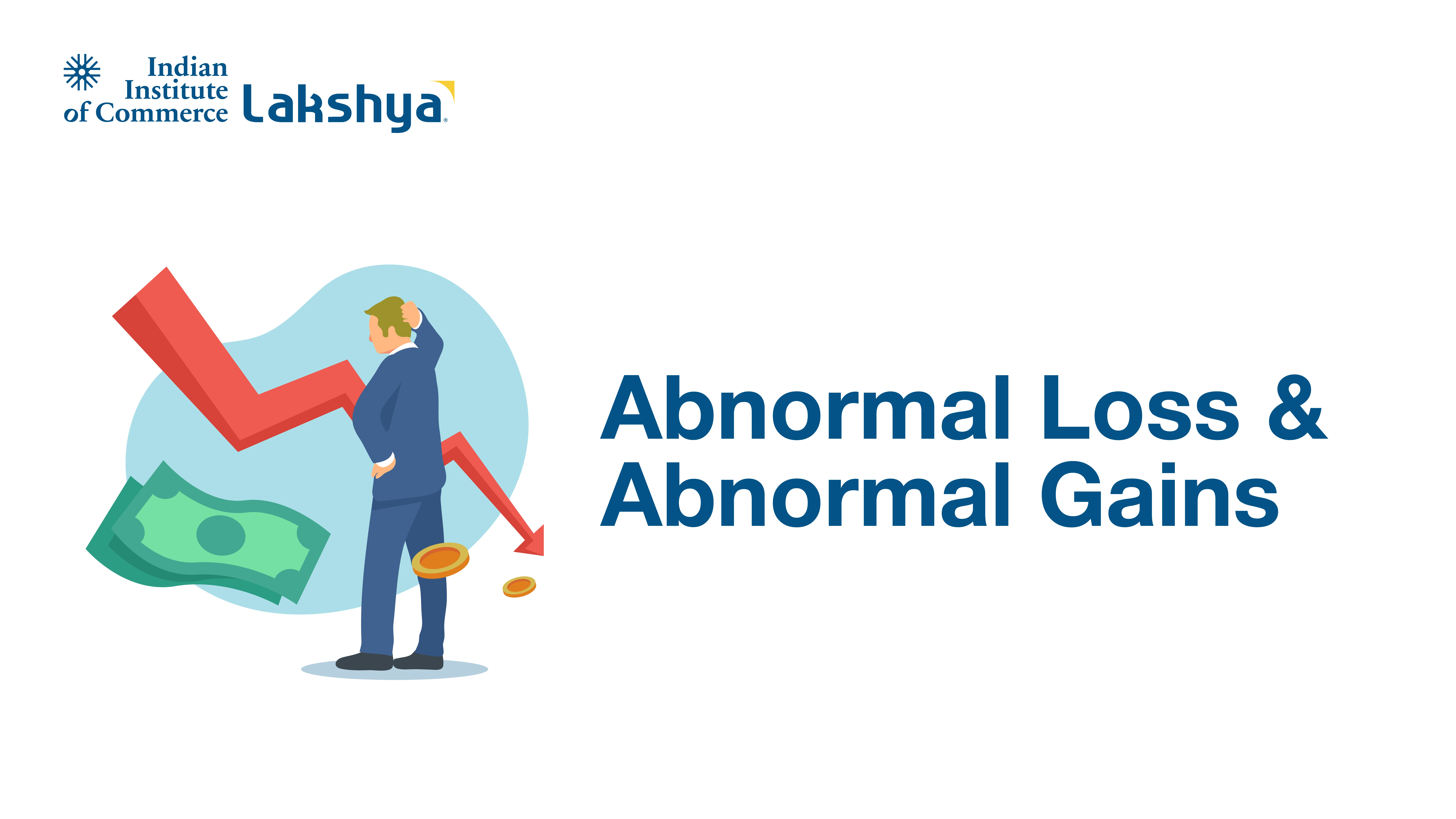
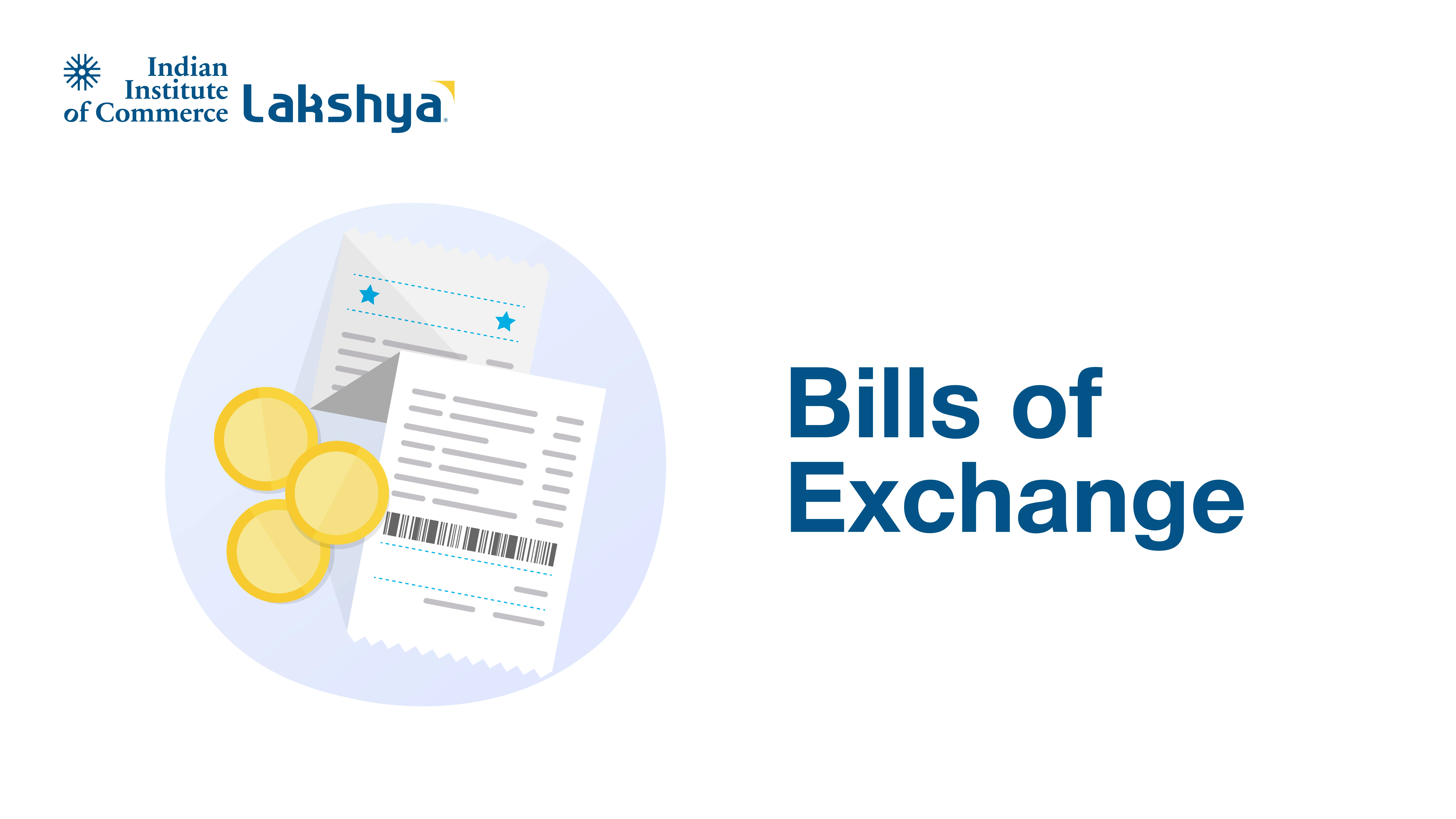

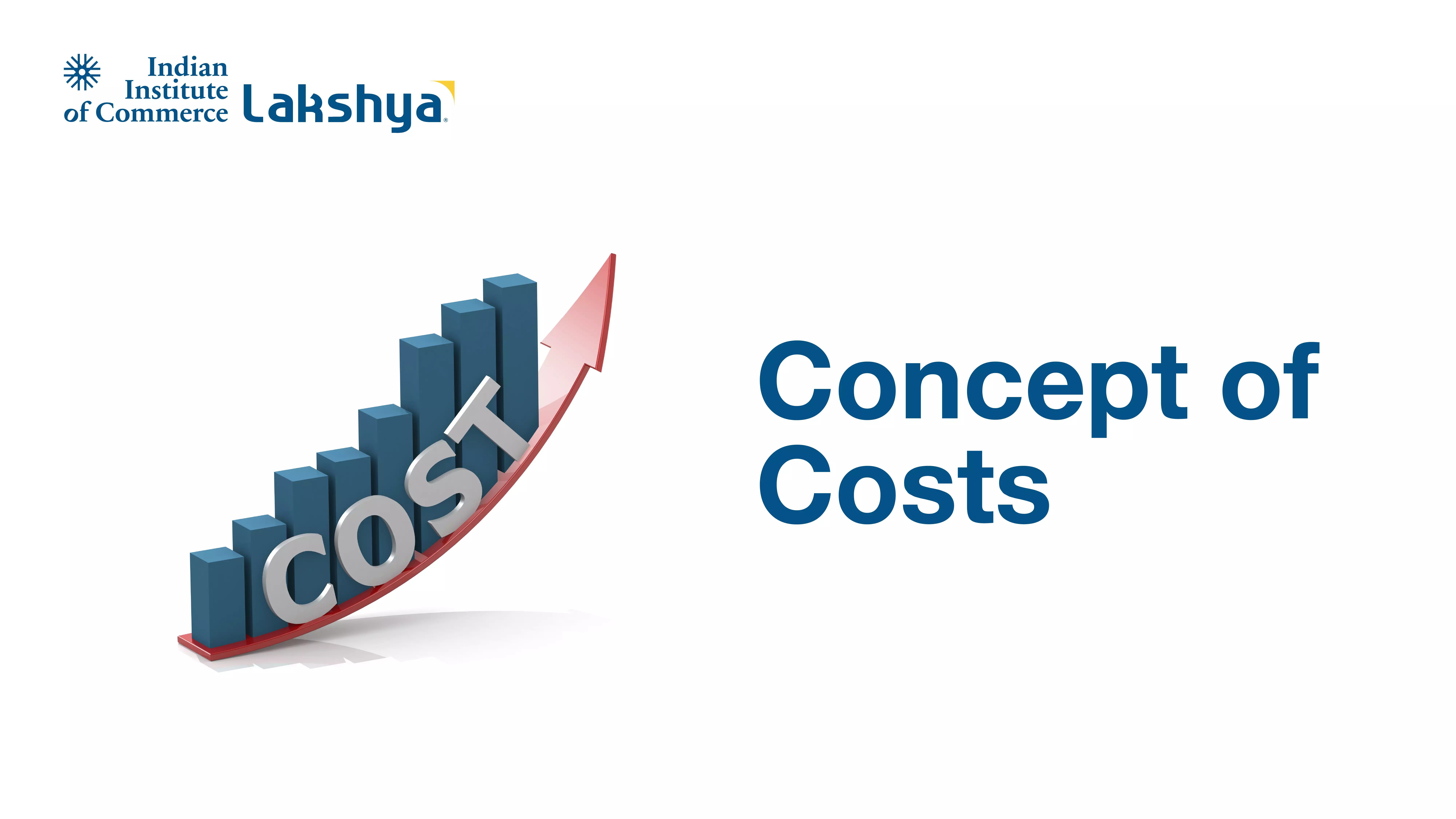





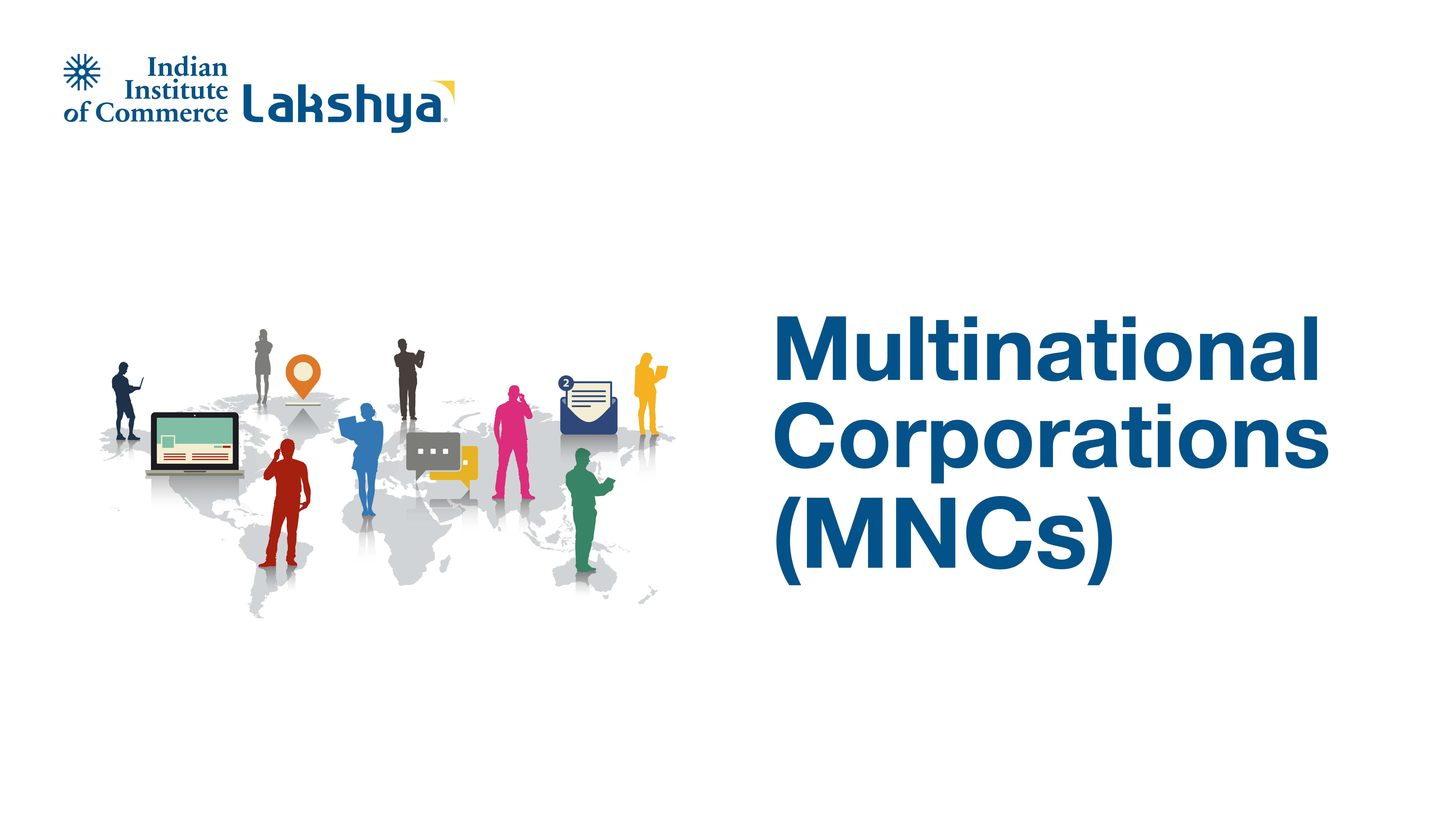

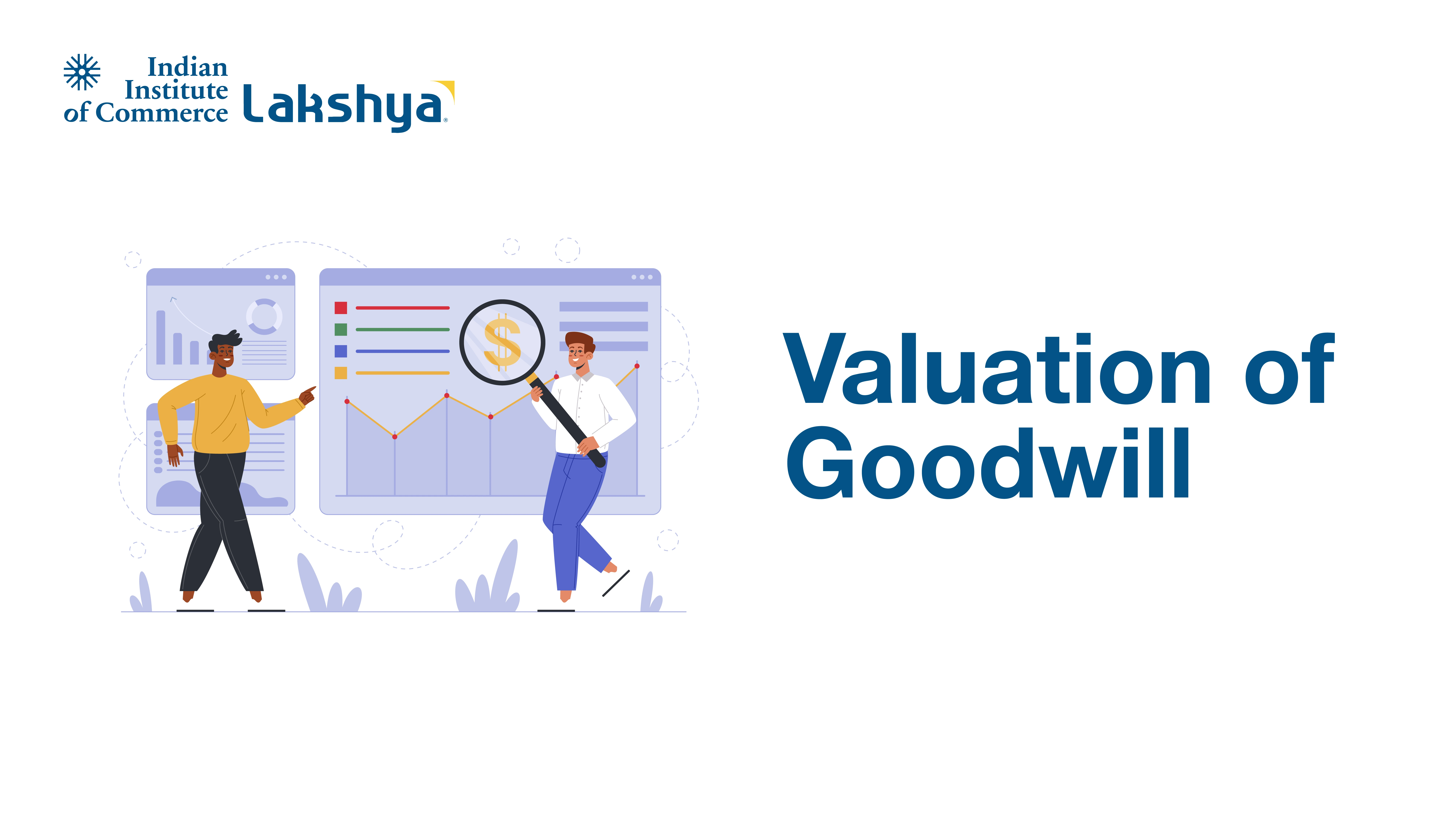





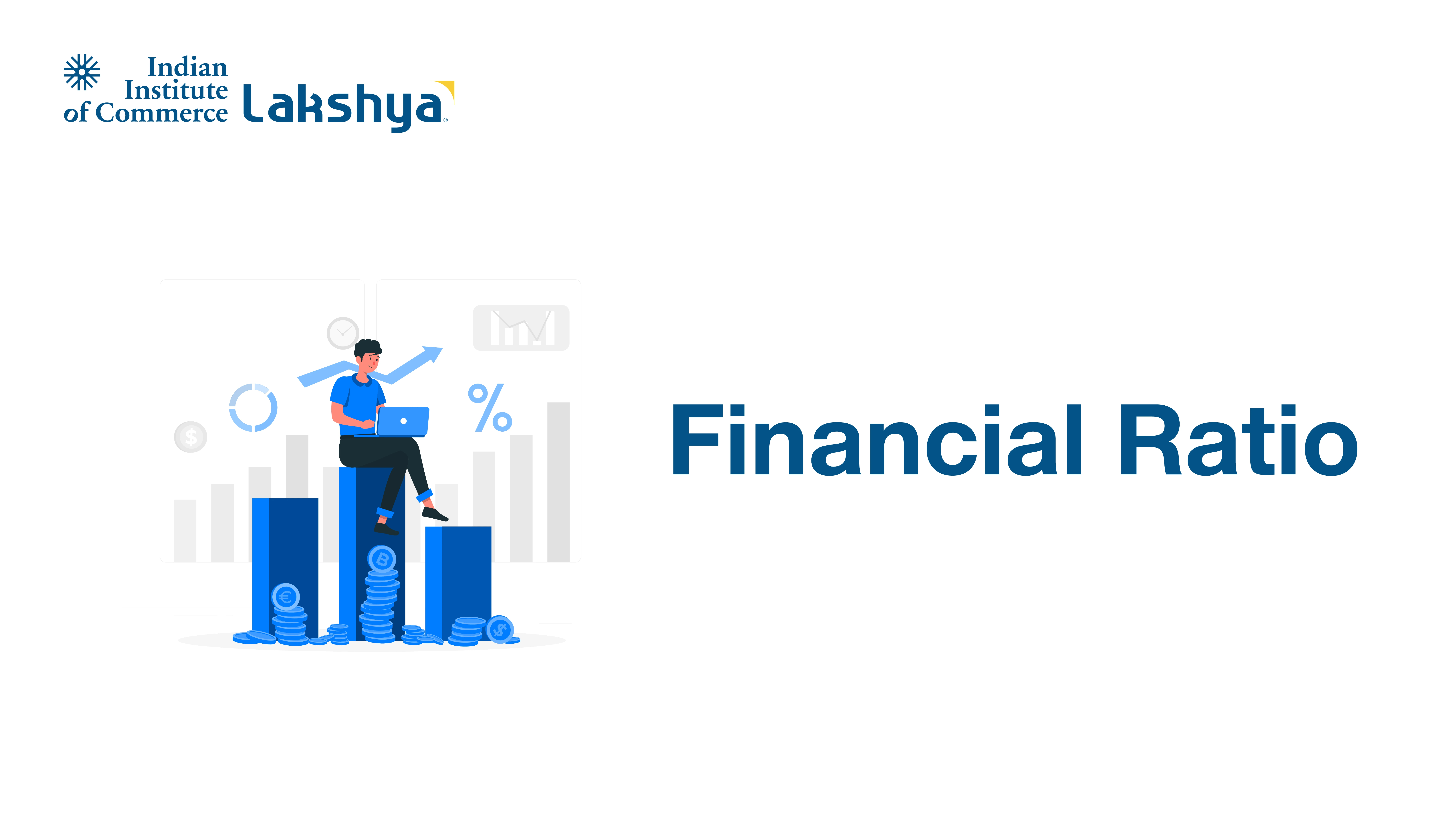

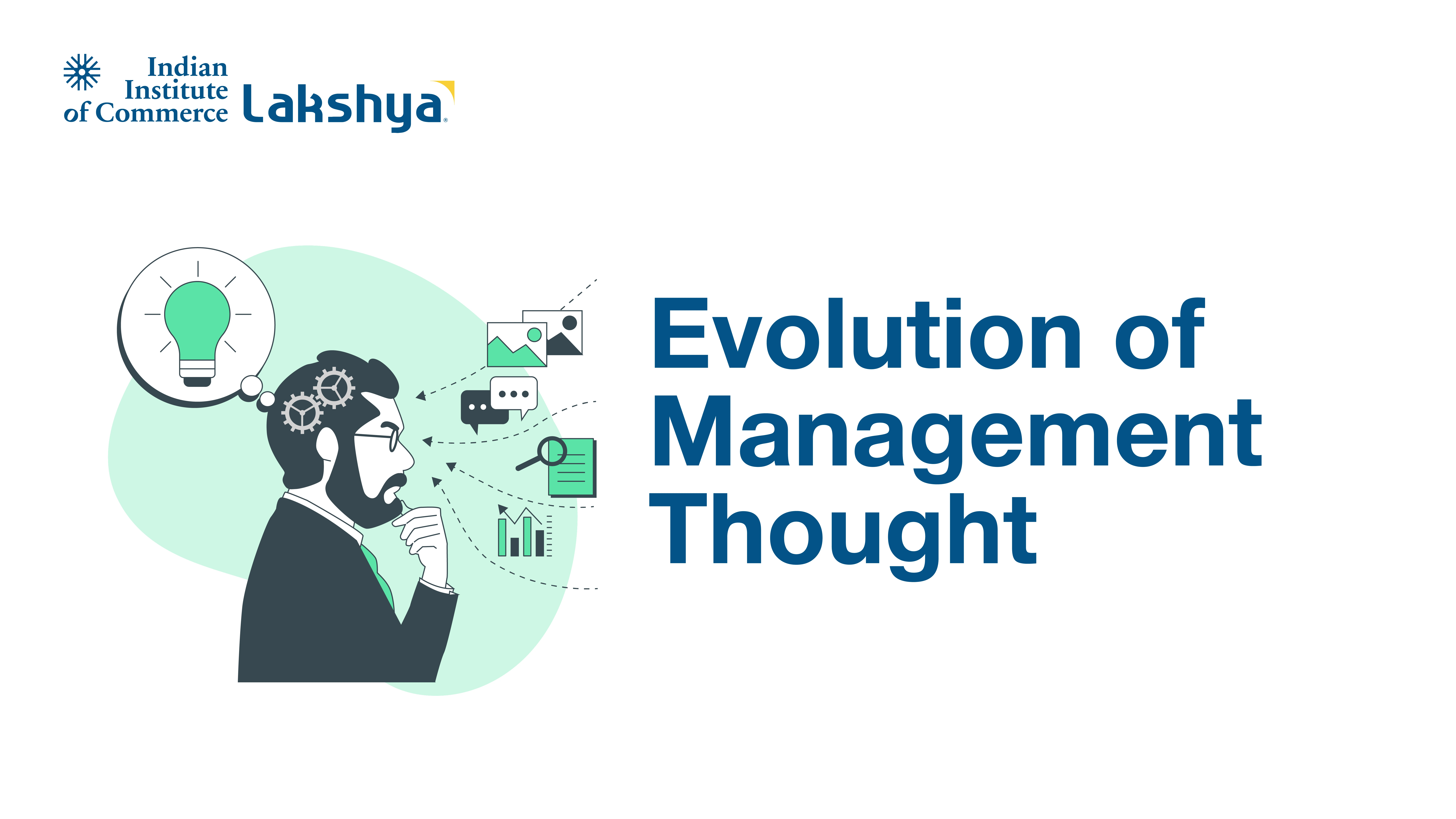


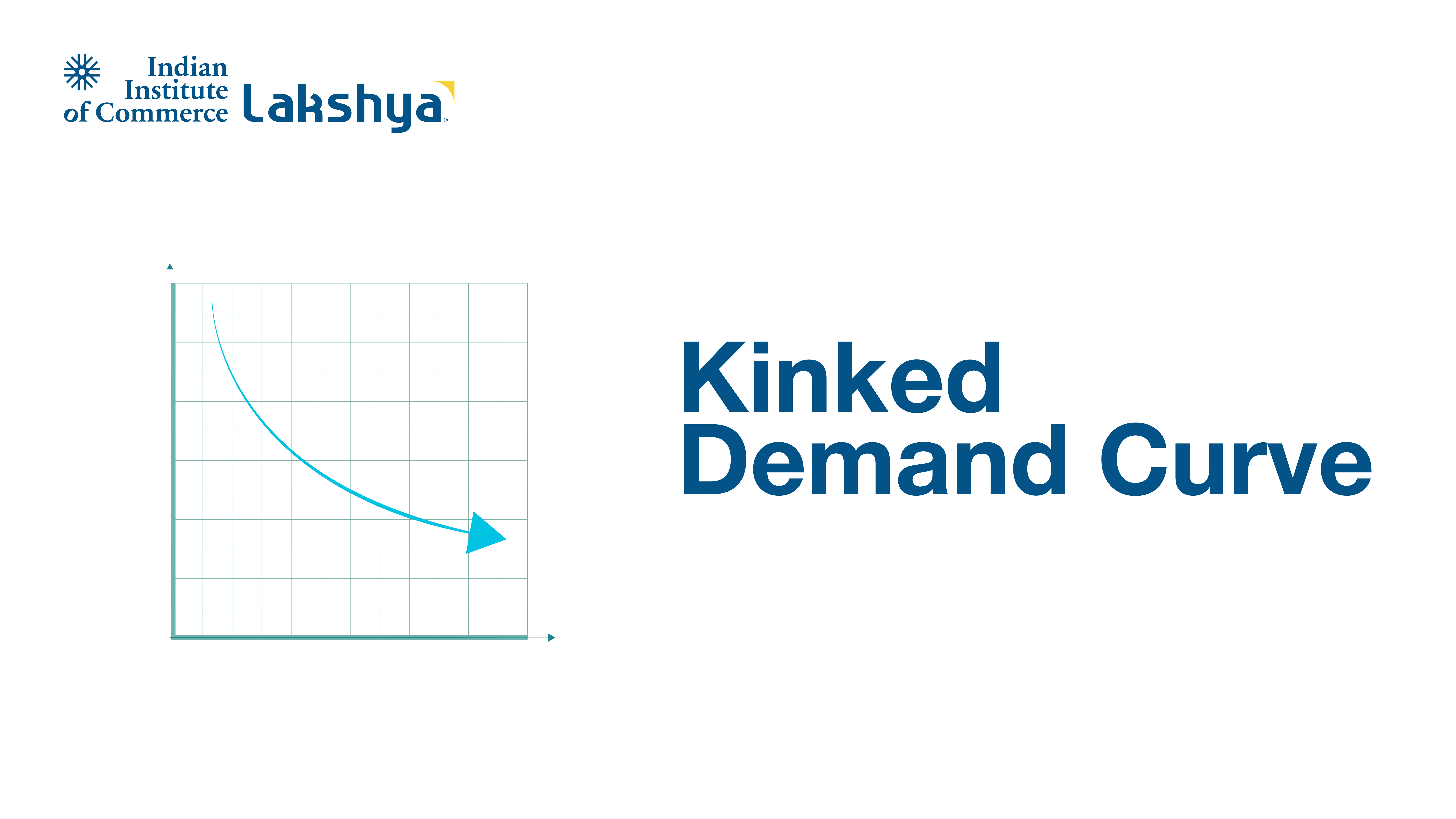
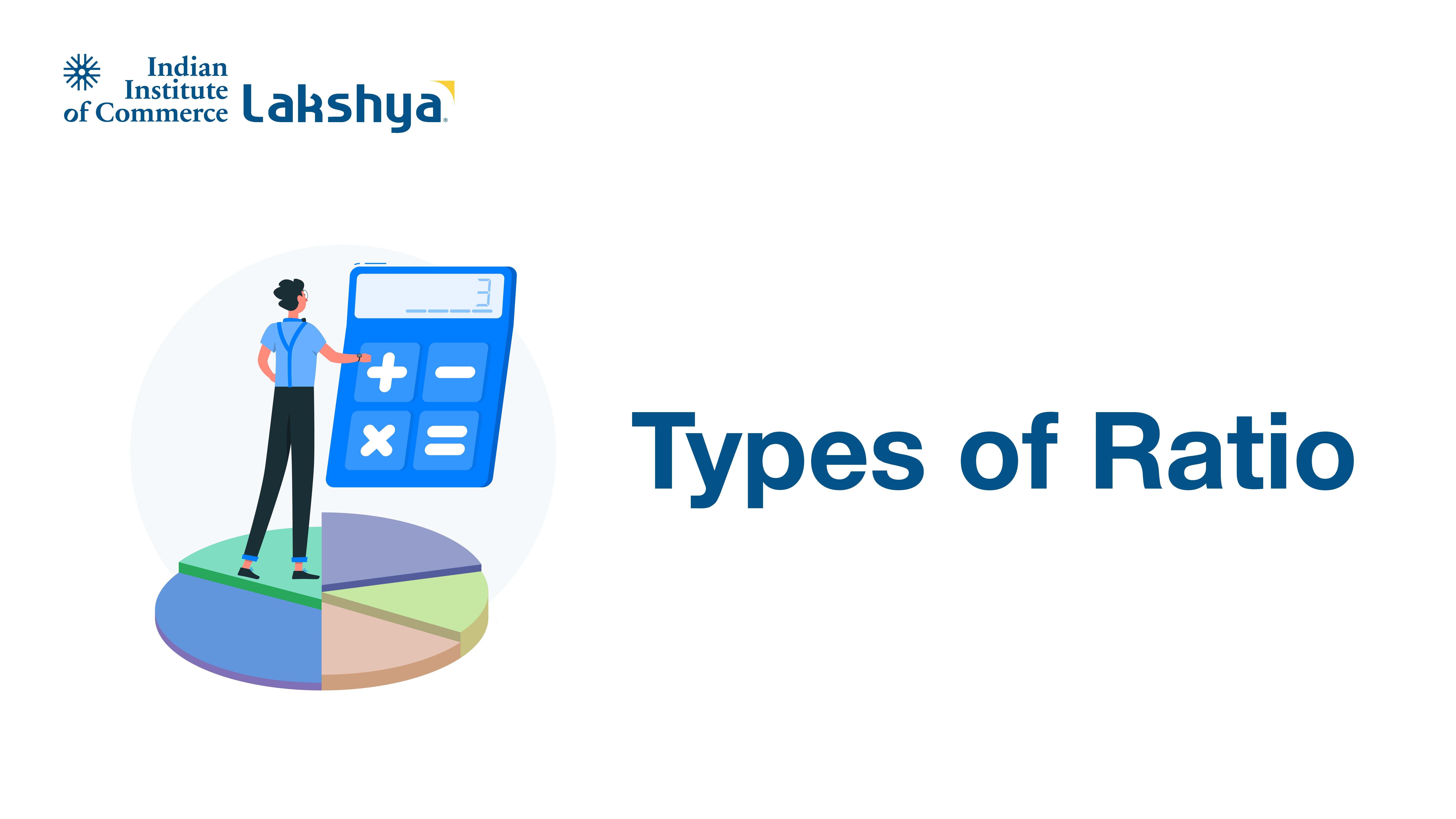
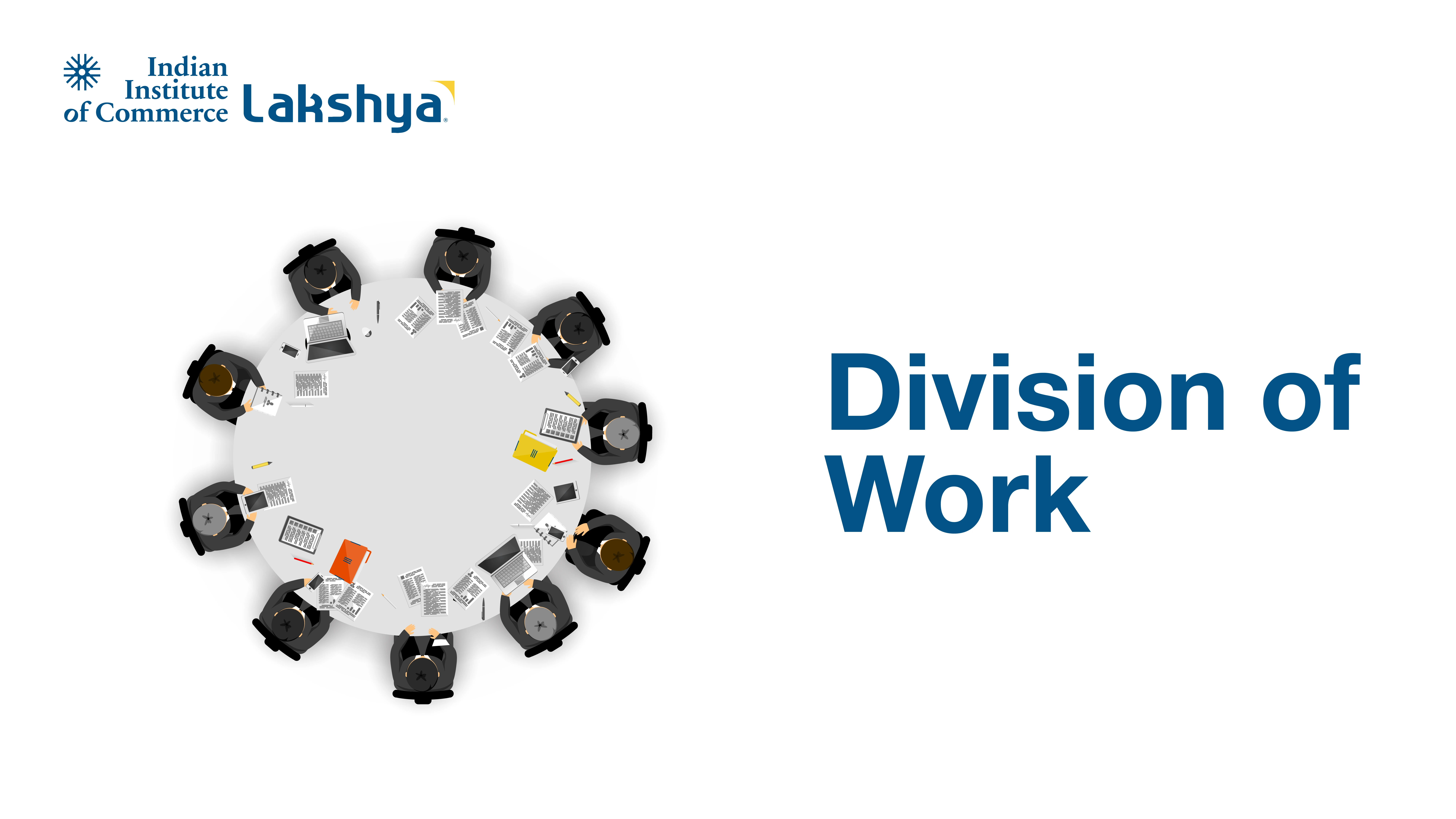
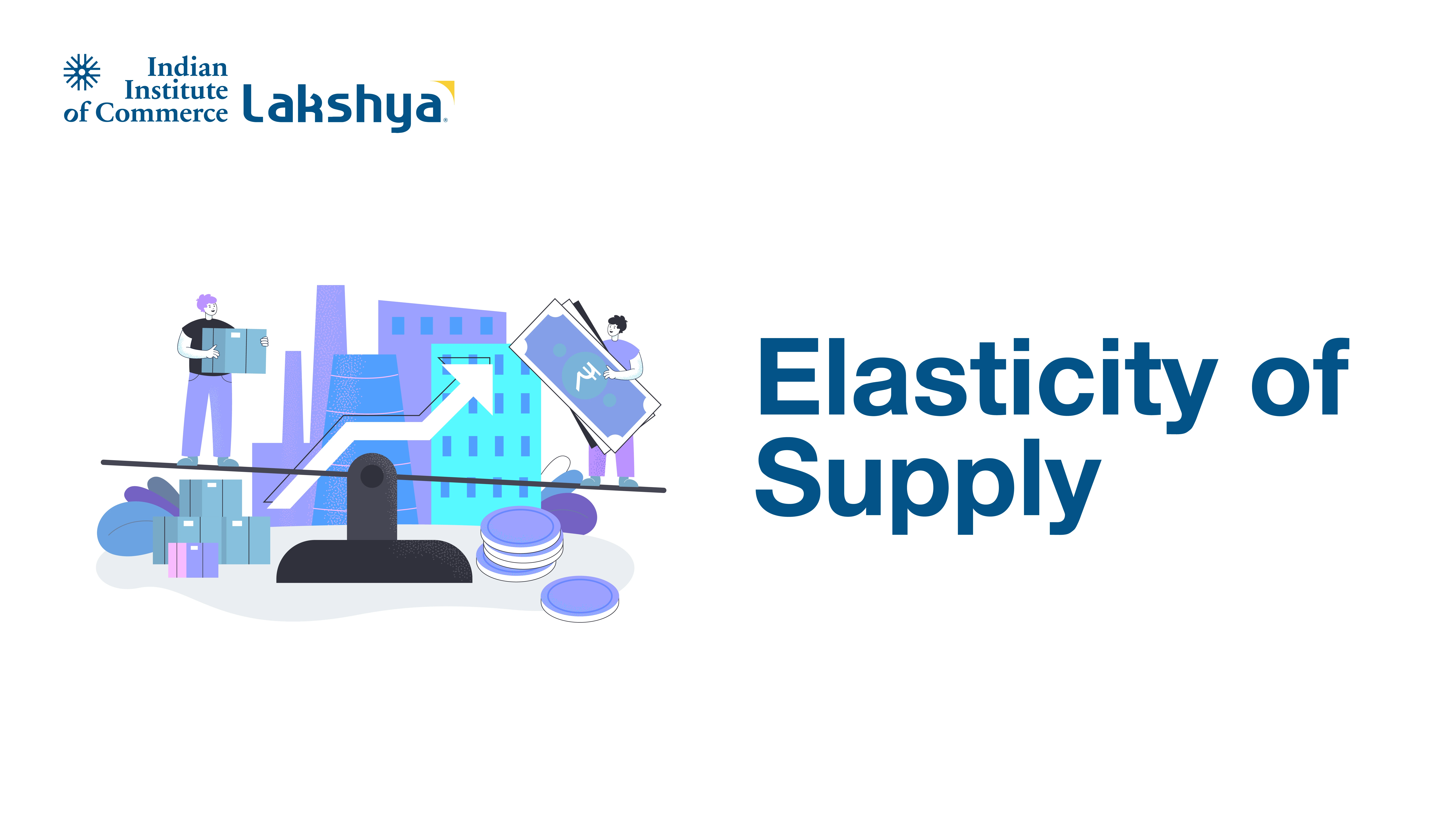



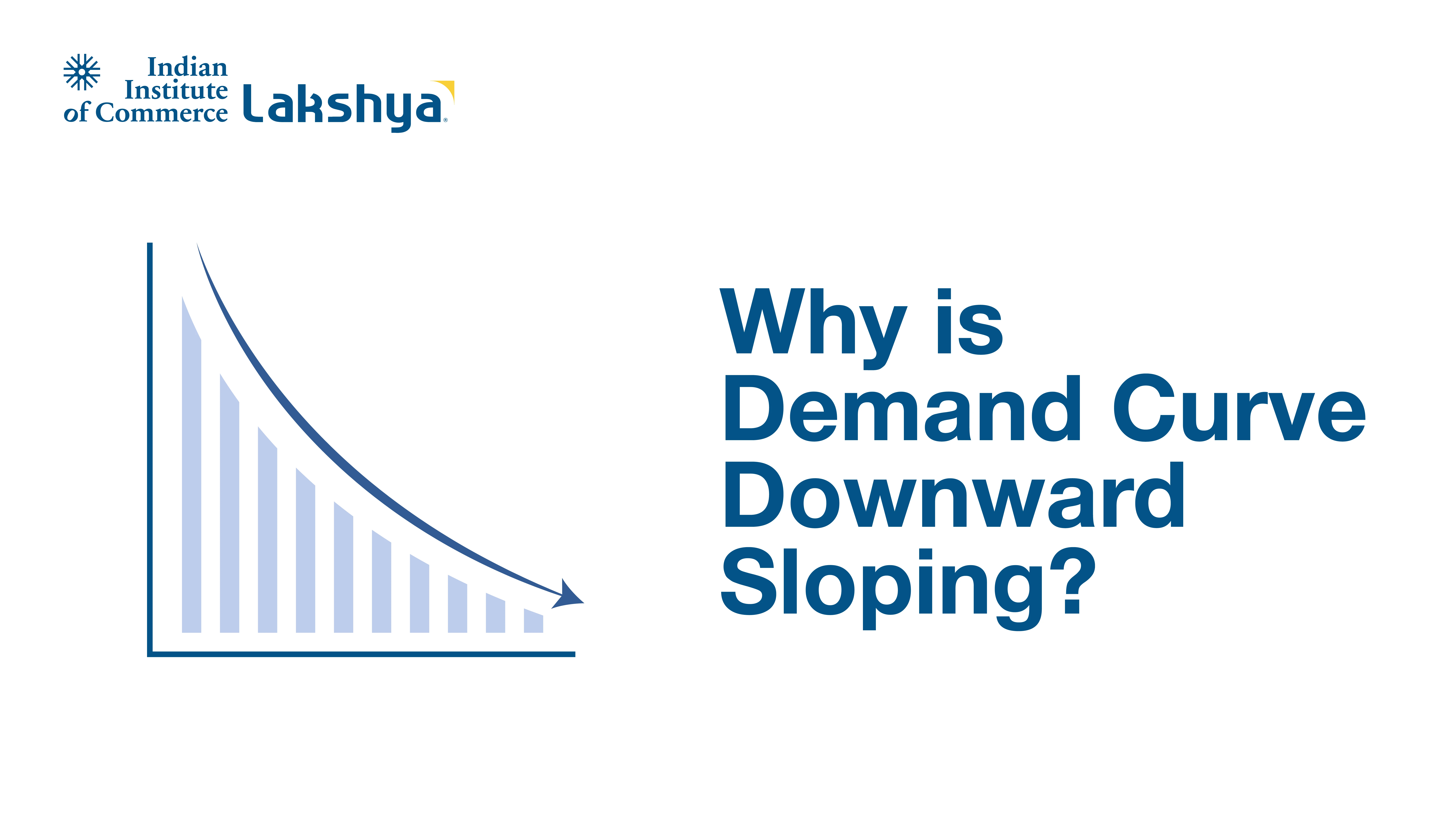

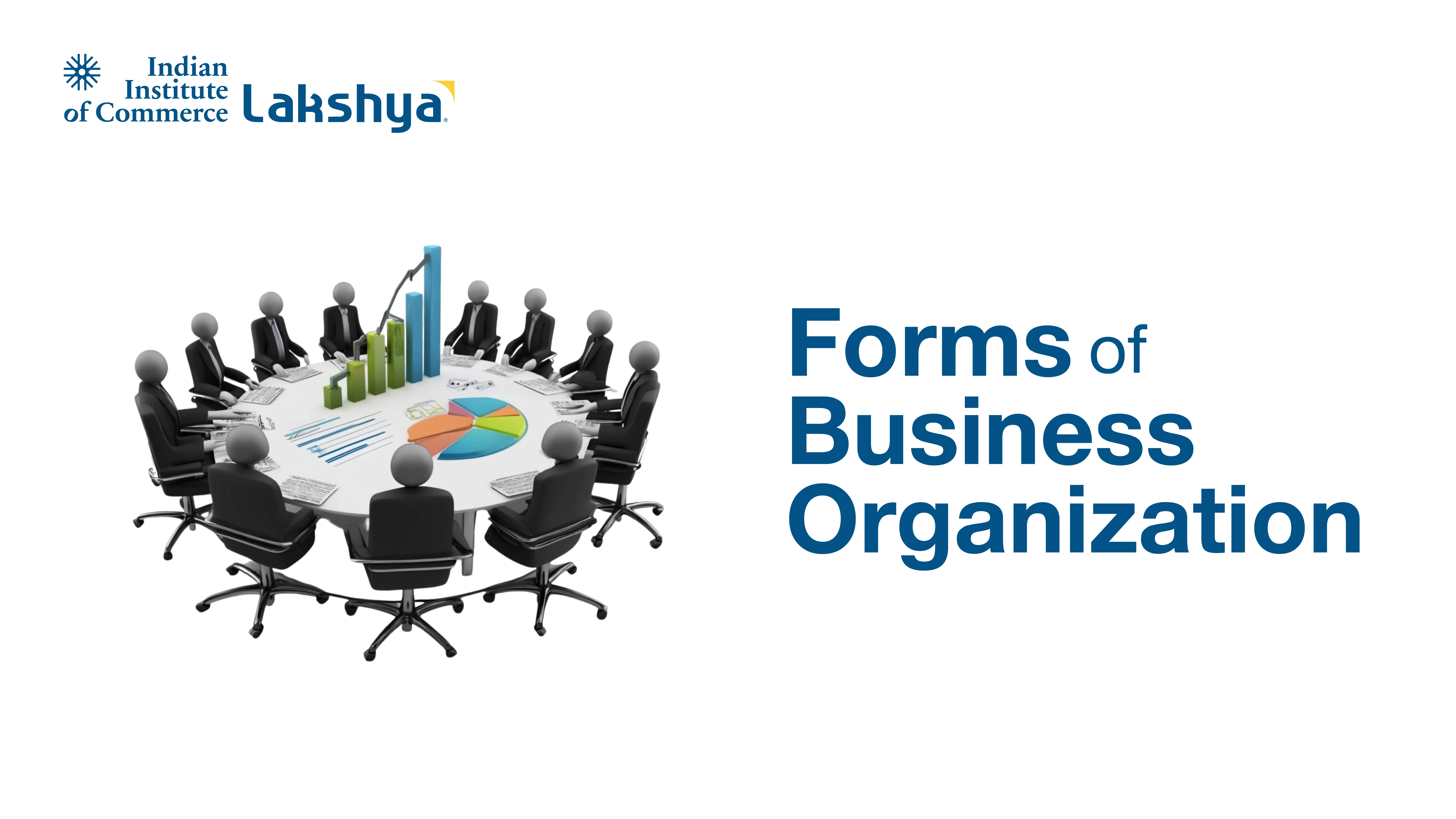
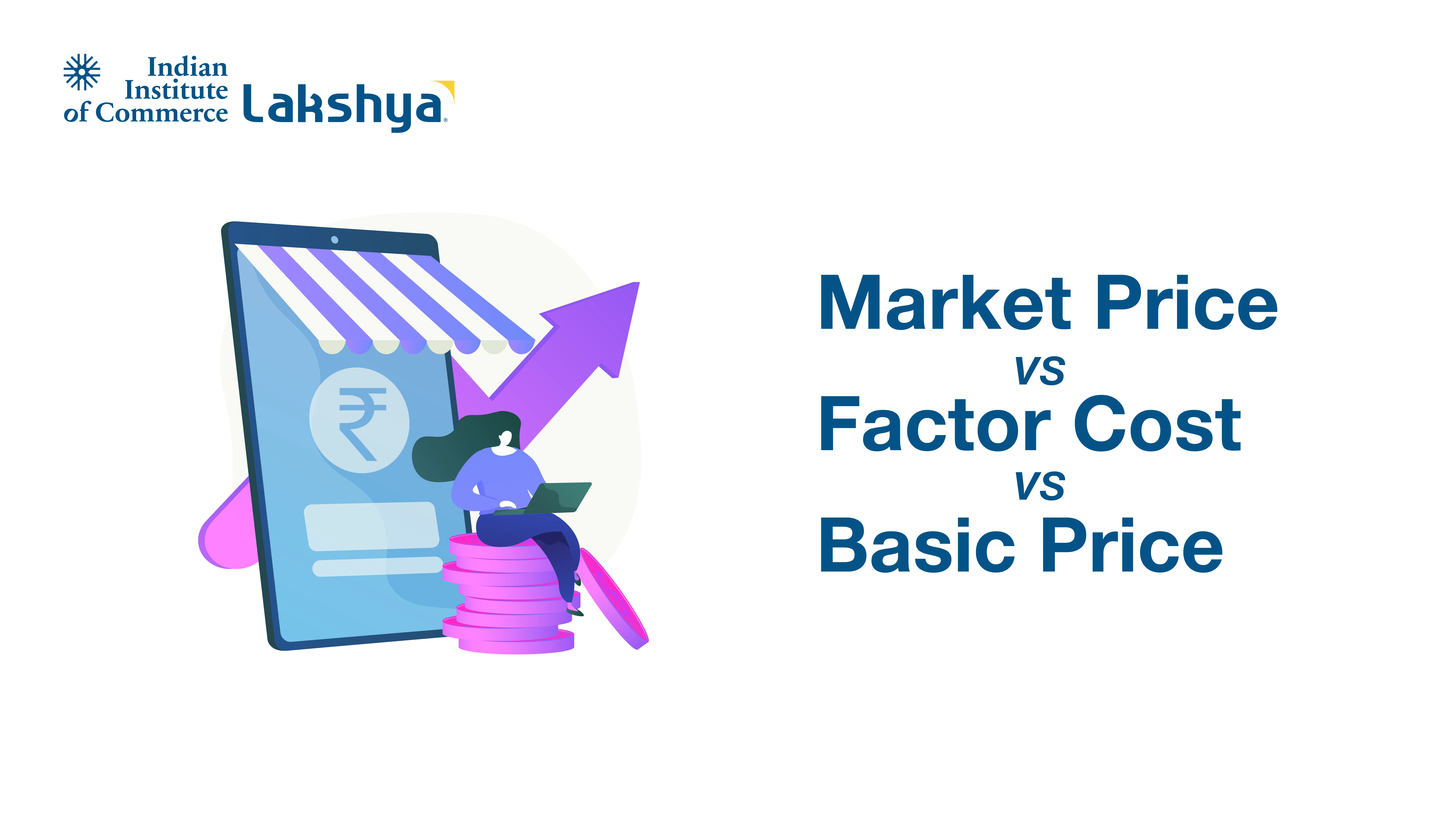


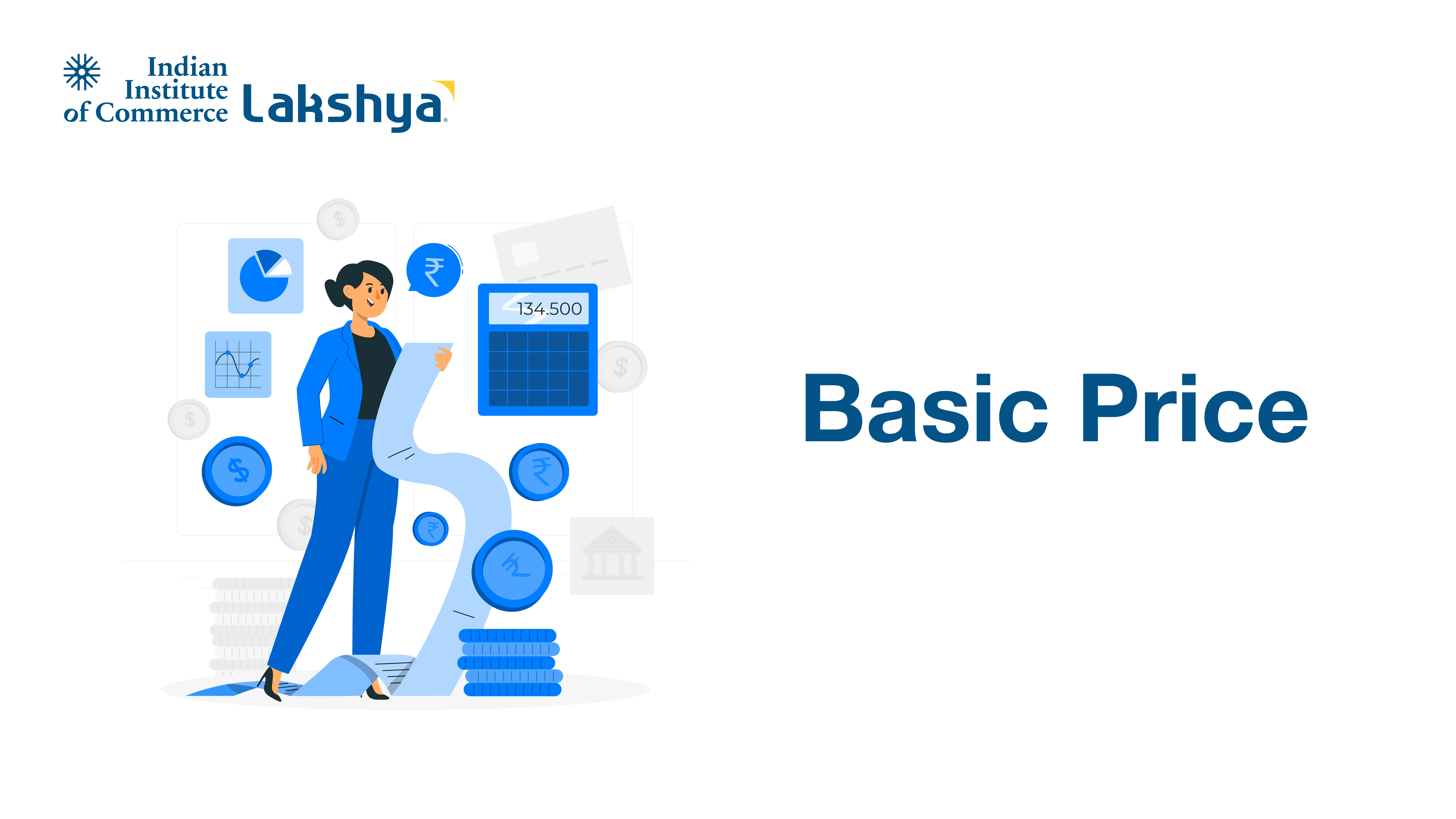

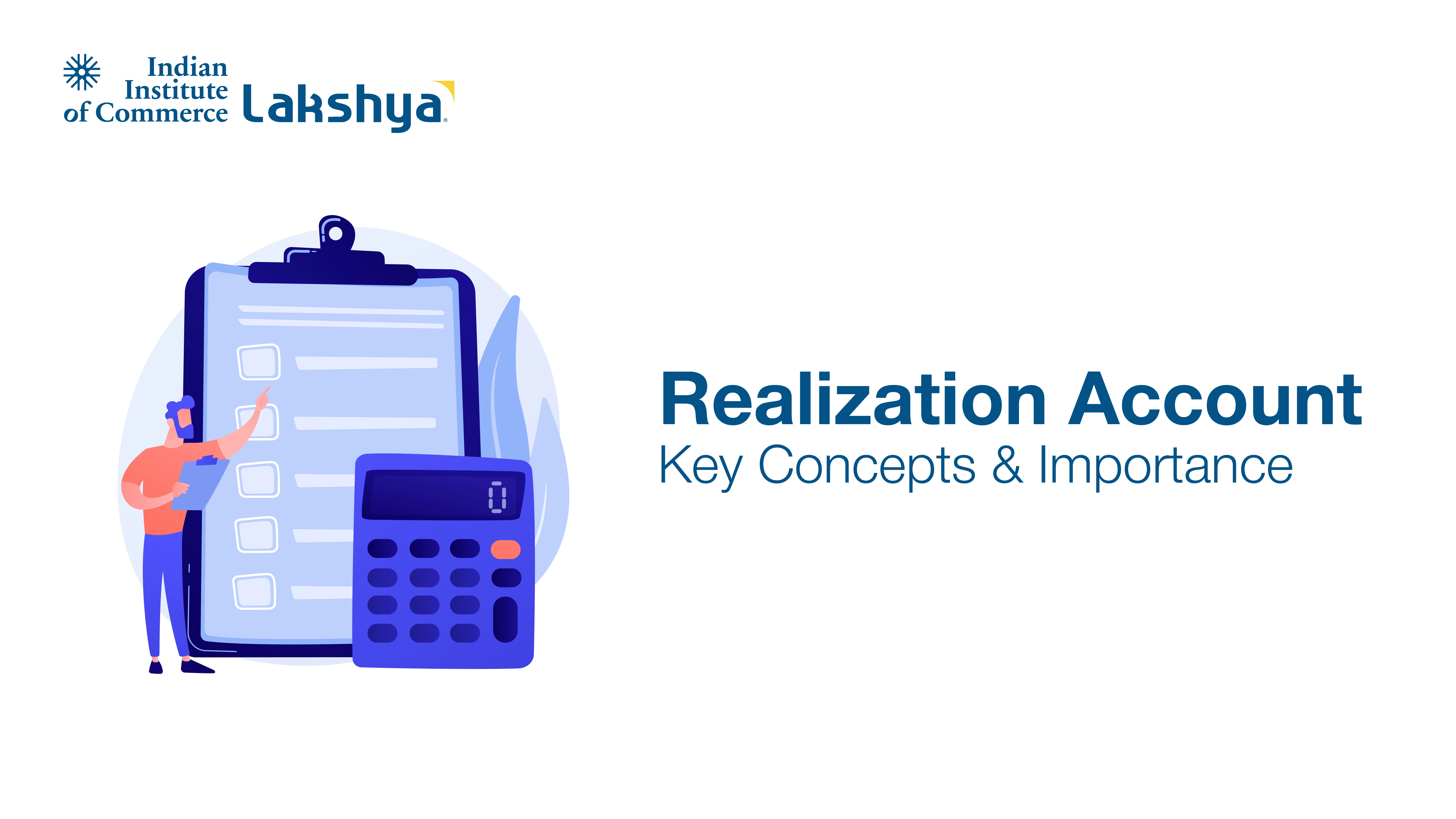
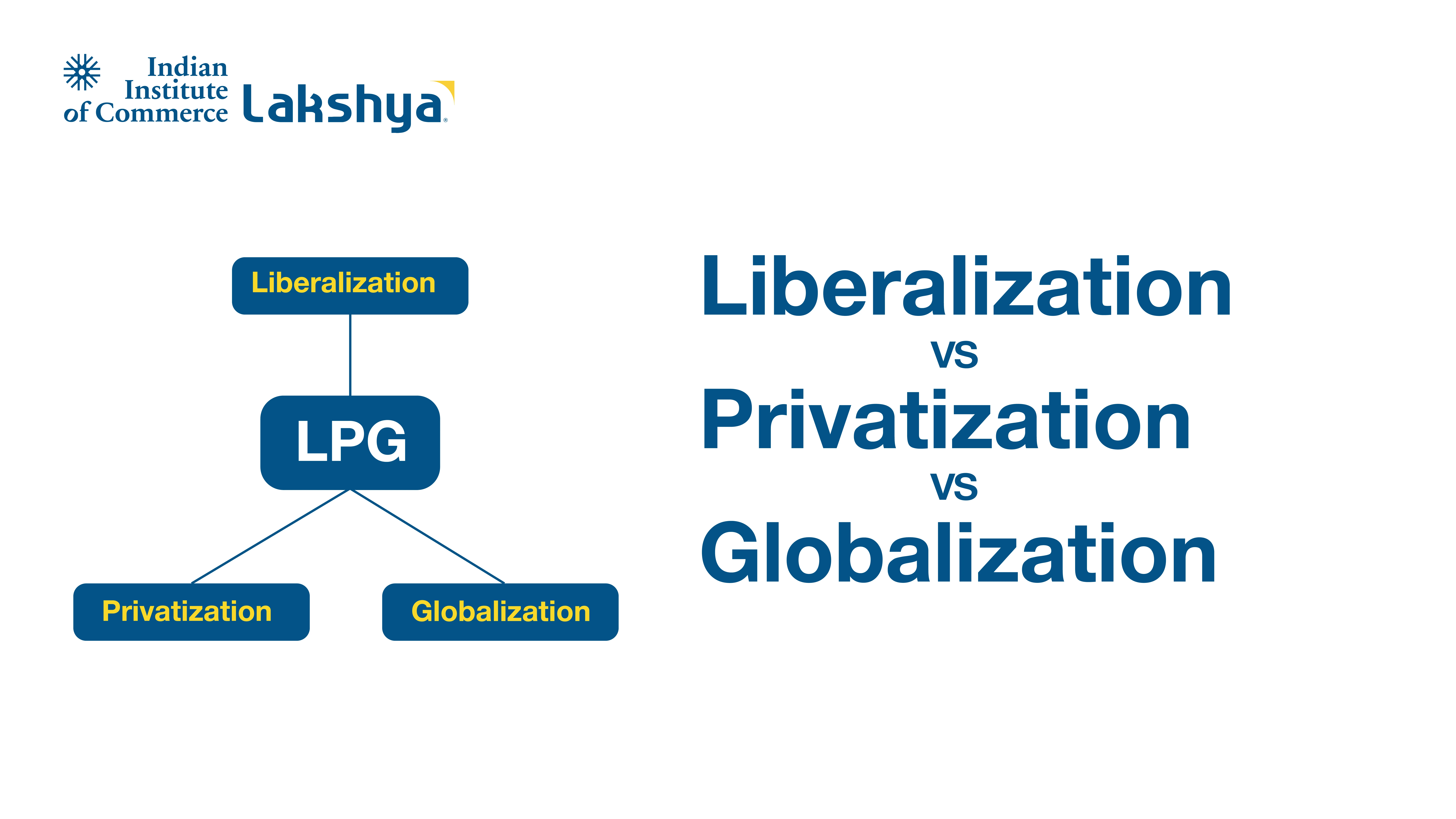
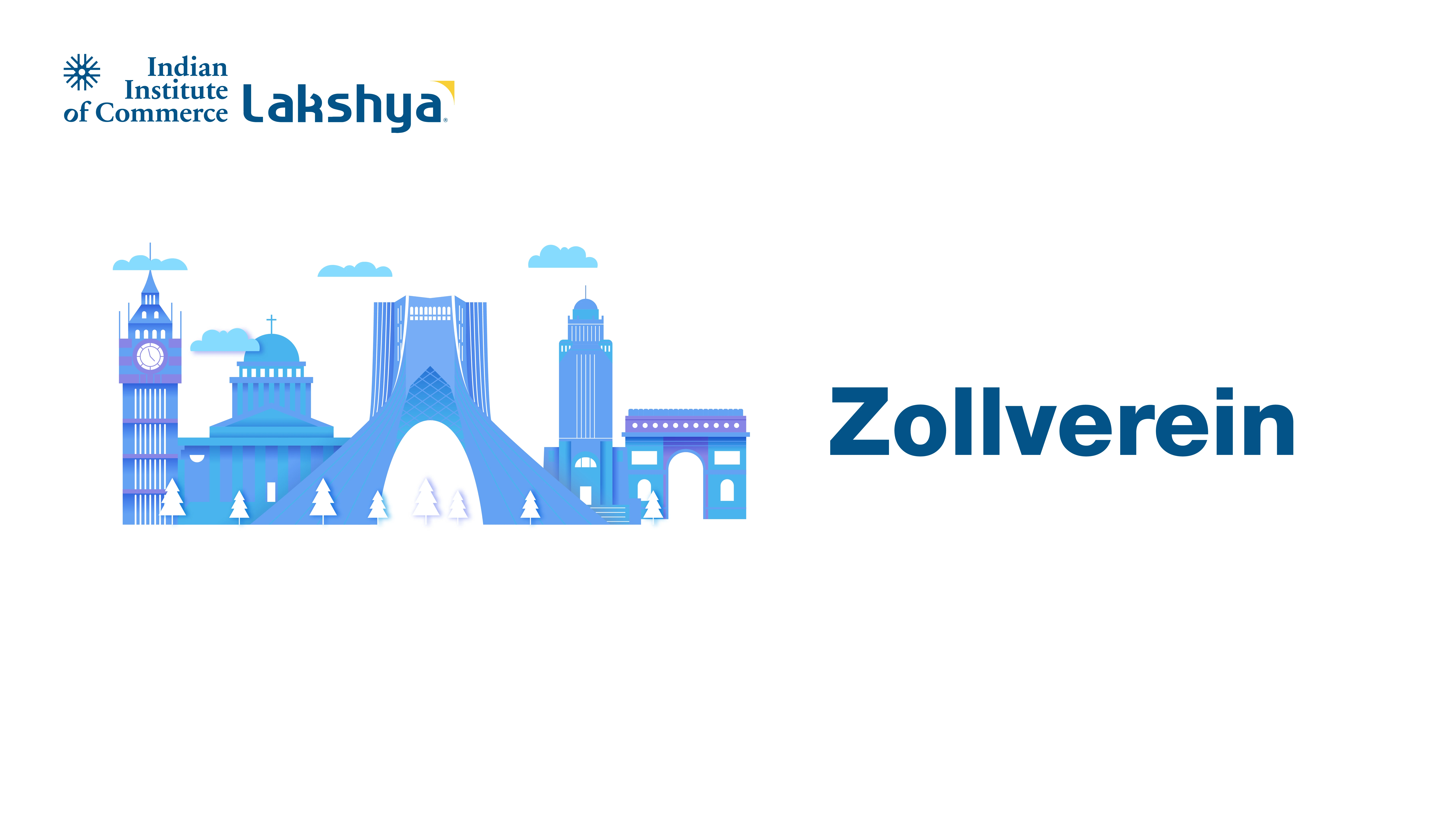

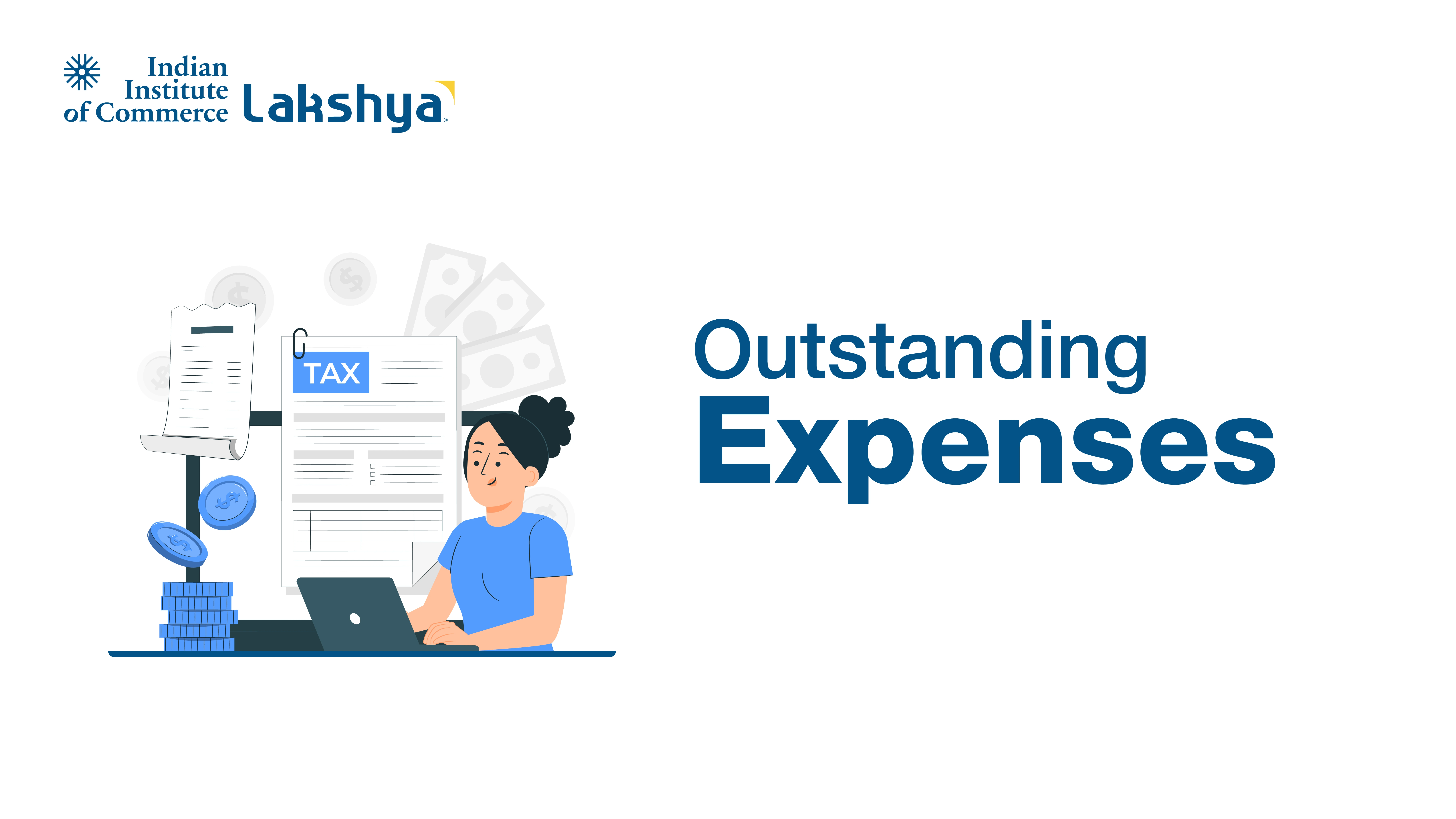




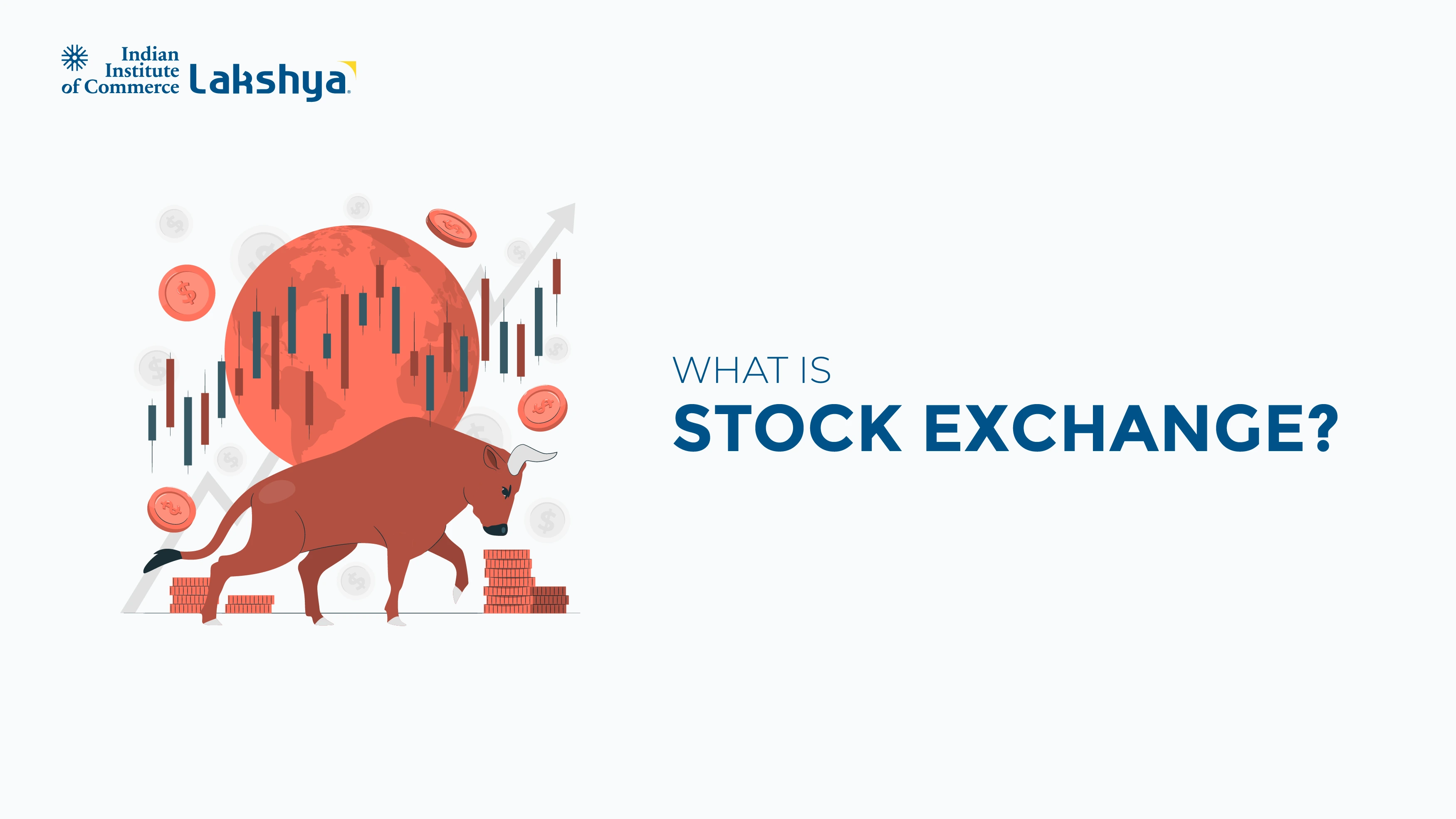
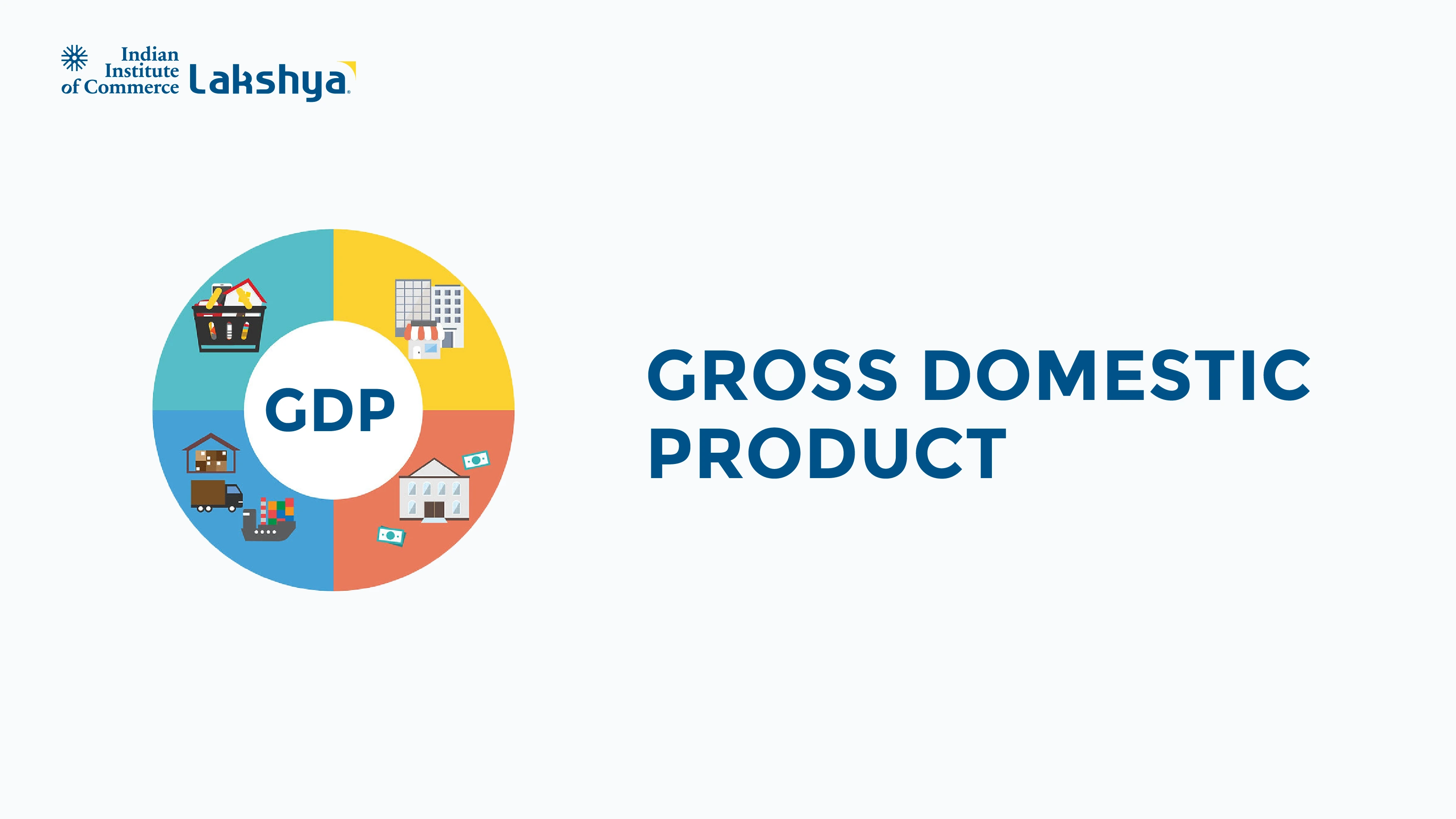
.webp)
